Traditional Vietnamese martial arts have accompanied the nation through thousands of years of history. Although not famous on the screen, Vietnamese martial arts have unique features that are loved and studied by many people.
From the original purpose, traditional Vietnamese martial arts were created to protect homes and villages from the harassment of wild animals and other dangers. Over time, traditional martial arts were used in battles, focusing on tactics and practical combat skills. Thanks to that, traditional Vietnamese martial arts are highly practical, flexible and effective in confrontation situations. In addition to training health, traditional Vietnamese martial arts always promote morality, remembering the source of water, valuing humanity and righteousness...
Like Chinese martial arts, traditional Vietnamese martial arts are also divided into many stages from beginner to advanced. When reaching a certain stage, martial artists will learn advanced exercises, practice weapons and practice qigong. Below,
Hanoi Green Tour would like to summarize and introduce some traditional martial arts schools:
Nhat Nam
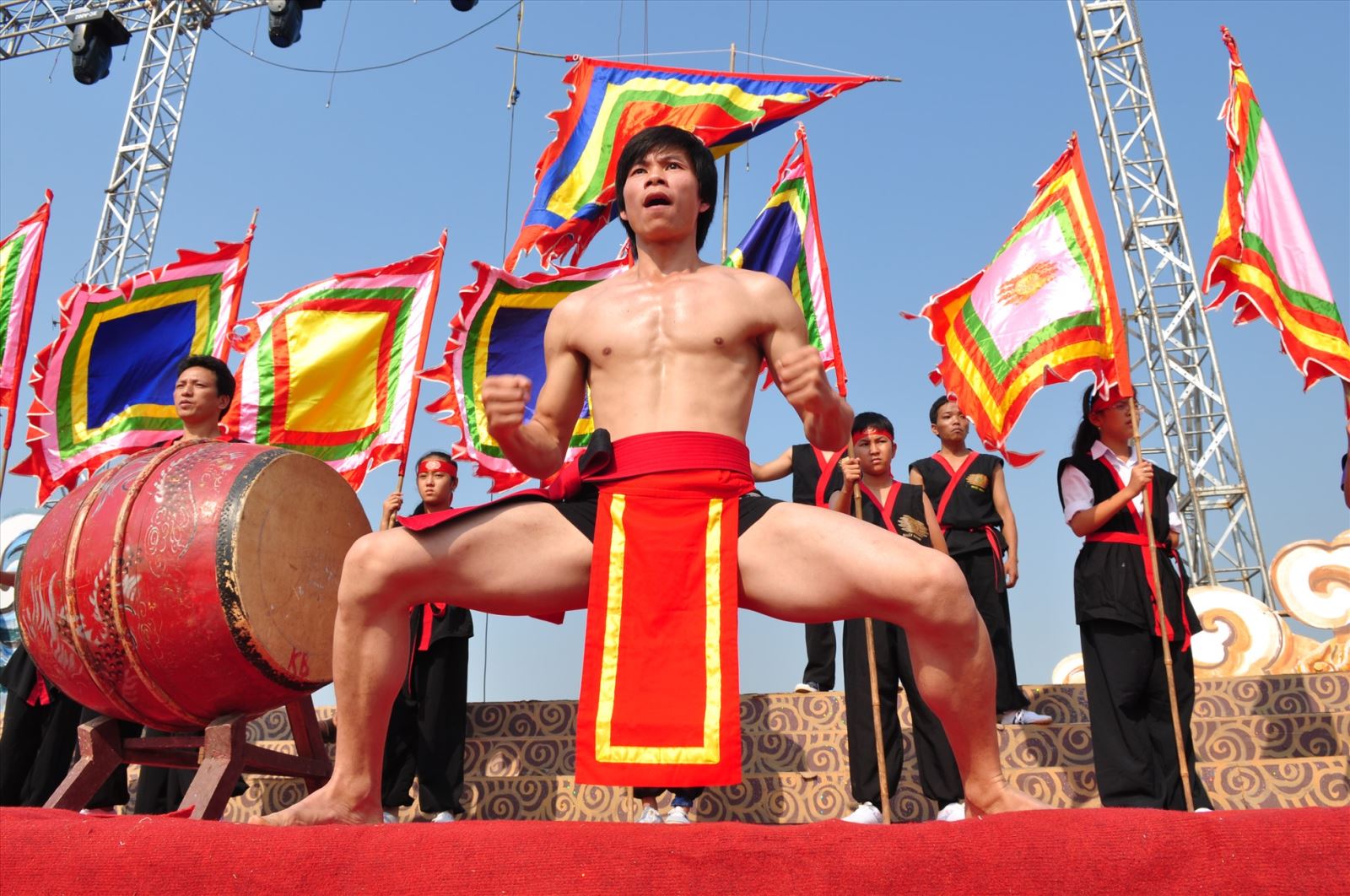 Nhat Nam
Nhat Nam is one of the martial arts schools with the longest history of development in Vietnam. The ancestral land of the school is located in the ancient land of Chau Hoan, Chau Ai (currently Thanh Hoa, Nghe An).
Nhat Nam martial arts school is a martial arts school with a large scale and high organization. With a massive technical system along with a specialized system of mind methods,
Nhat Nam martial arts creates a solid foundation for students to practice combat and social interaction. At the same time as studying and practicing martial arts, students of
Nhat Nam martial arts also learn the Mind method. These are the summaries of bloody experiences in combat, training and social interaction, with many different principles.
Vovinam
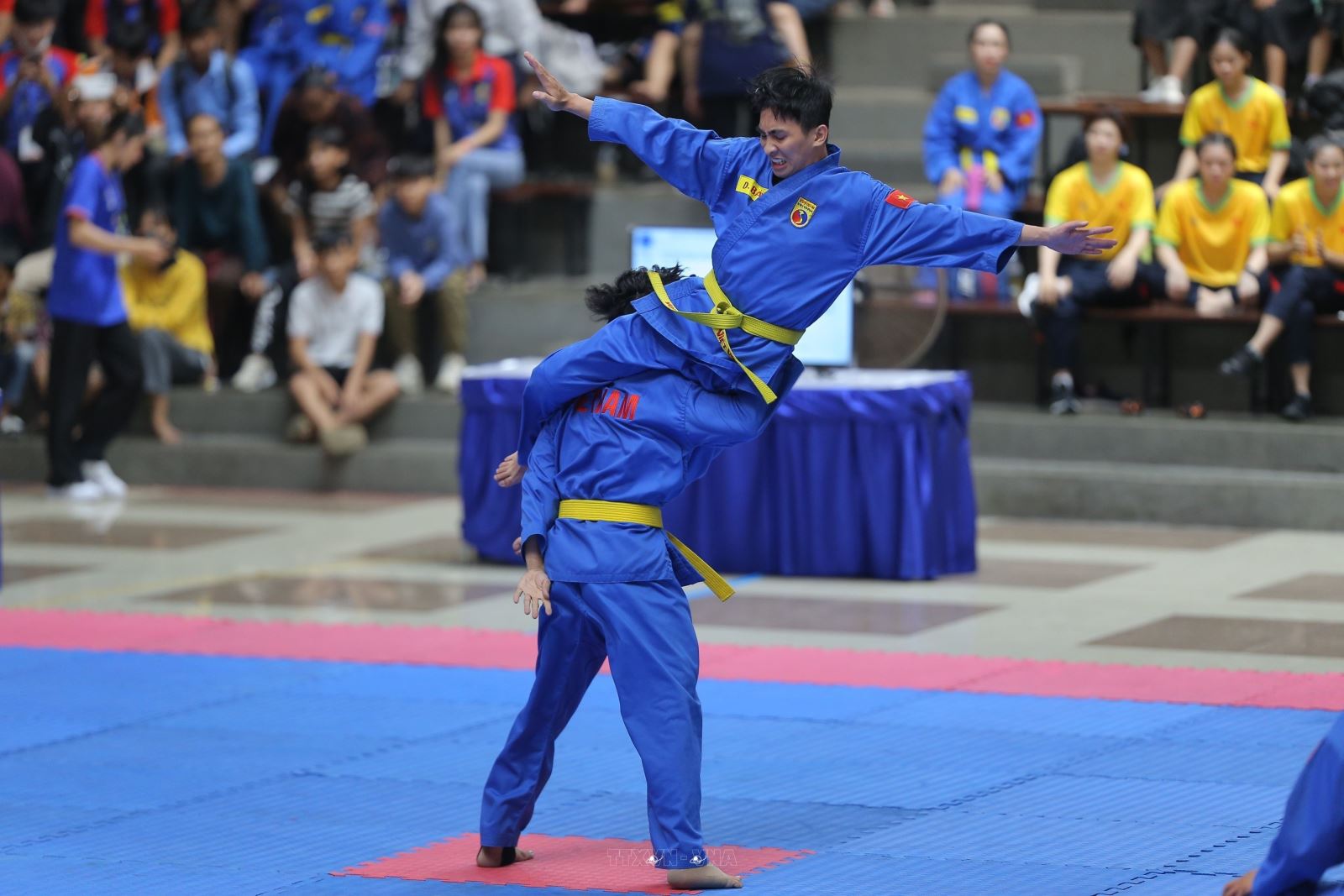
Viet Vo Dao, also known as
Vovinam, was founded by master Nguyen Loc in 1936.
Vovinam was created based on the foundation of national martial arts and wrestling, while studying the quintessence of other martial arts in the world such as Chinese Kungfu, Japanese and Korean martial arts. The technical system of
Vovinam is quite rich, diverse and has many unique characteristics. One of the most prominent characteristics of
Vovinam is practicality. Instead of having to spend time practicing stances and moves before learning basic moves,
Vovinam students are immediately instructed by their coaches in blocking and unblocking moves (when attacked...), basic counterattacks and techniques of blocking, punching, kicking, slashing, falling... right from the first training sessions.
Vo Binh Dinh
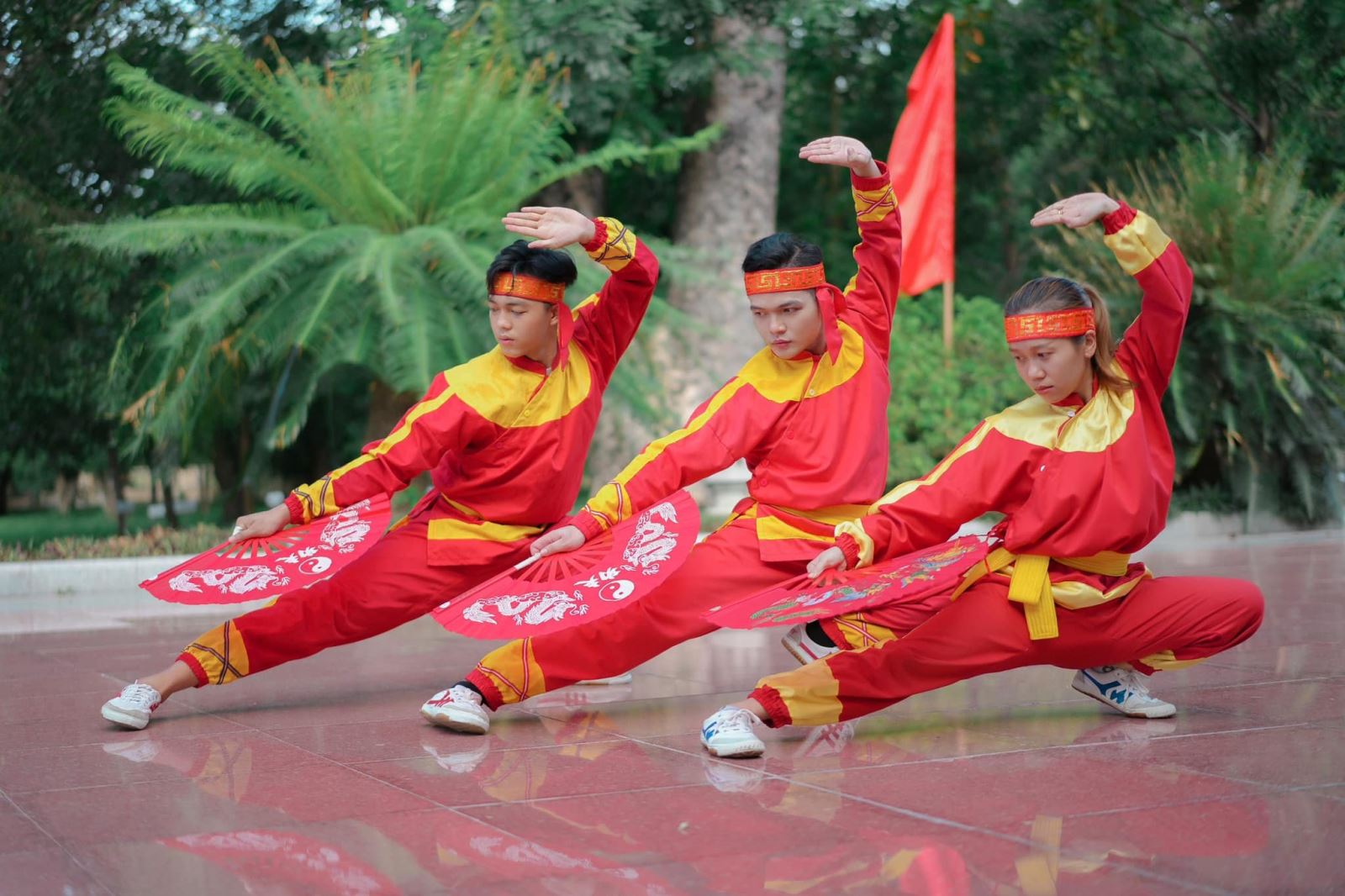
Binh Dinh is the cradle of Central martial arts associated with the Tay Son dynasty (1778 - 1802). This place is famous for
Binh Dinh traditional martial arts. The characteristic of
Binh Dinh Traditional Martial Arts is the footwork (horse step) "Tuc bat ly dia": Martial artists often move according to the Bagua diagram and operate according to the theory of Yin-Yang and Five Elements. The footwork is steady but always flexible, agile, and unpredictable at all distances and terrains, helping martial artists quickly approach their opponents.
Binh Dinh Traditional Martial Arts clearly demonstrates the continuity, sophistication, and profoundness, the smooth combination of hardness and softness, attack and defense, strength and weakness, and the inside (essence, energy, spirit) and the outside of the body (hands, eyes, fingers, and body)
Traditional Vietnamese Wrestling
Wrestling has developed since the early days of building Vietnam. Today,
wrestling is one of the sports with the most sophisticated, unique, and culturally rich features of the northern provinces and cities and part of the northern central region.
Wrestling has simple and uncomplicated techniques. One of the most distinctive features of
traditional Vietnamese wrestling compared to other martial arts is the religious element in the rituals.
Martial arts of Chinese origin
The long-standing exchange and influence from China throughout Vietnam's history has created martial arts schools taught by Chinese or Vietnamese martial arts masters in Vietnam. However, most of the systems have been more or less selectively adjusted to suit the physique and culture of the Vietnamese people.
 Nhat Nam is one of the martial arts schools with the longest history of development in Vietnam. The ancestral land of the school is located in the ancient land of Chau Hoan, Chau Ai (currently Thanh Hoa, Nghe An). Nhat Nam martial arts school is a martial arts school with a large scale and high organization. With a massive technical system along with a specialized system of mind methods, Nhat Nam martial arts creates a solid foundation for students to practice combat and social interaction. At the same time as studying and practicing martial arts, students of Nhat Nam martial arts also learn the Mind method. These are the summaries of bloody experiences in combat, training and social interaction, with many different principles.
Nhat Nam is one of the martial arts schools with the longest history of development in Vietnam. The ancestral land of the school is located in the ancient land of Chau Hoan, Chau Ai (currently Thanh Hoa, Nghe An). Nhat Nam martial arts school is a martial arts school with a large scale and high organization. With a massive technical system along with a specialized system of mind methods, Nhat Nam martial arts creates a solid foundation for students to practice combat and social interaction. At the same time as studying and practicing martial arts, students of Nhat Nam martial arts also learn the Mind method. These are the summaries of bloody experiences in combat, training and social interaction, with many different principles. Viet Vo Dao, also known as Vovinam, was founded by master Nguyen Loc in 1936. Vovinam was created based on the foundation of national martial arts and wrestling, while studying the quintessence of other martial arts in the world such as Chinese Kungfu, Japanese and Korean martial arts. The technical system of Vovinam is quite rich, diverse and has many unique characteristics. One of the most prominent characteristics of Vovinam is practicality. Instead of having to spend time practicing stances and moves before learning basic moves, Vovinam students are immediately instructed by their coaches in blocking and unblocking moves (when attacked...), basic counterattacks and techniques of blocking, punching, kicking, slashing, falling... right from the first training sessions.
Viet Vo Dao, also known as Vovinam, was founded by master Nguyen Loc in 1936. Vovinam was created based on the foundation of national martial arts and wrestling, while studying the quintessence of other martial arts in the world such as Chinese Kungfu, Japanese and Korean martial arts. The technical system of Vovinam is quite rich, diverse and has many unique characteristics. One of the most prominent characteristics of Vovinam is practicality. Instead of having to spend time practicing stances and moves before learning basic moves, Vovinam students are immediately instructed by their coaches in blocking and unblocking moves (when attacked...), basic counterattacks and techniques of blocking, punching, kicking, slashing, falling... right from the first training sessions. Binh Dinh is the cradle of Central martial arts associated with the Tay Son dynasty (1778 - 1802). This place is famous for Binh Dinh traditional martial arts. The characteristic of Binh Dinh Traditional Martial Arts is the footwork (horse step) "Tuc bat ly dia": Martial artists often move according to the Bagua diagram and operate according to the theory of Yin-Yang and Five Elements. The footwork is steady but always flexible, agile, and unpredictable at all distances and terrains, helping martial artists quickly approach their opponents. Binh Dinh Traditional Martial Arts clearly demonstrates the continuity, sophistication, and profoundness, the smooth combination of hardness and softness, attack and defense, strength and weakness, and the inside (essence, energy, spirit) and the outside of the body (hands, eyes, fingers, and body)
Binh Dinh is the cradle of Central martial arts associated with the Tay Son dynasty (1778 - 1802). This place is famous for Binh Dinh traditional martial arts. The characteristic of Binh Dinh Traditional Martial Arts is the footwork (horse step) "Tuc bat ly dia": Martial artists often move according to the Bagua diagram and operate according to the theory of Yin-Yang and Five Elements. The footwork is steady but always flexible, agile, and unpredictable at all distances and terrains, helping martial artists quickly approach their opponents. Binh Dinh Traditional Martial Arts clearly demonstrates the continuity, sophistication, and profoundness, the smooth combination of hardness and softness, attack and defense, strength and weakness, and the inside (essence, energy, spirit) and the outside of the body (hands, eyes, fingers, and body)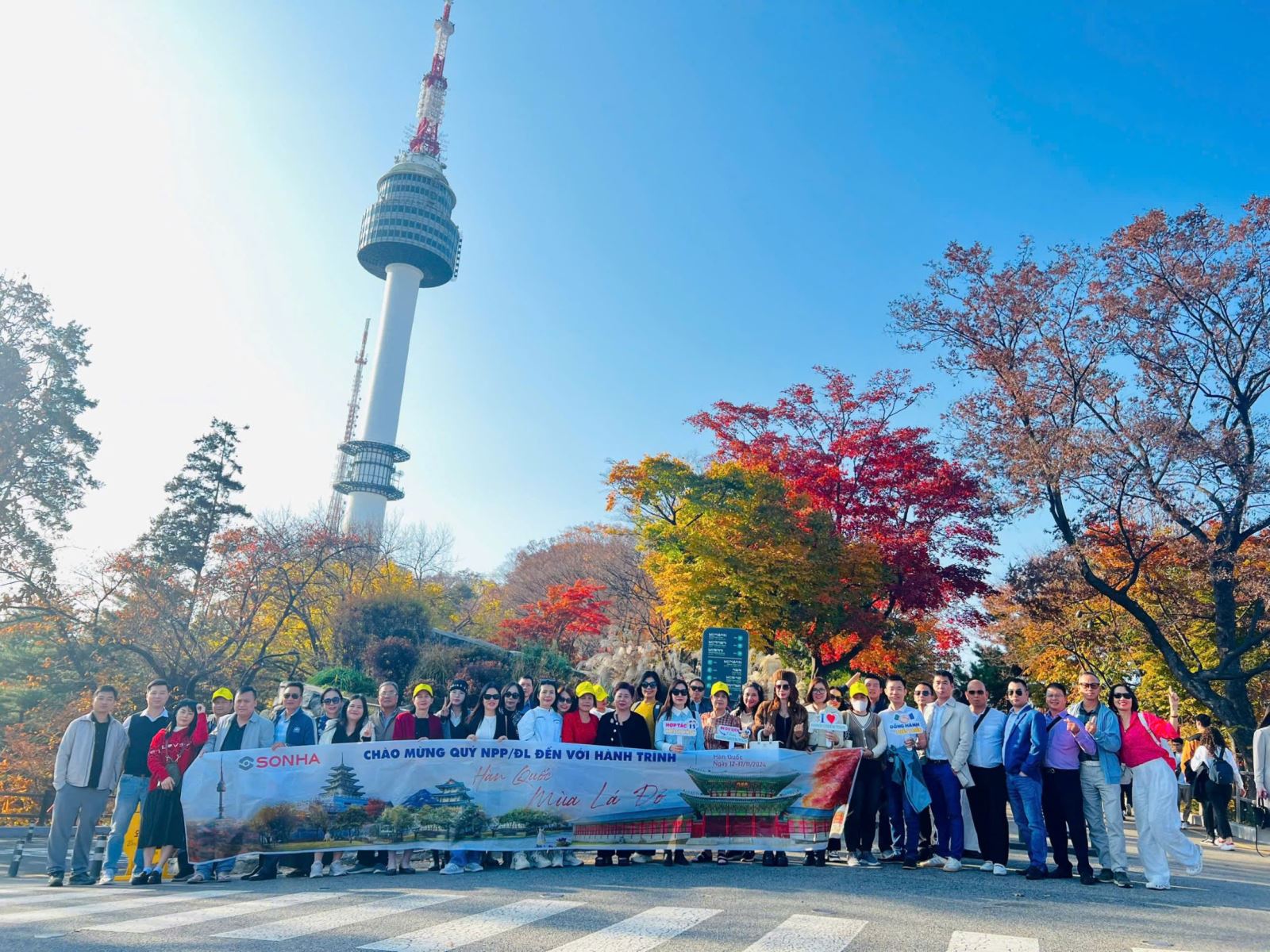
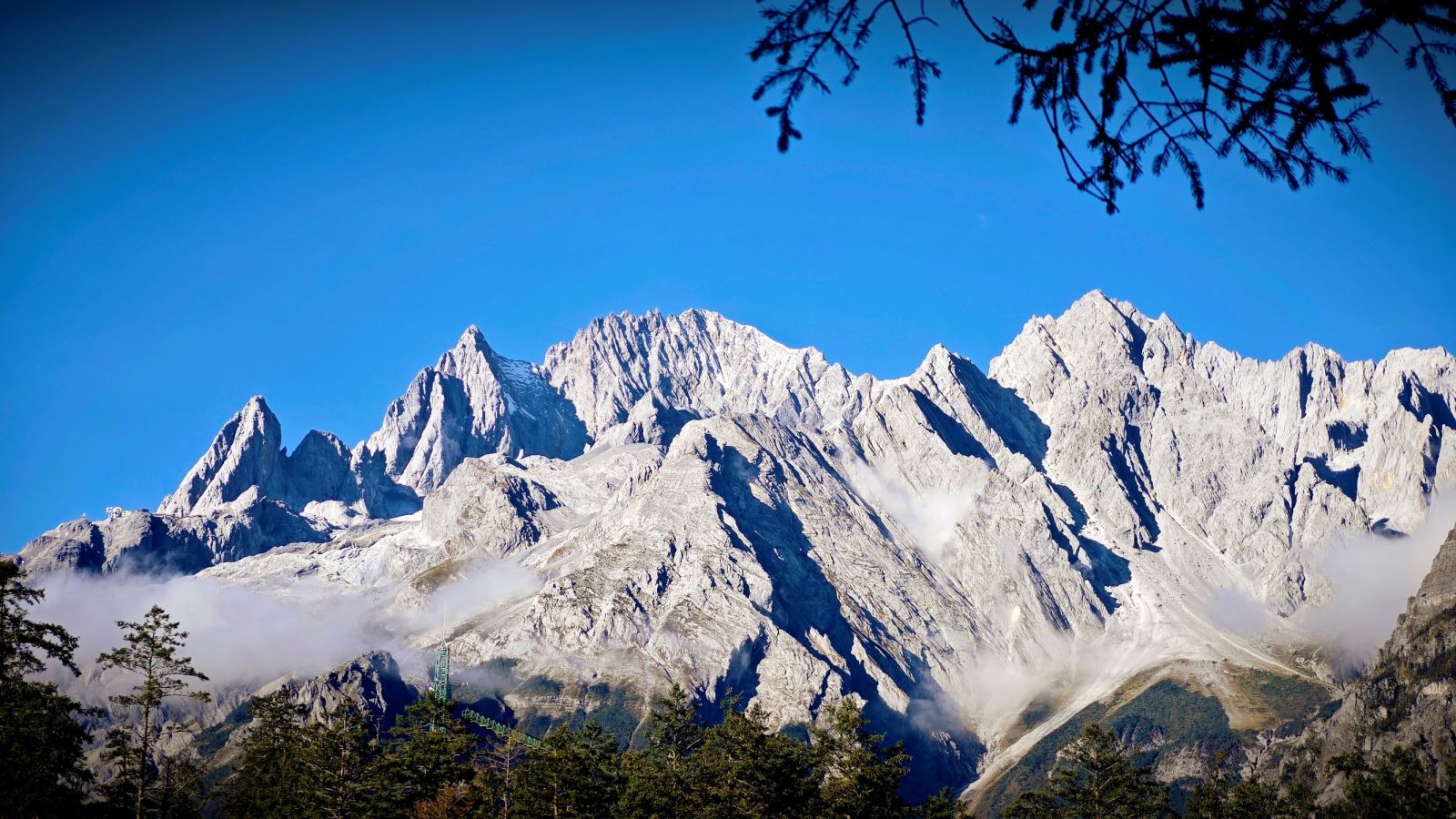
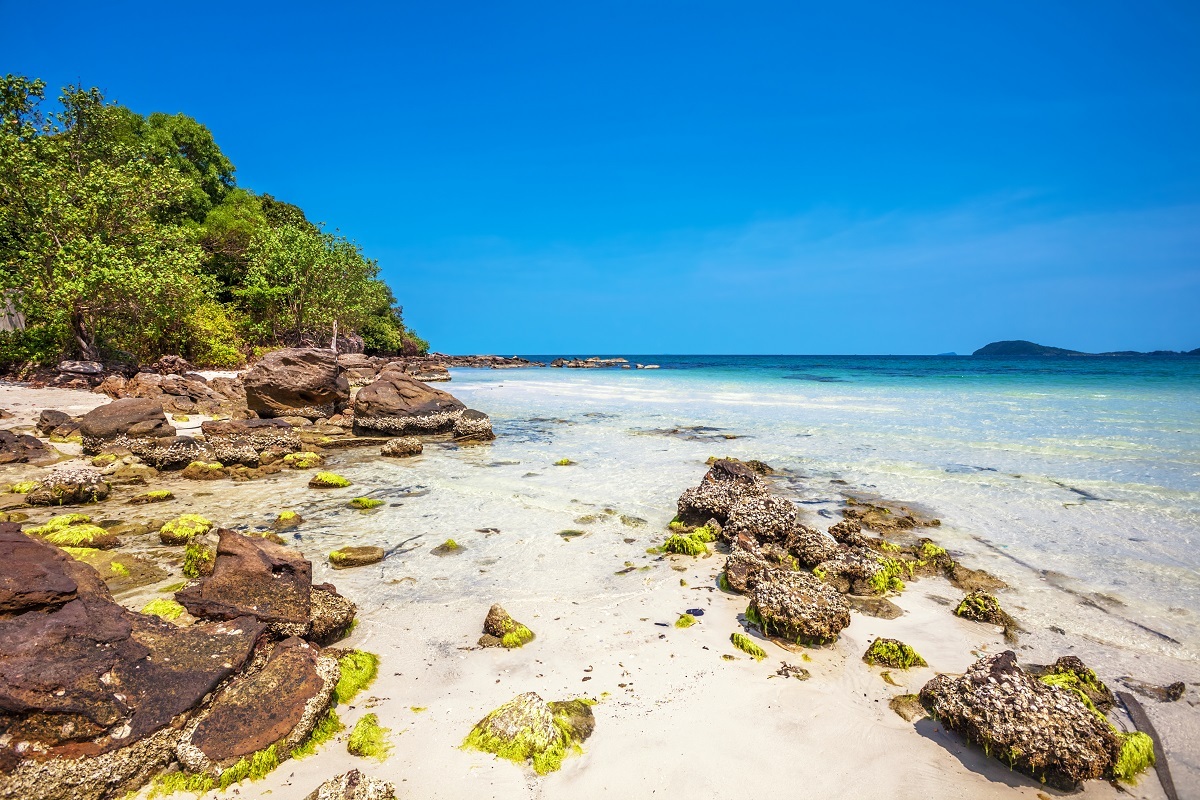
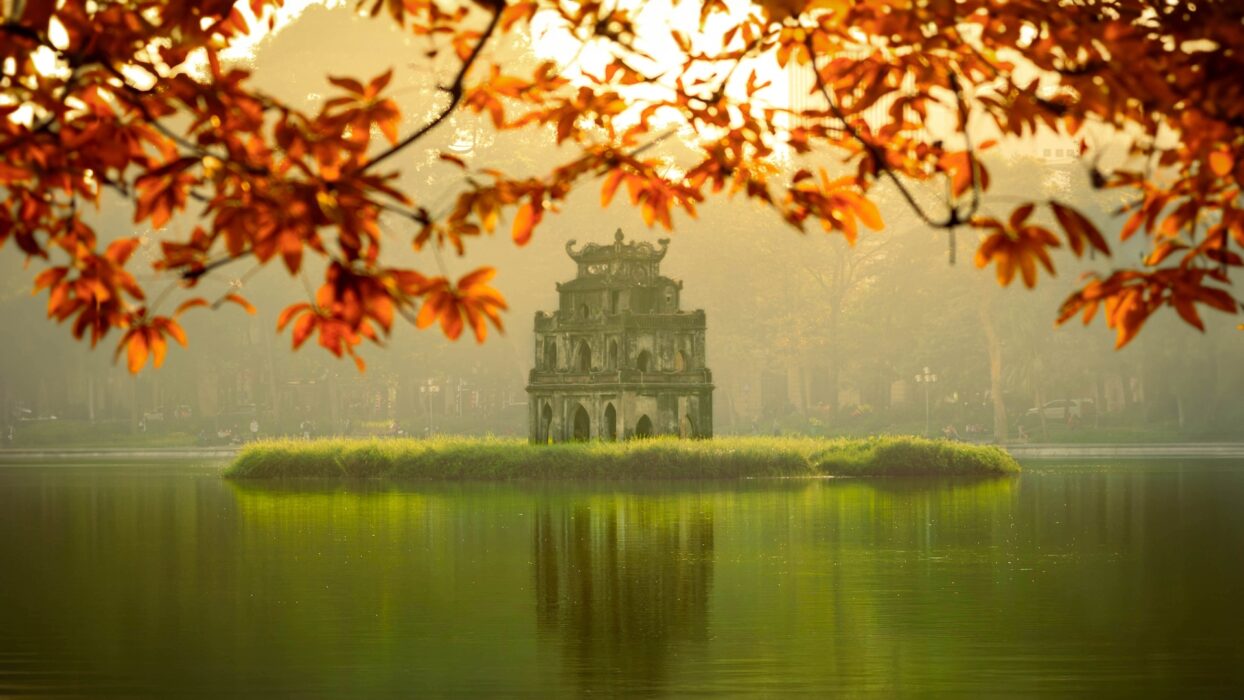
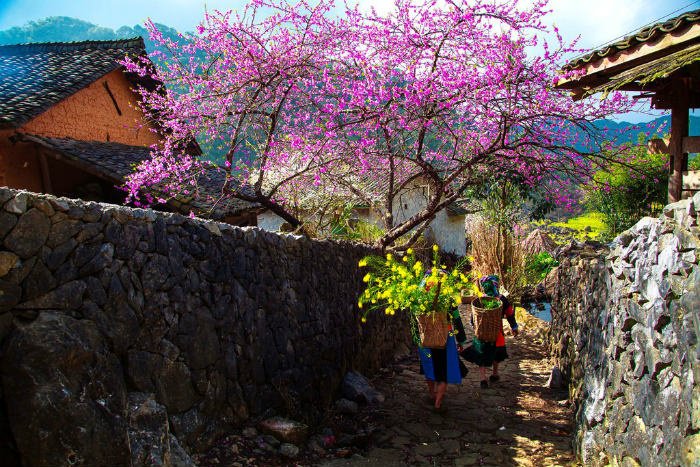
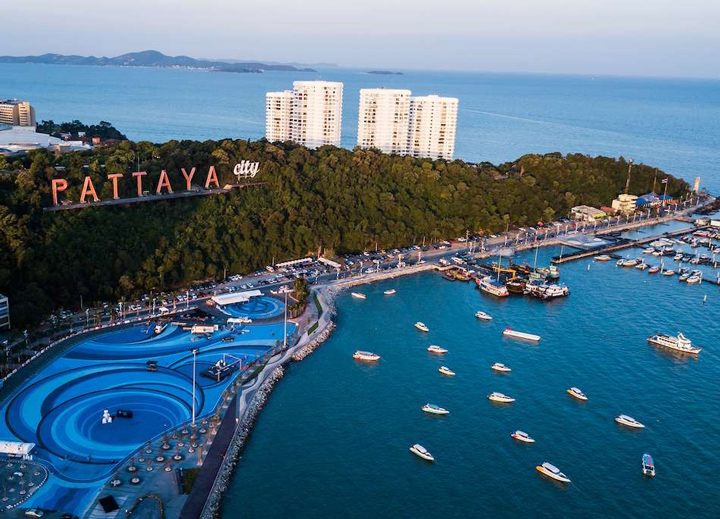






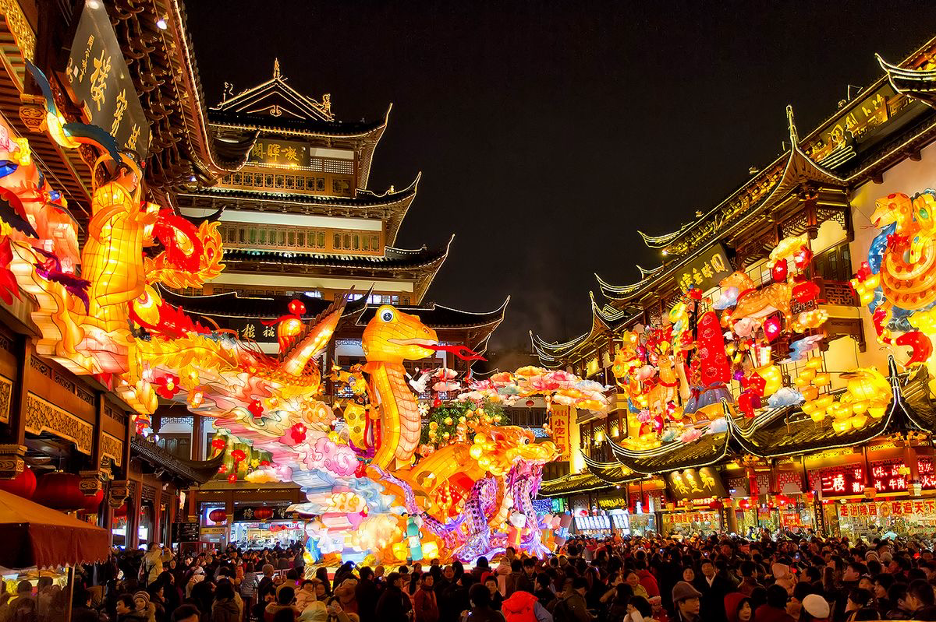

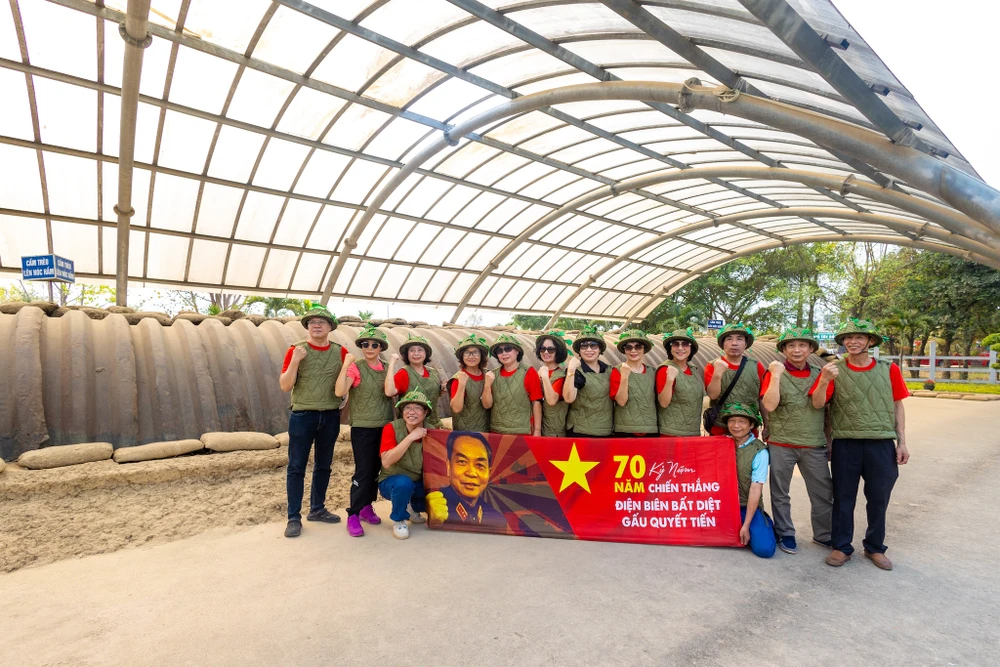

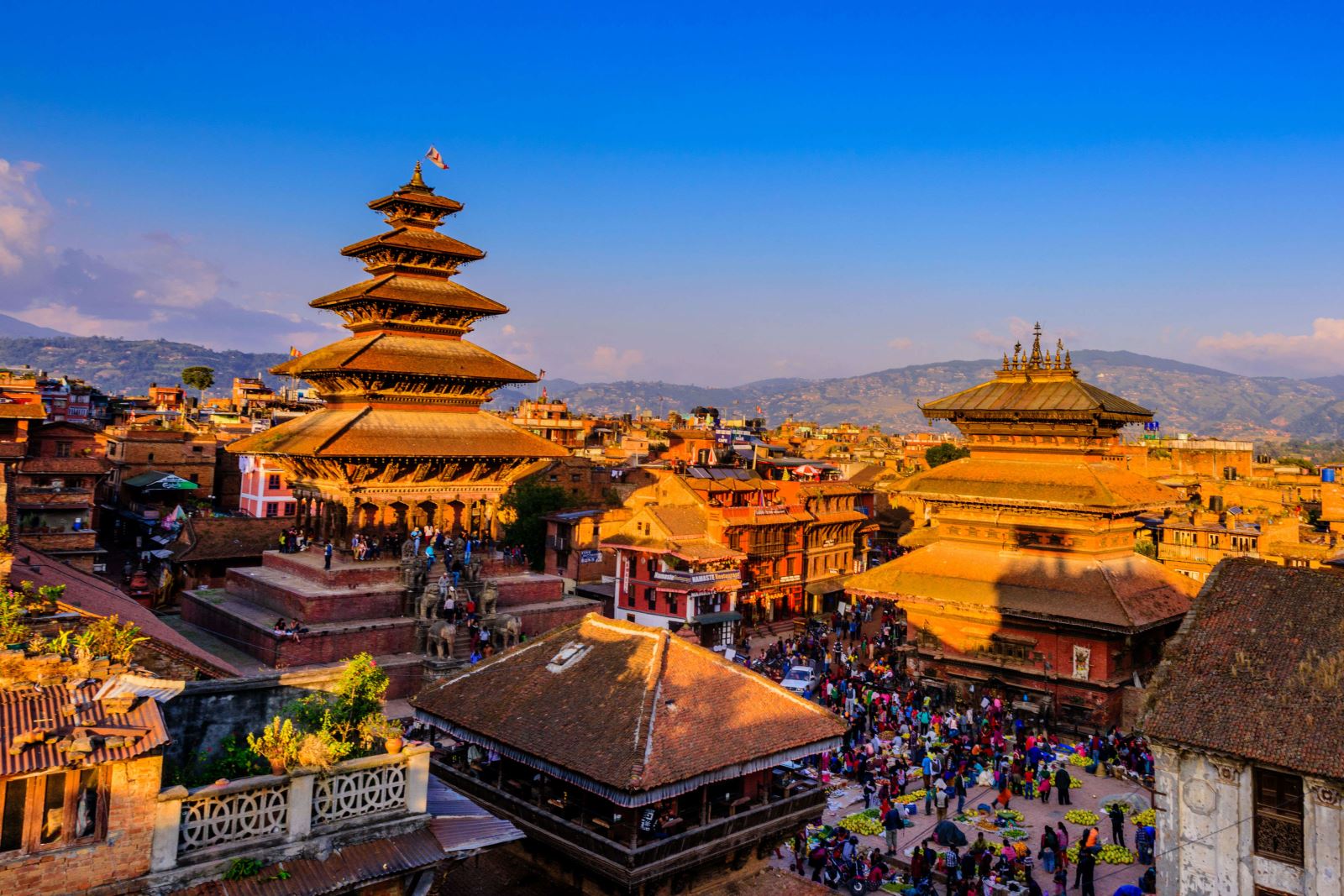

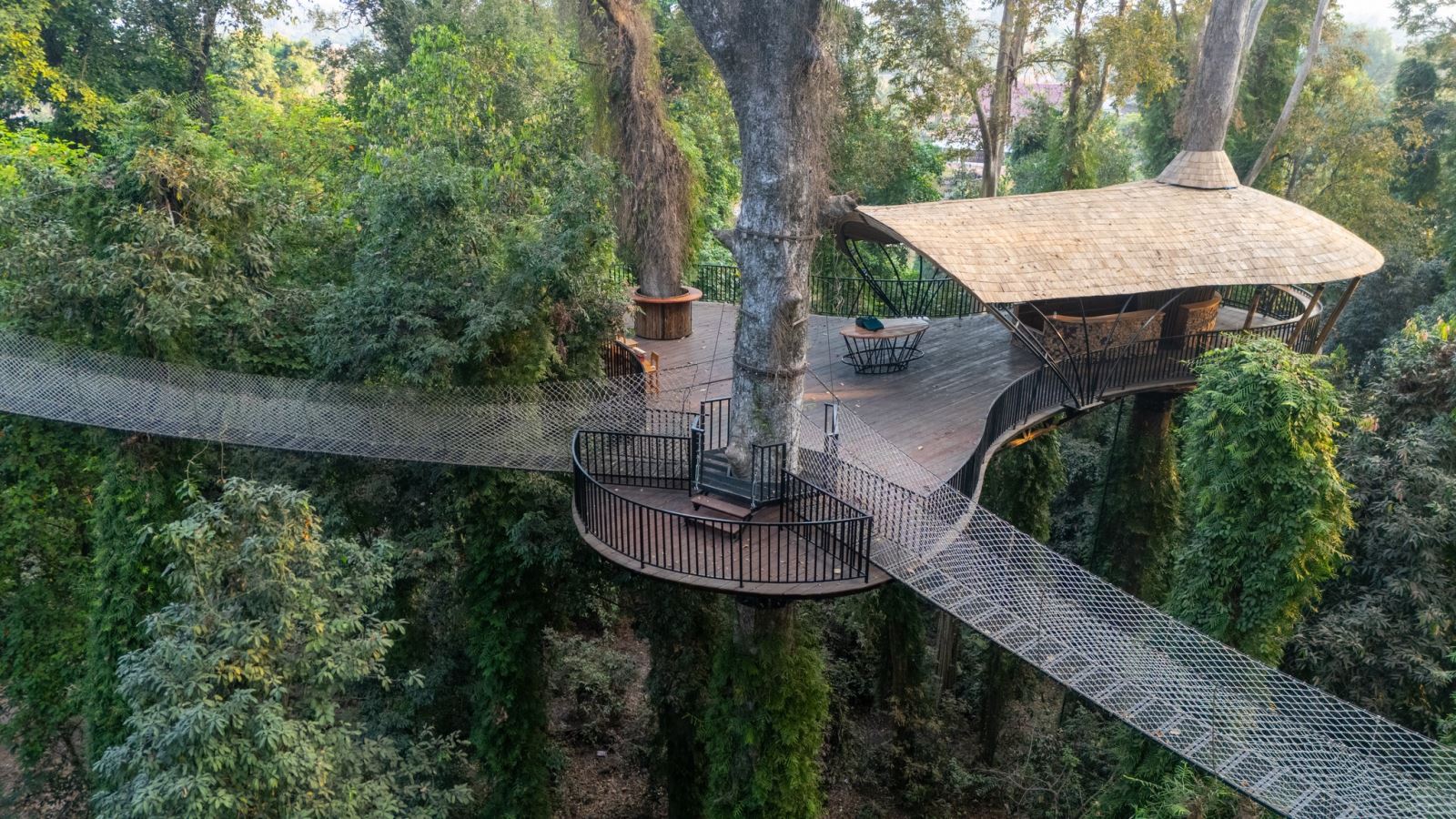

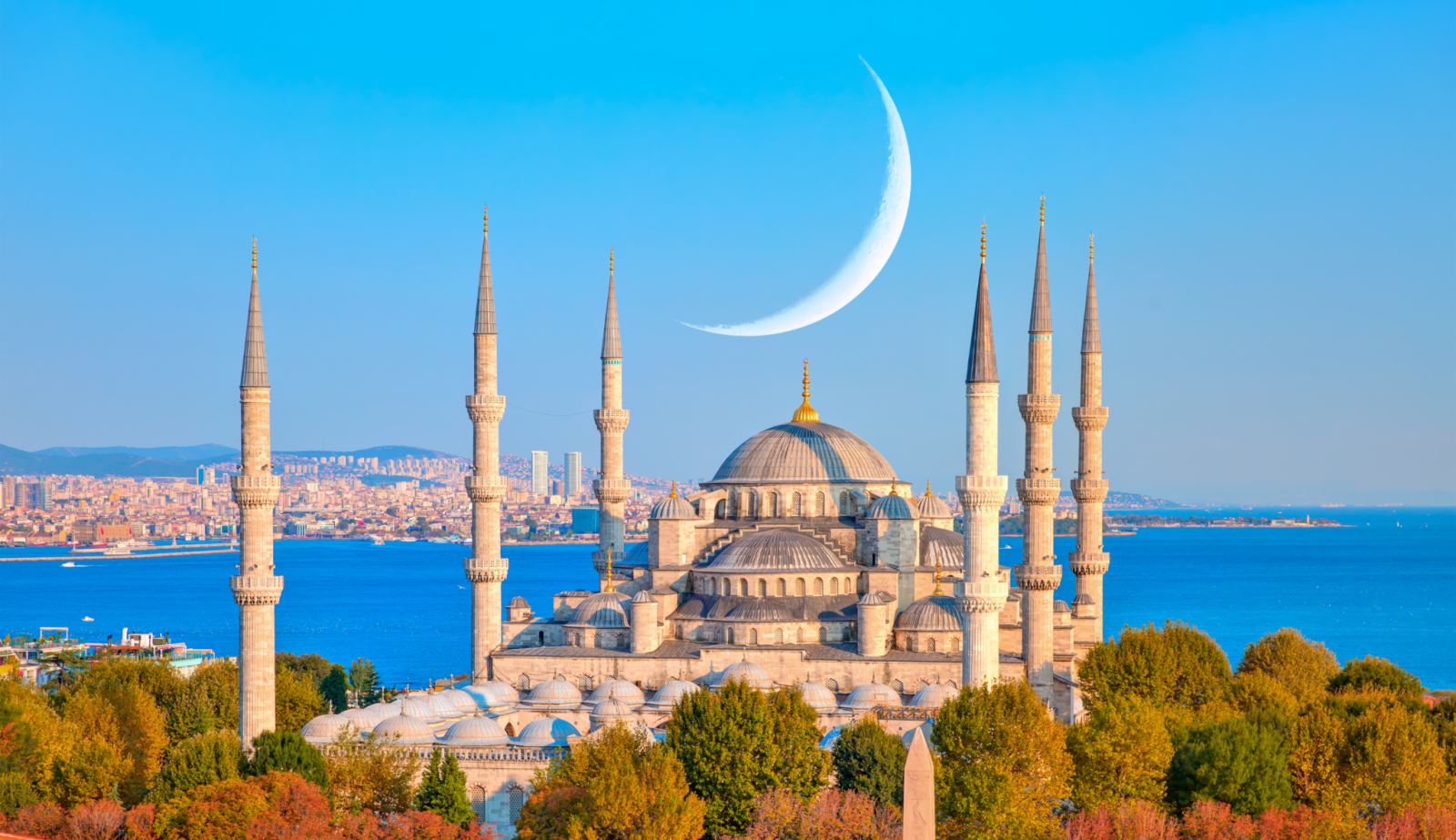


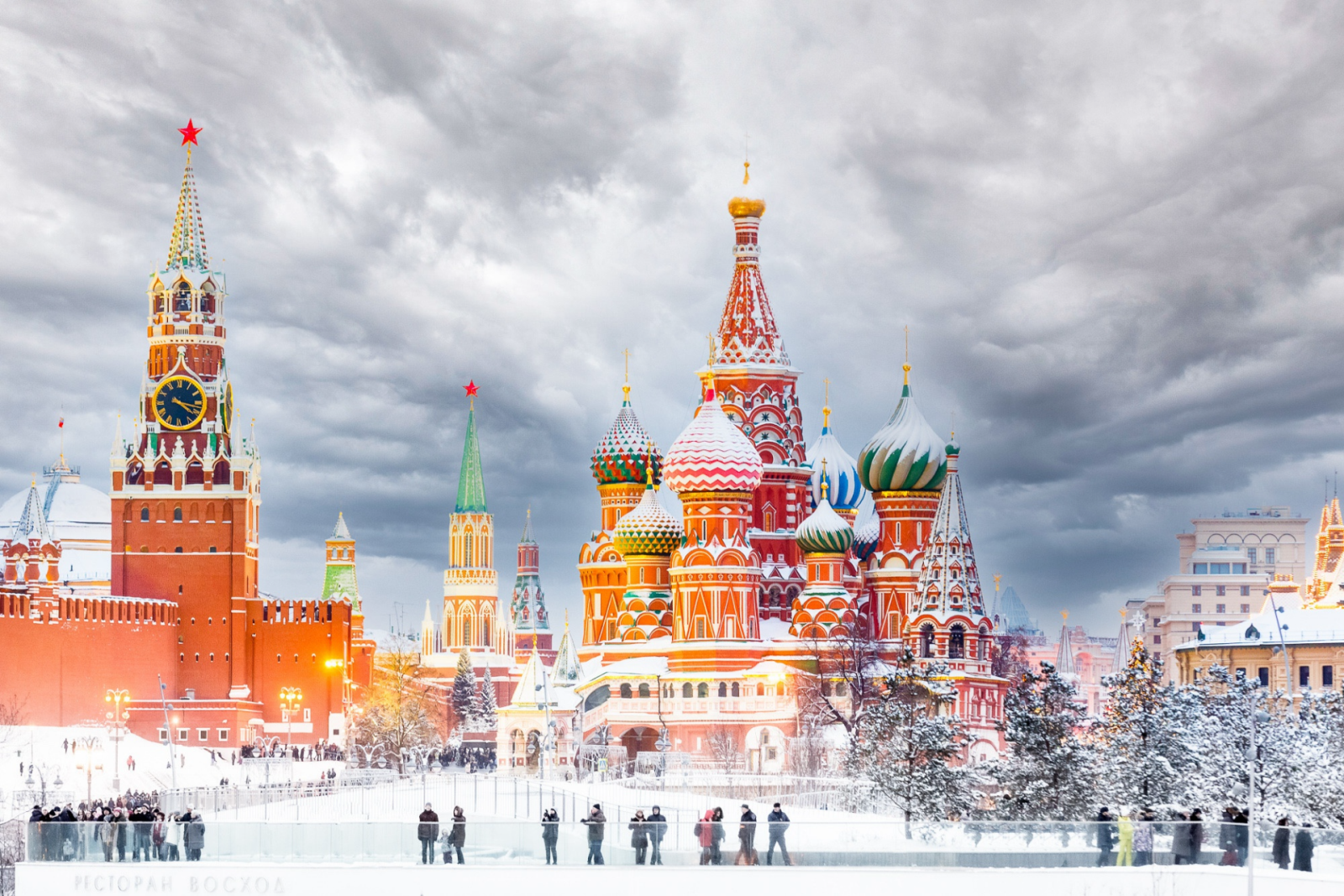

.jpg)



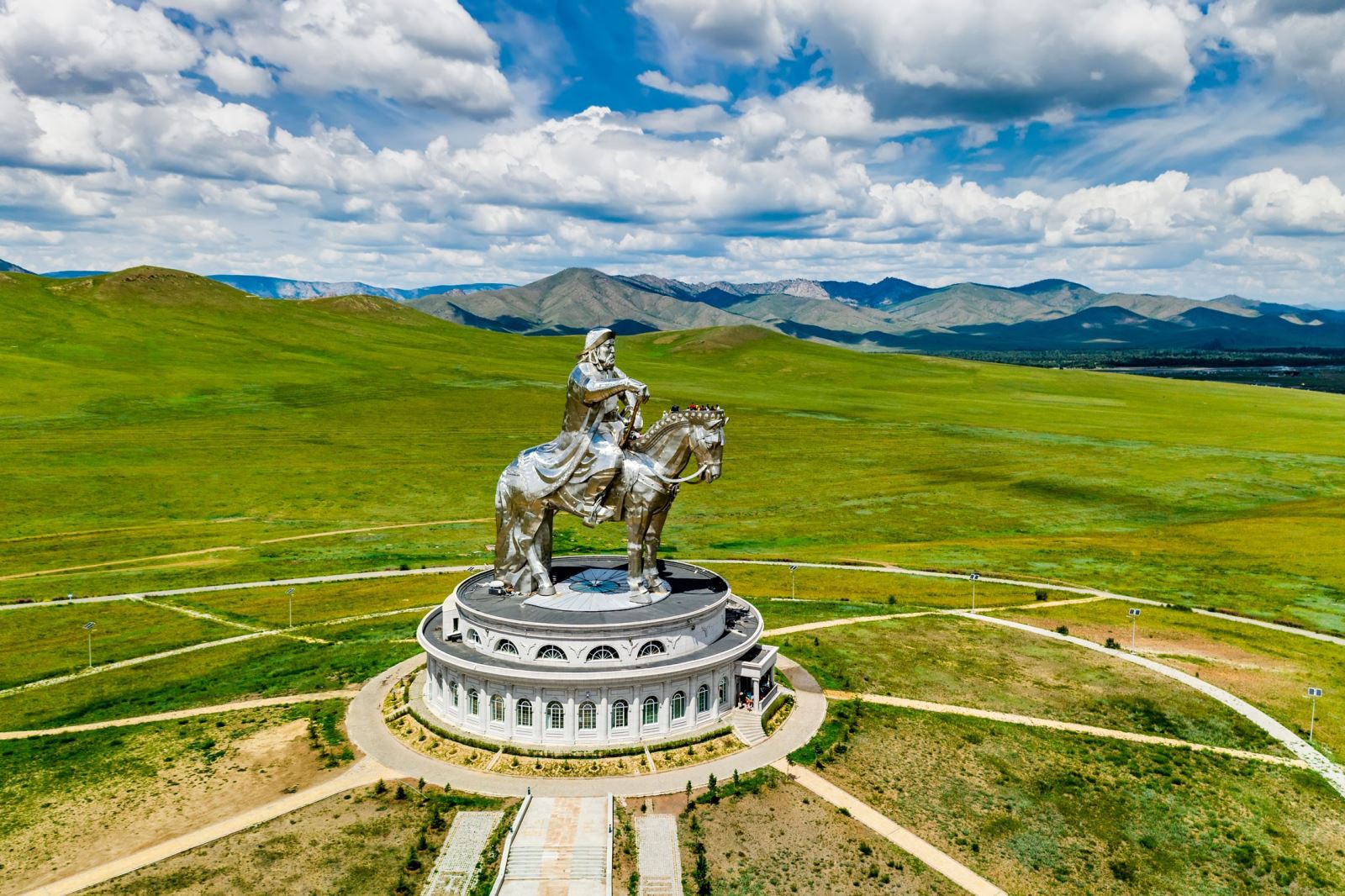

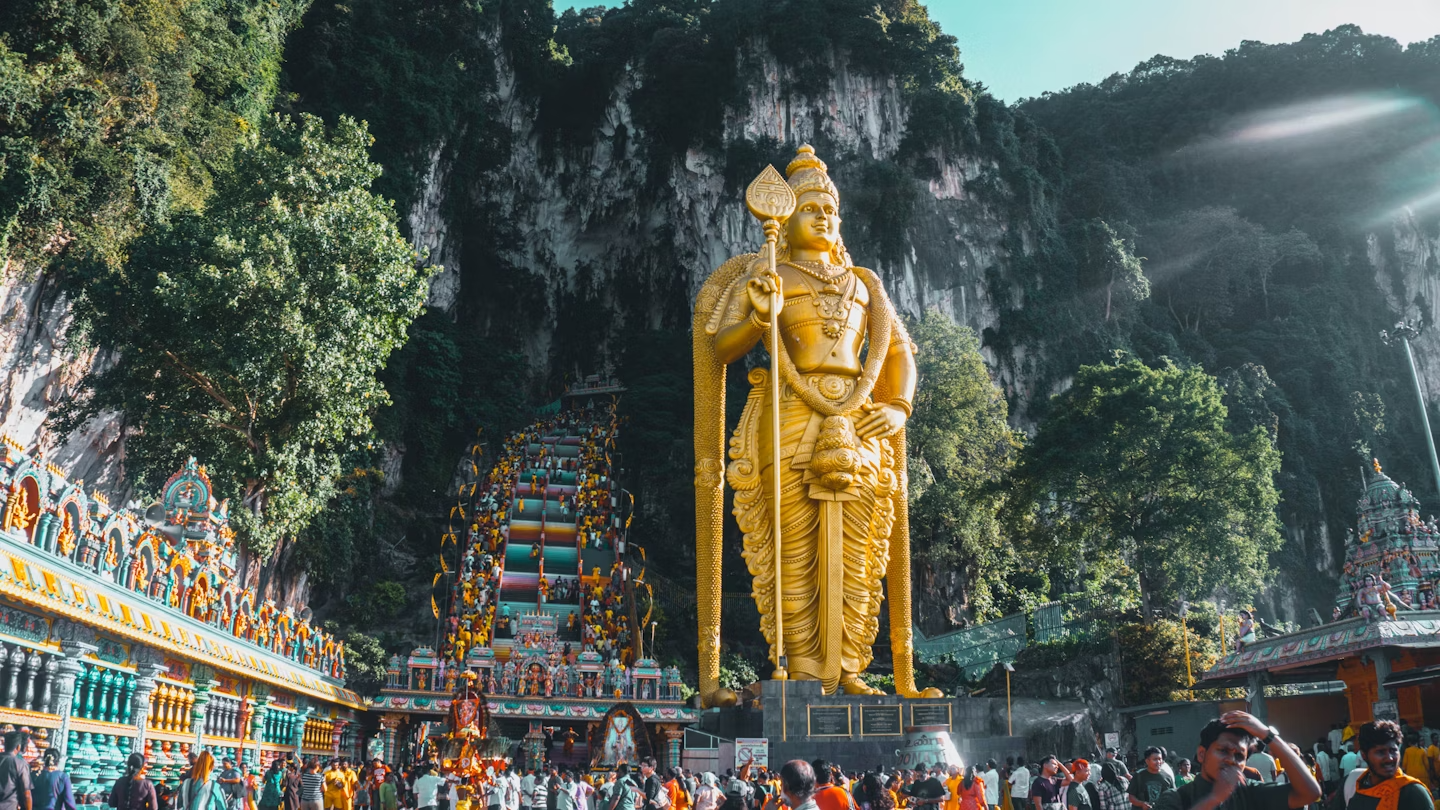
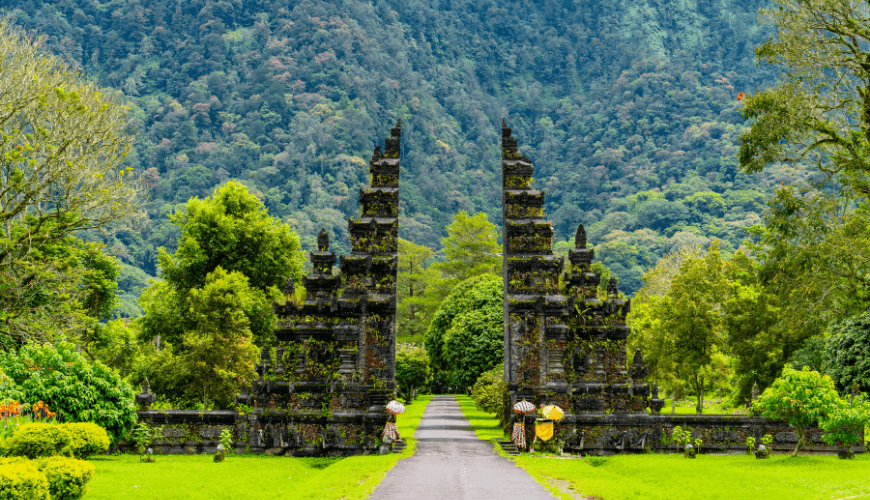
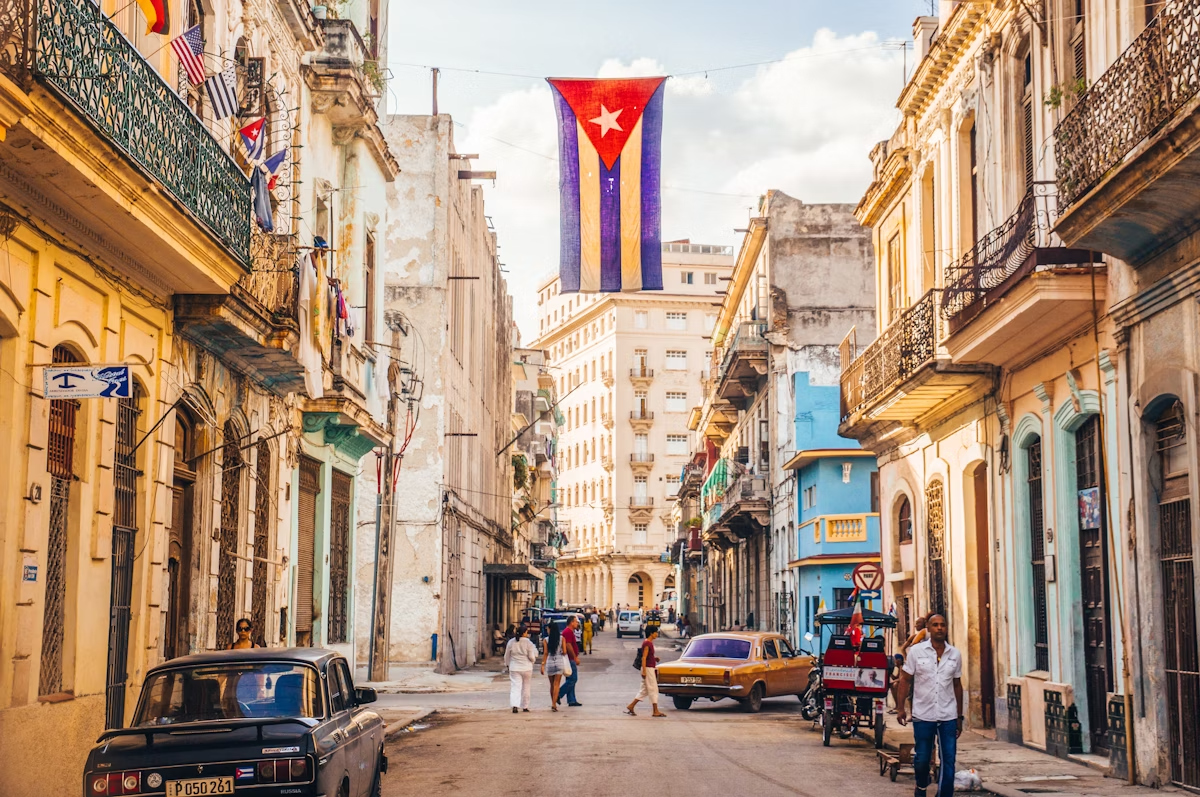
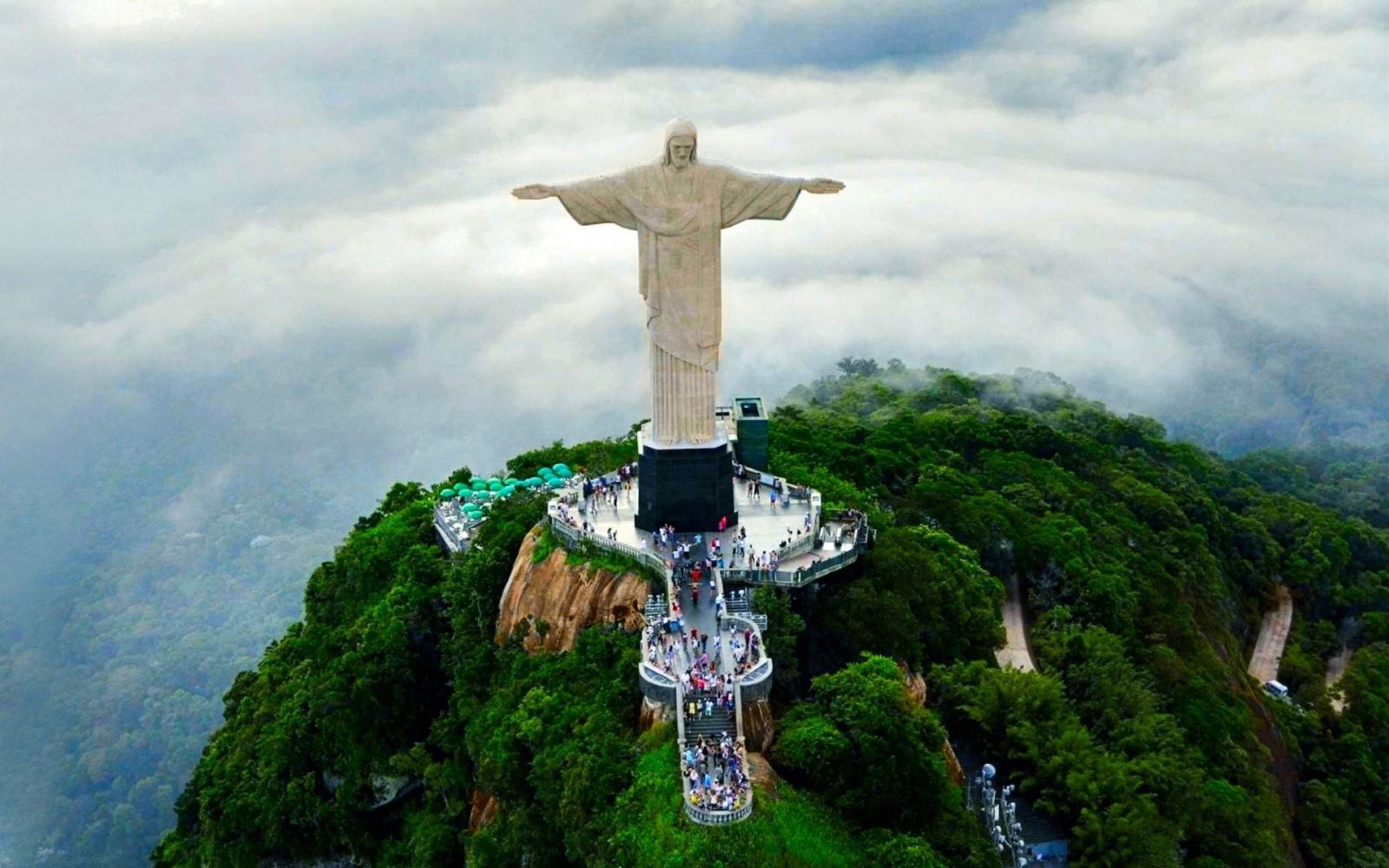
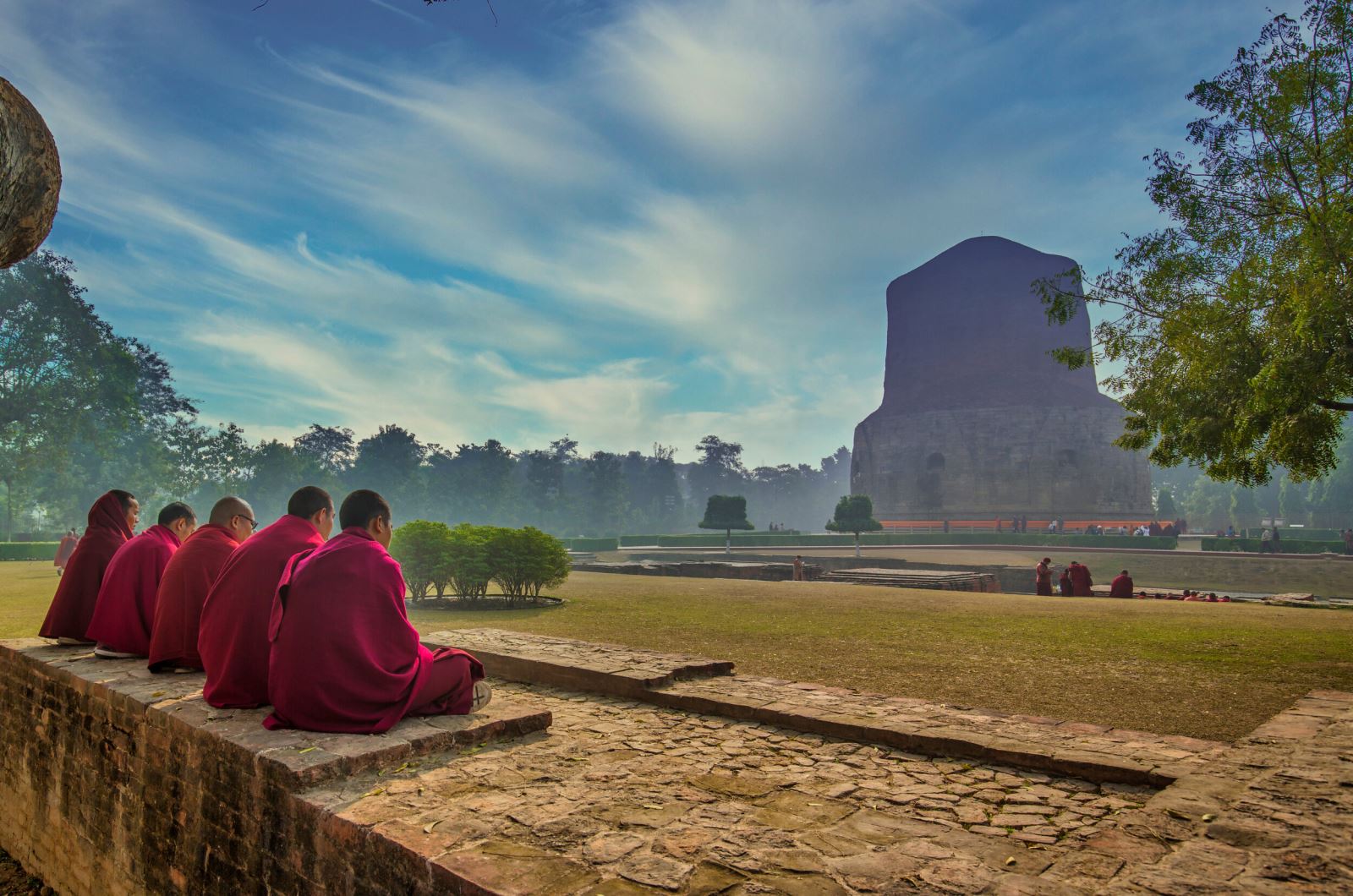
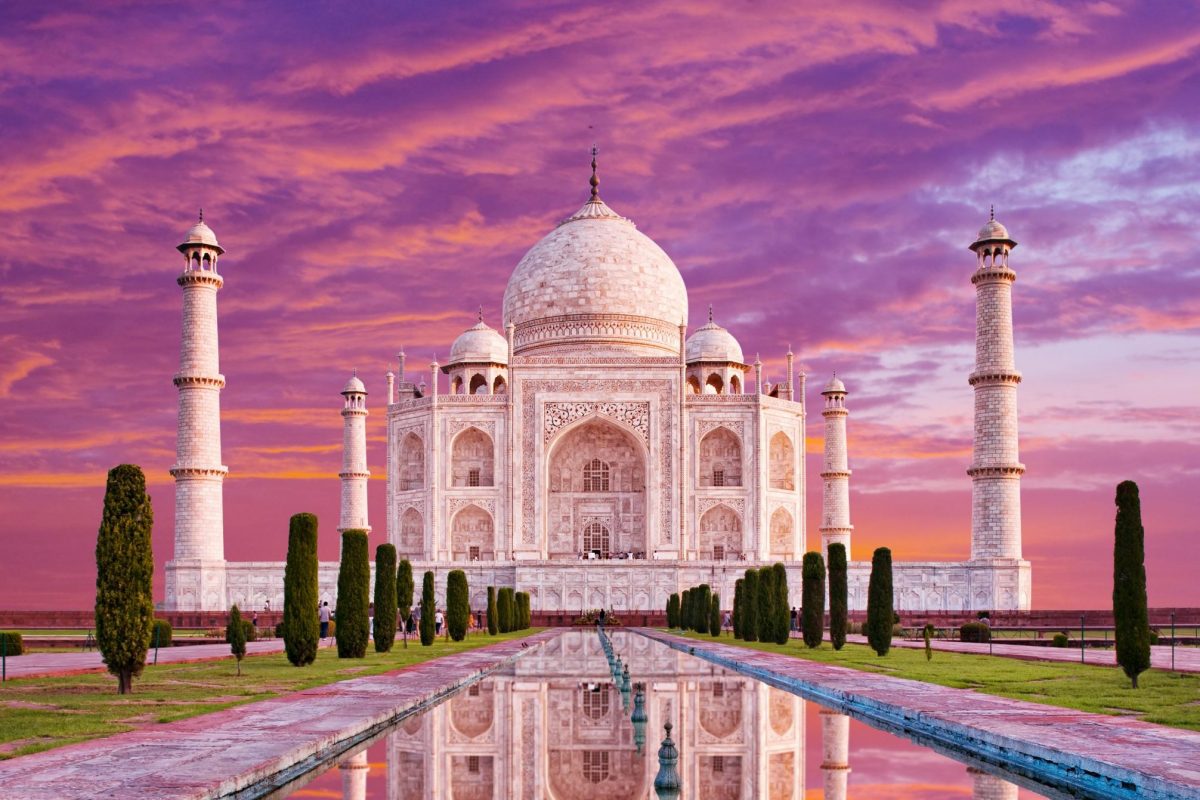


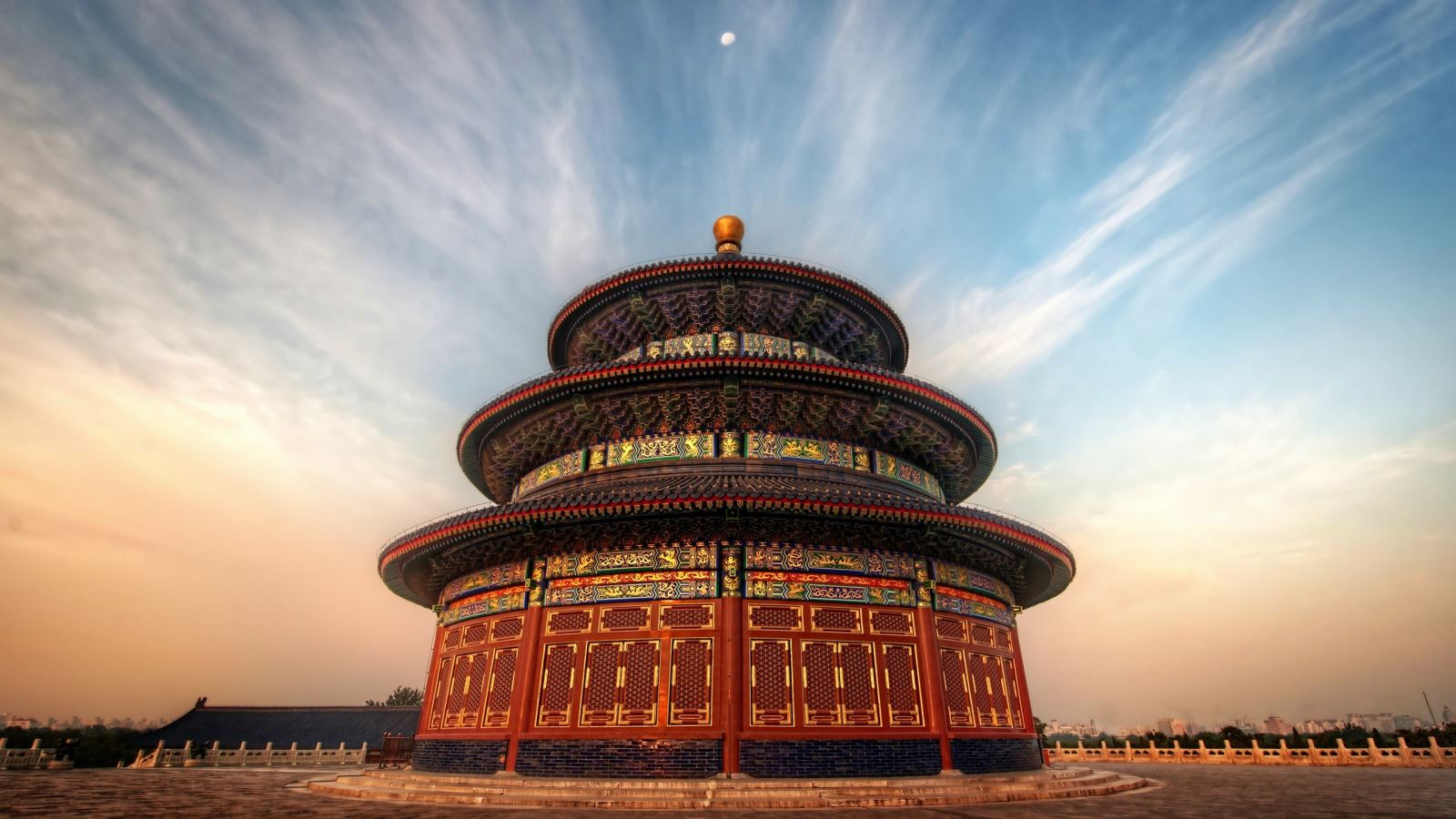
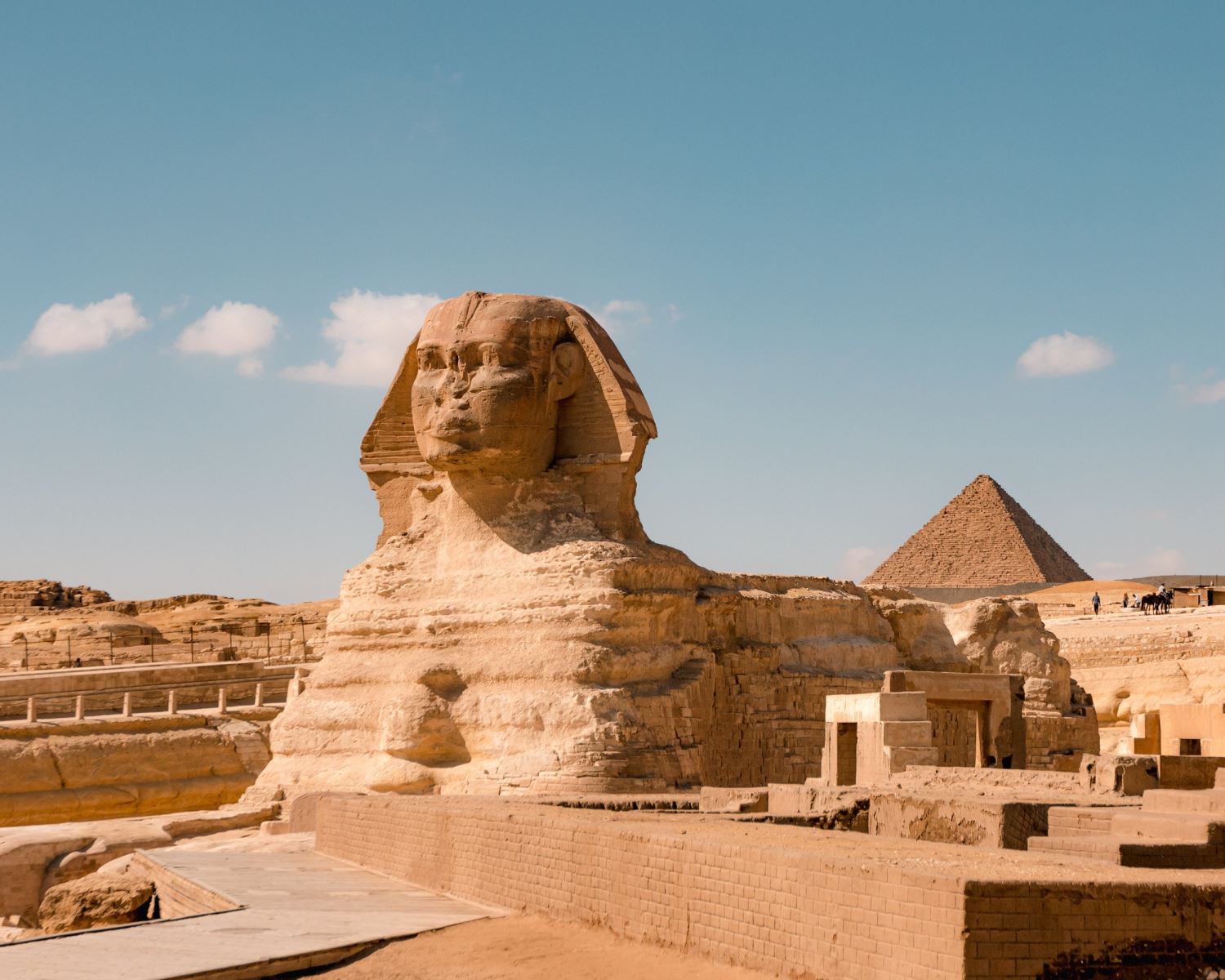
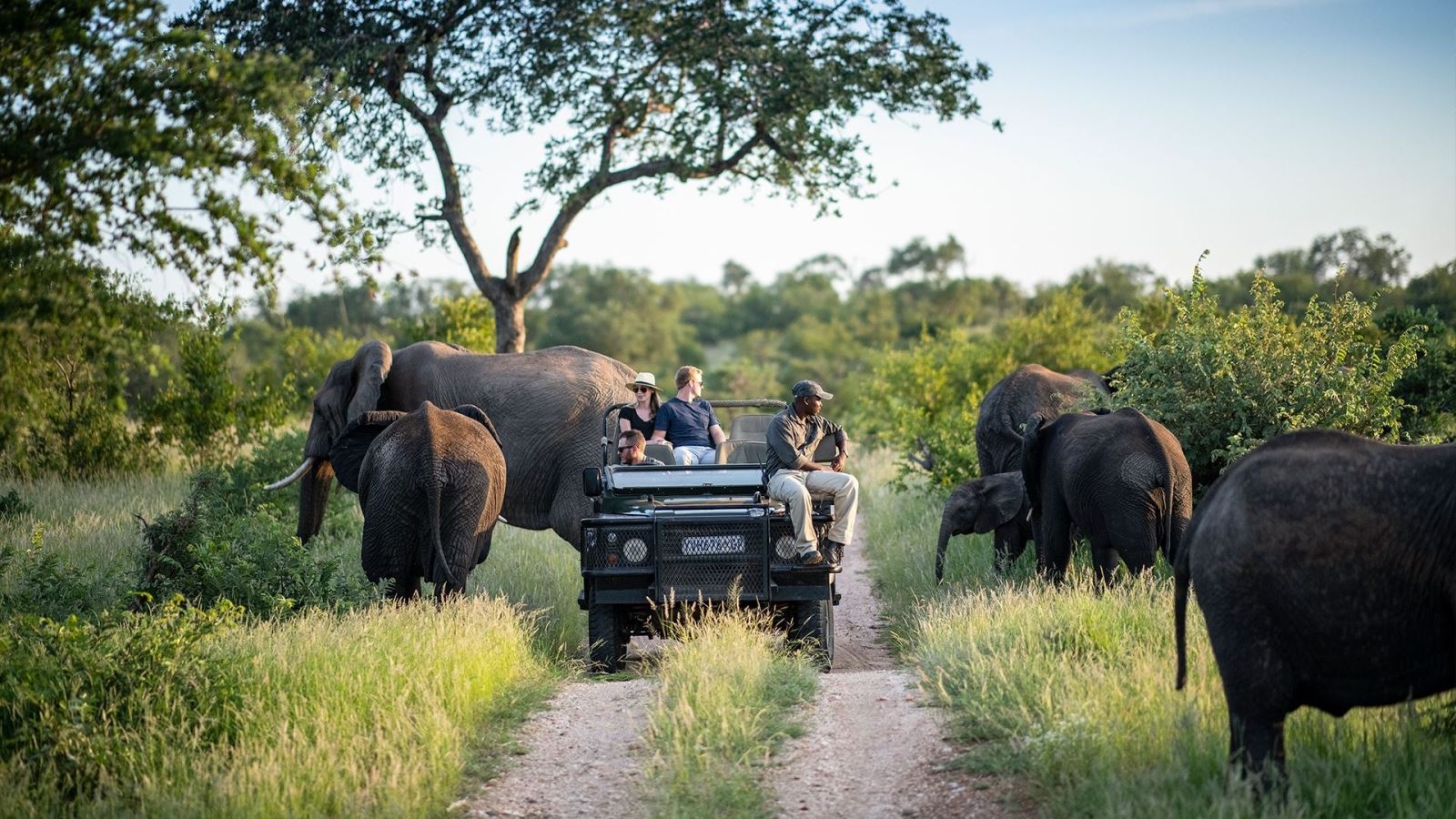
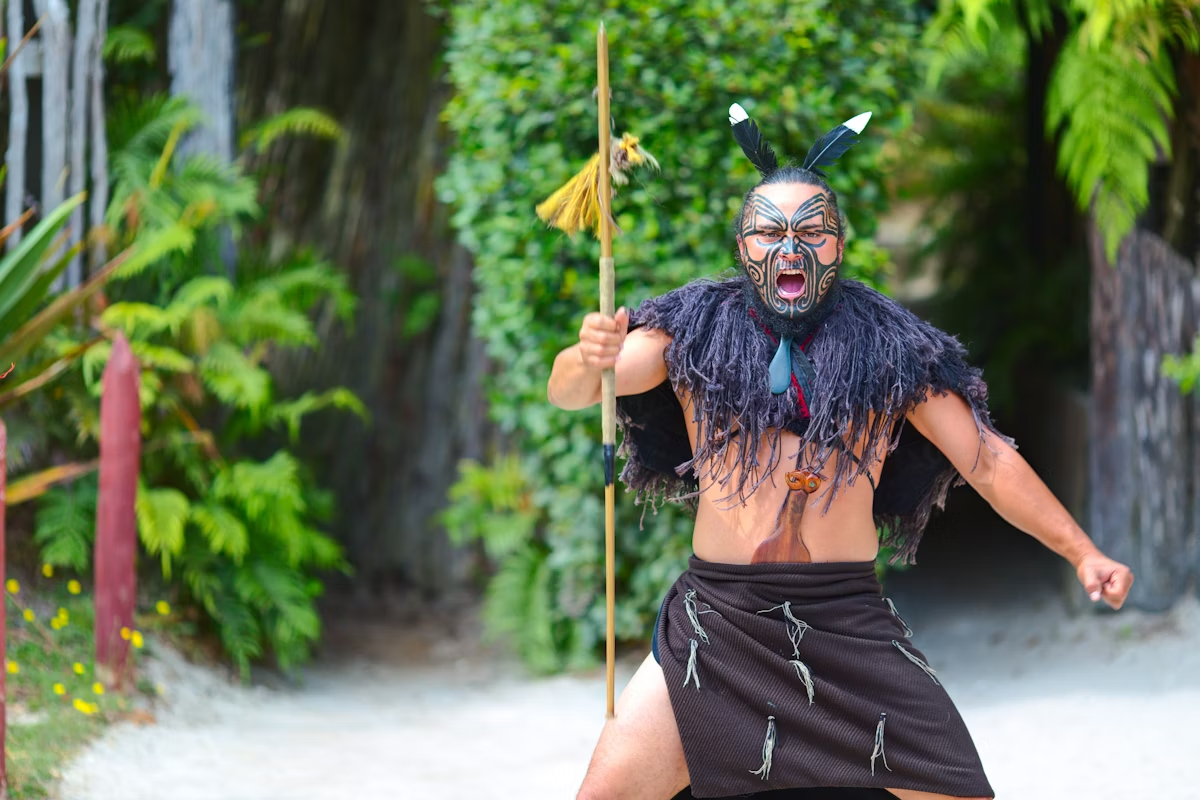

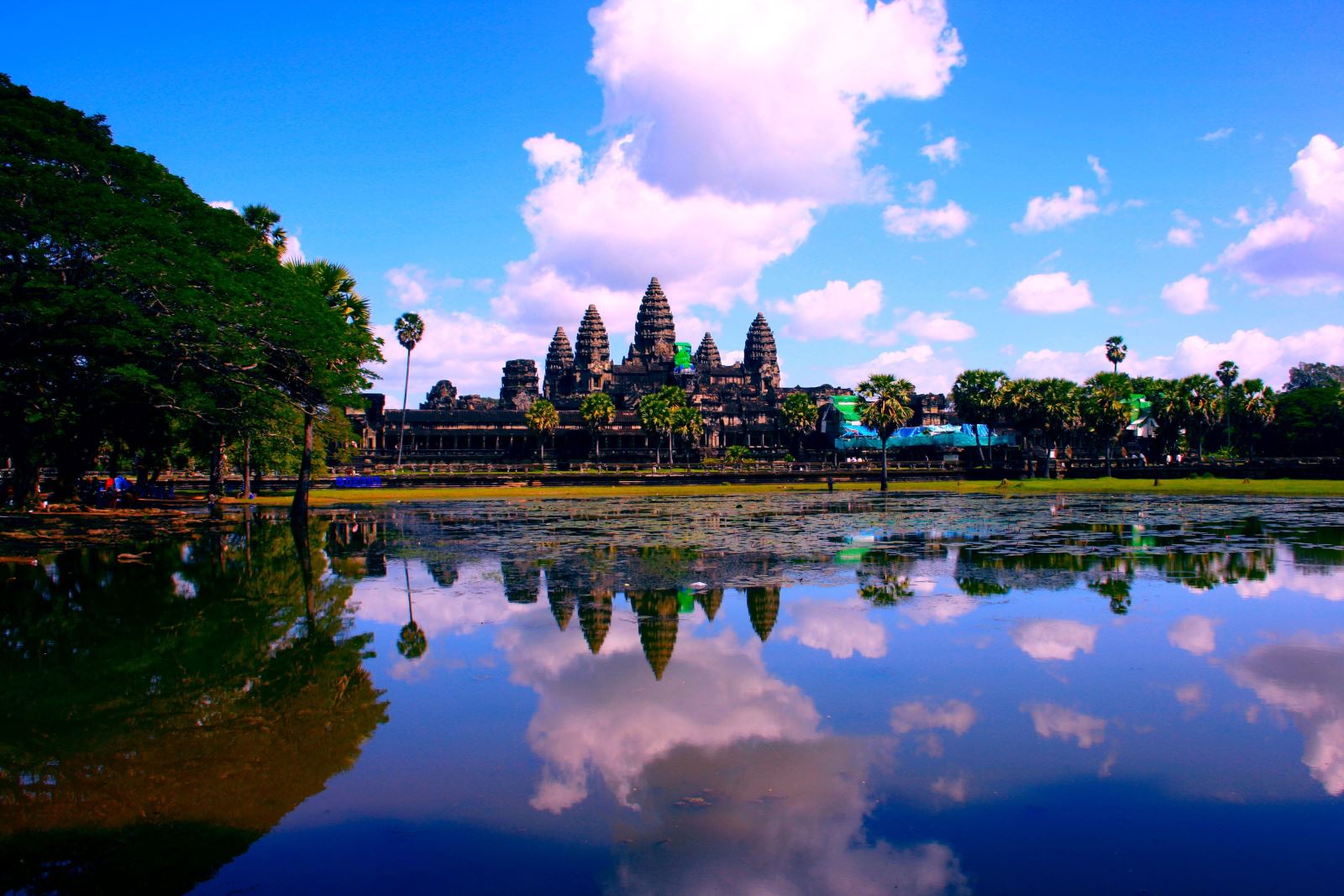
.png)
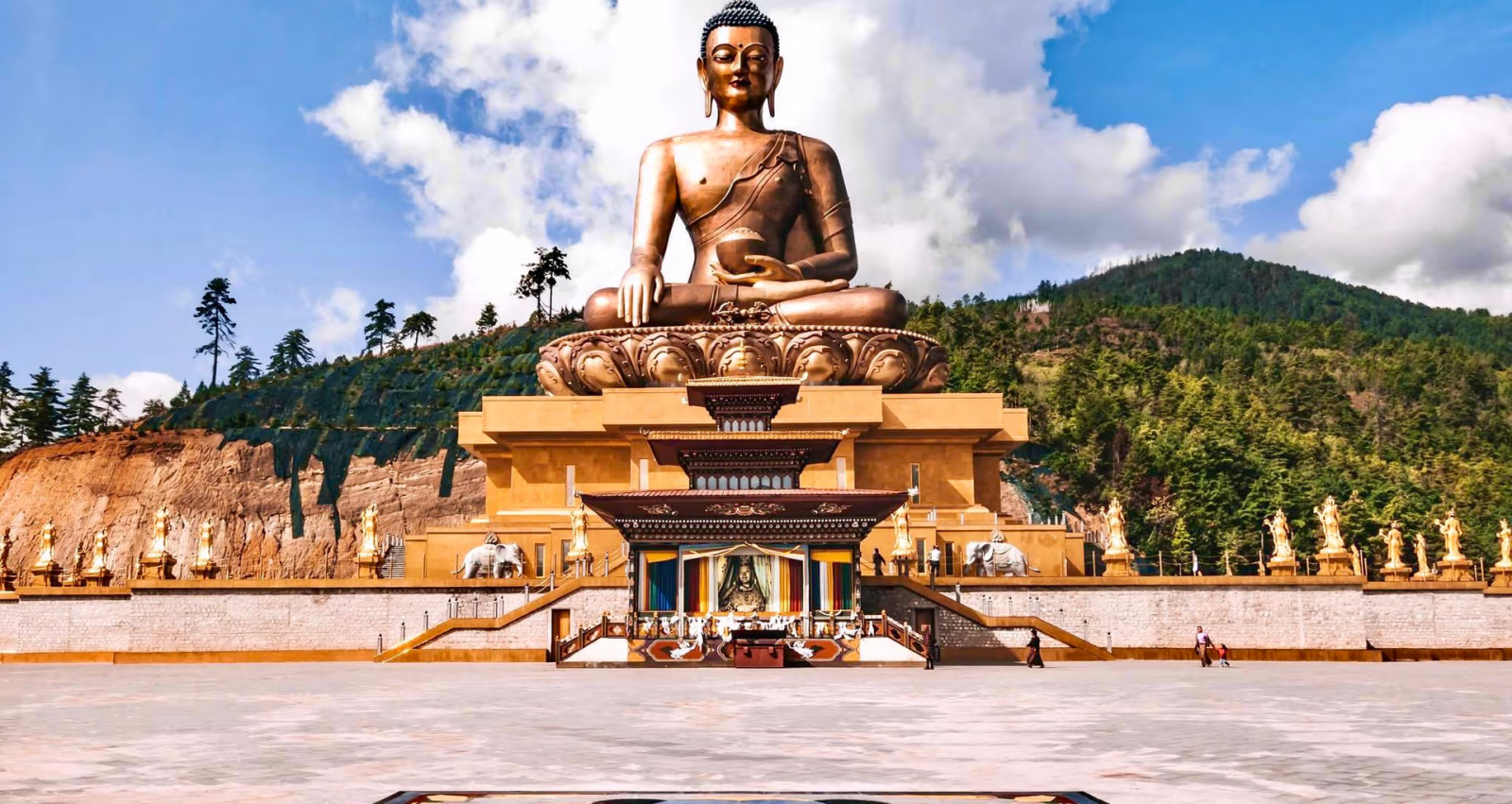



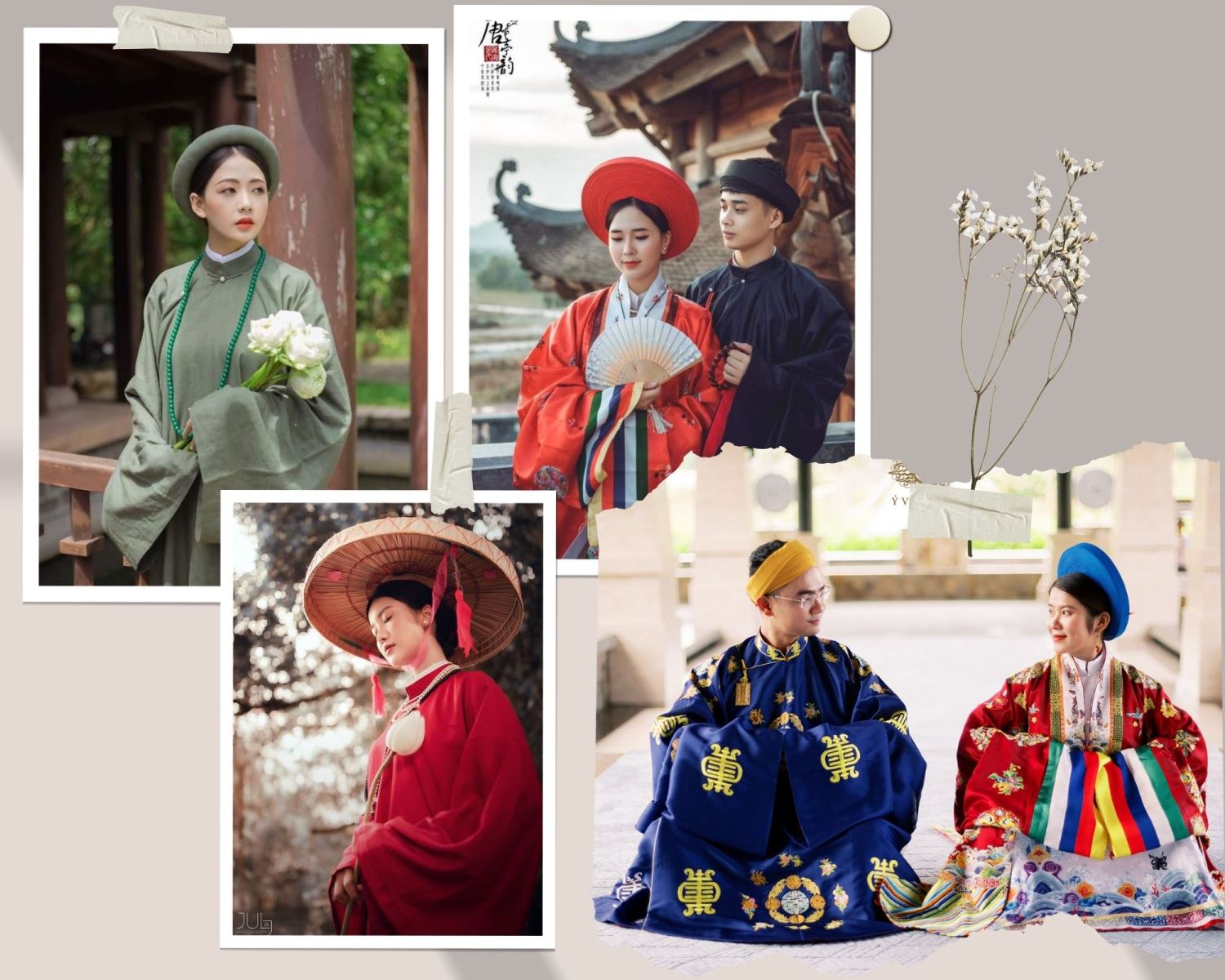




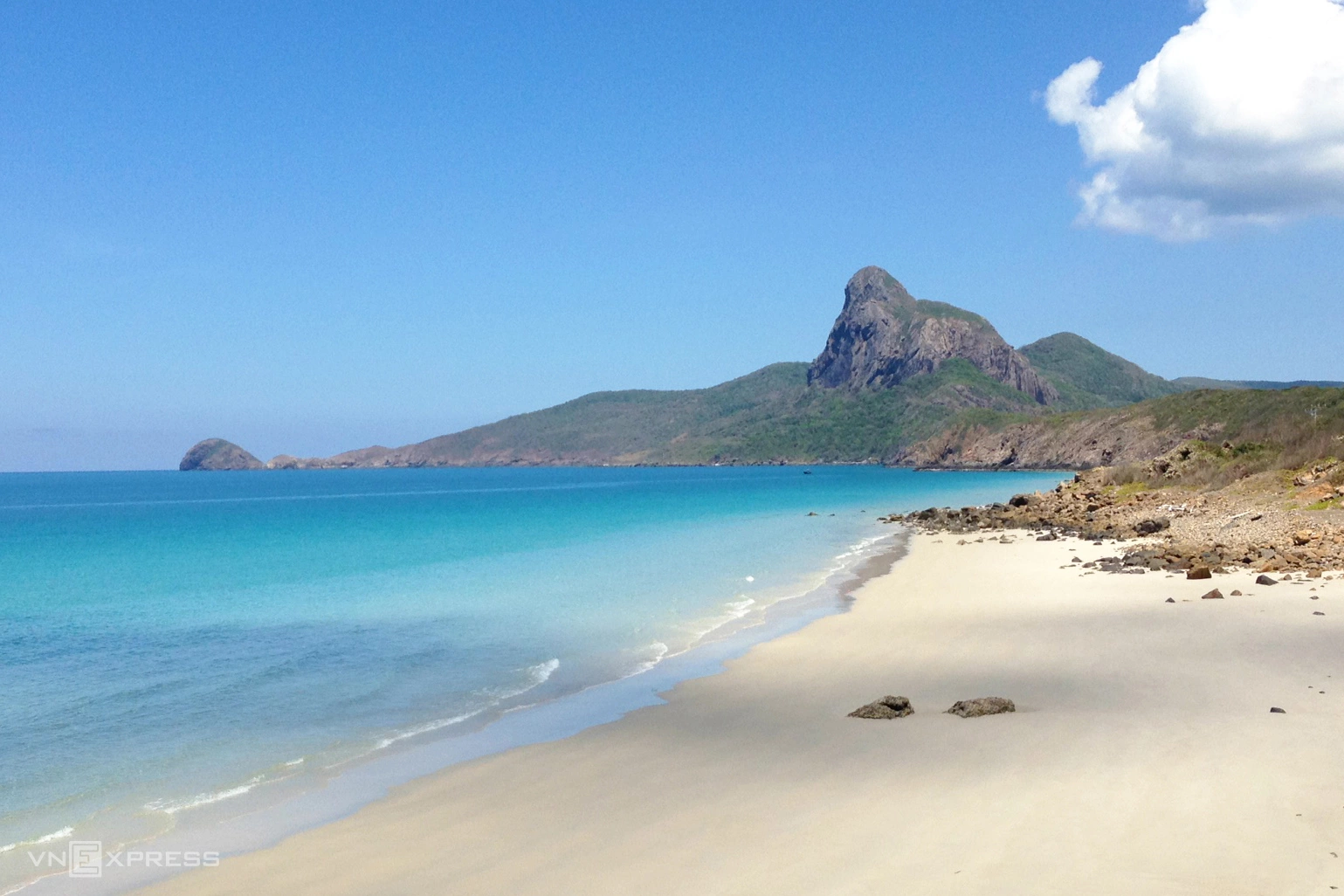
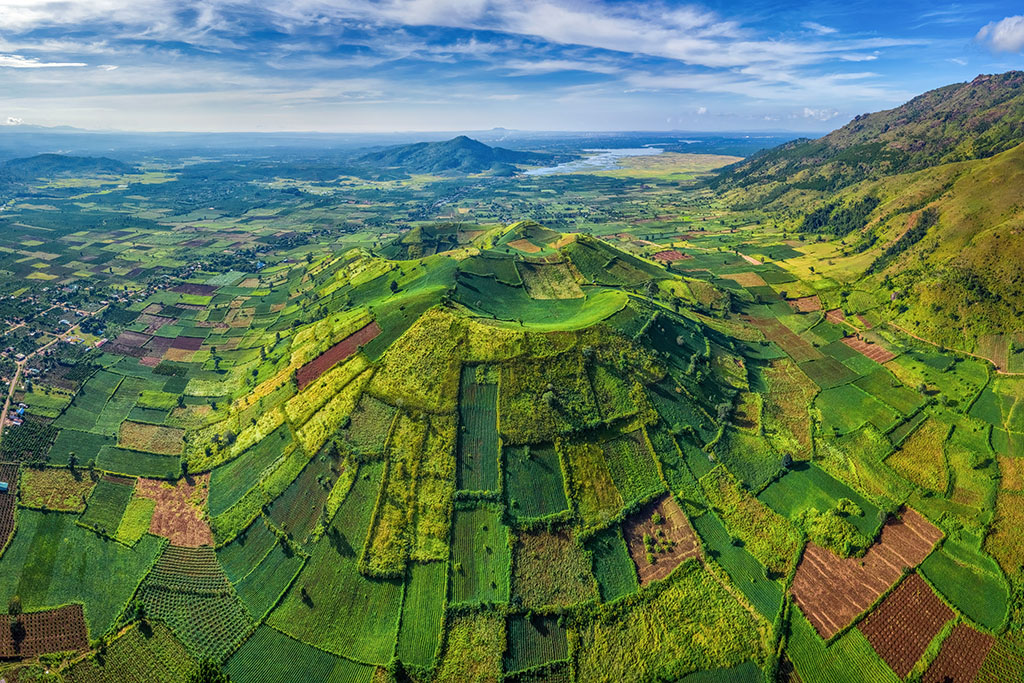

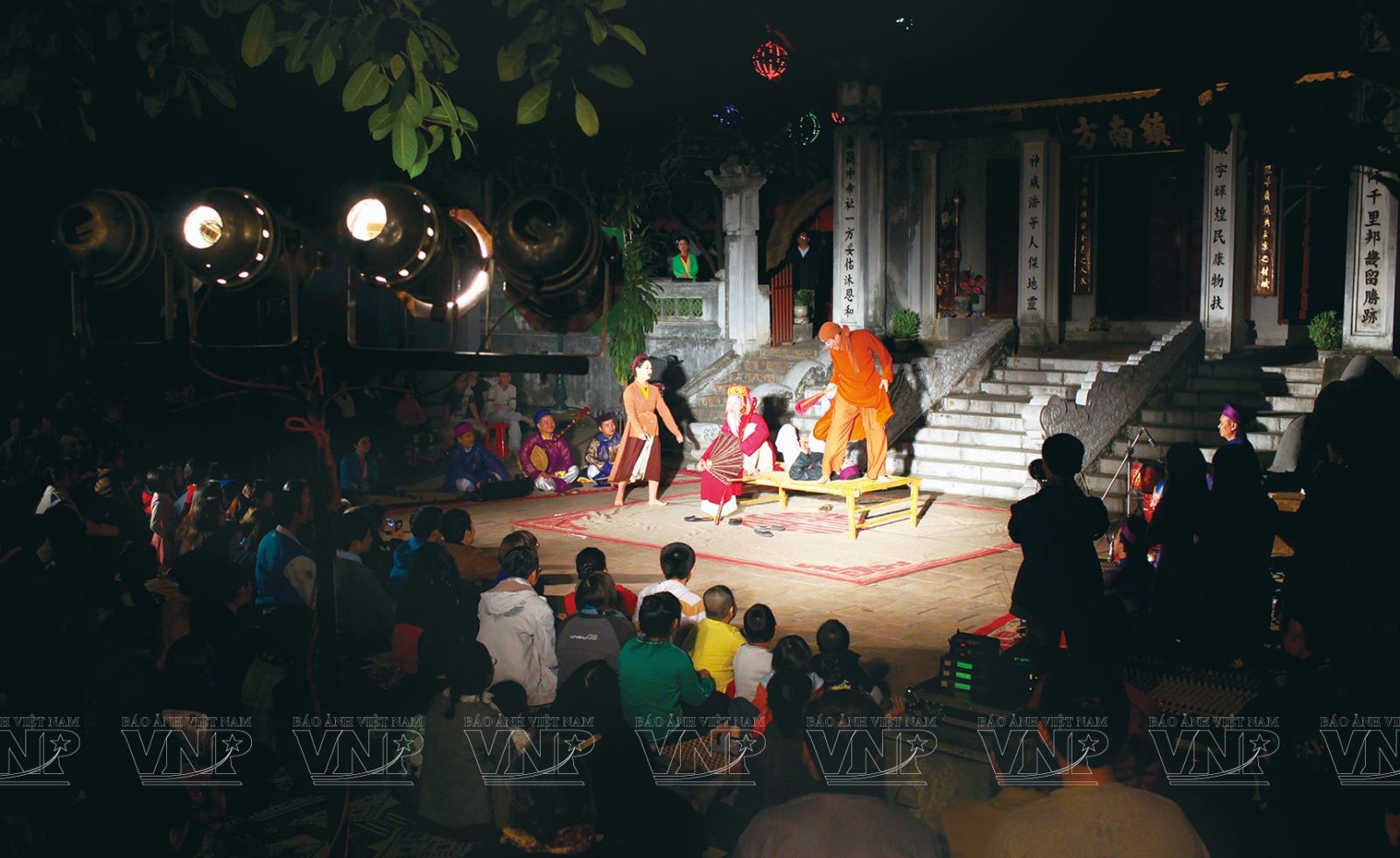
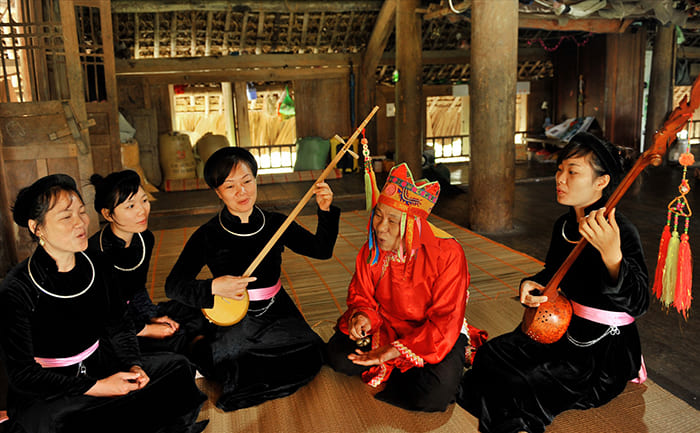
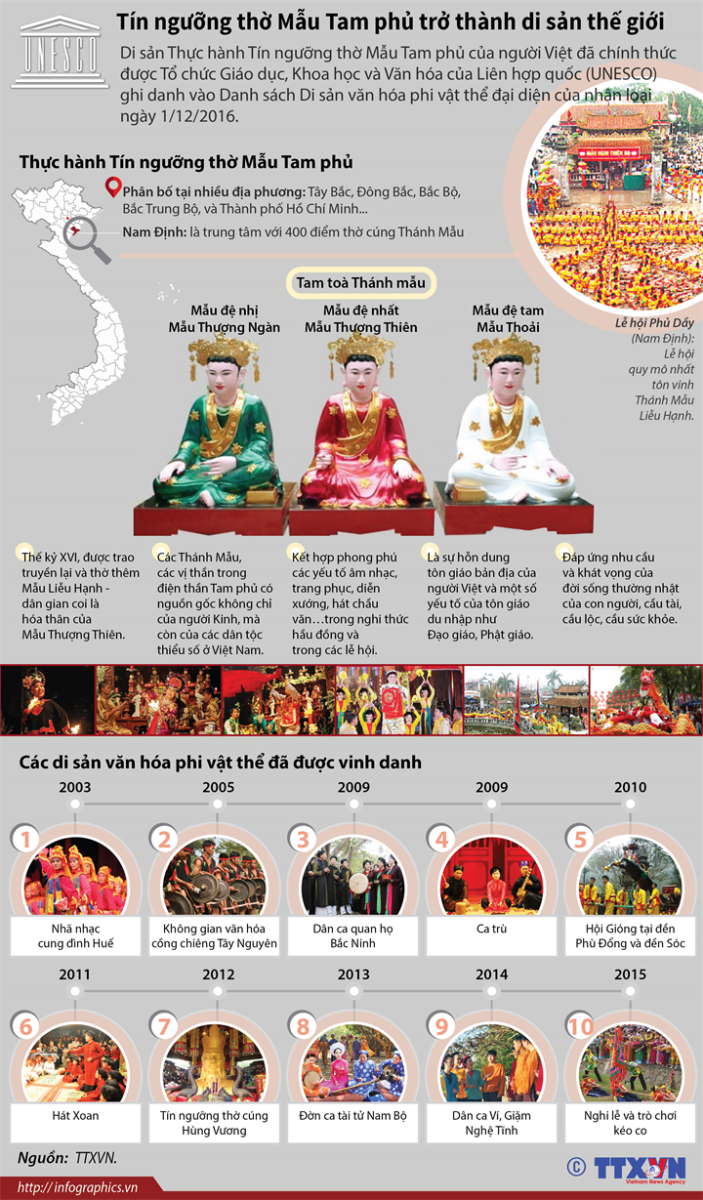
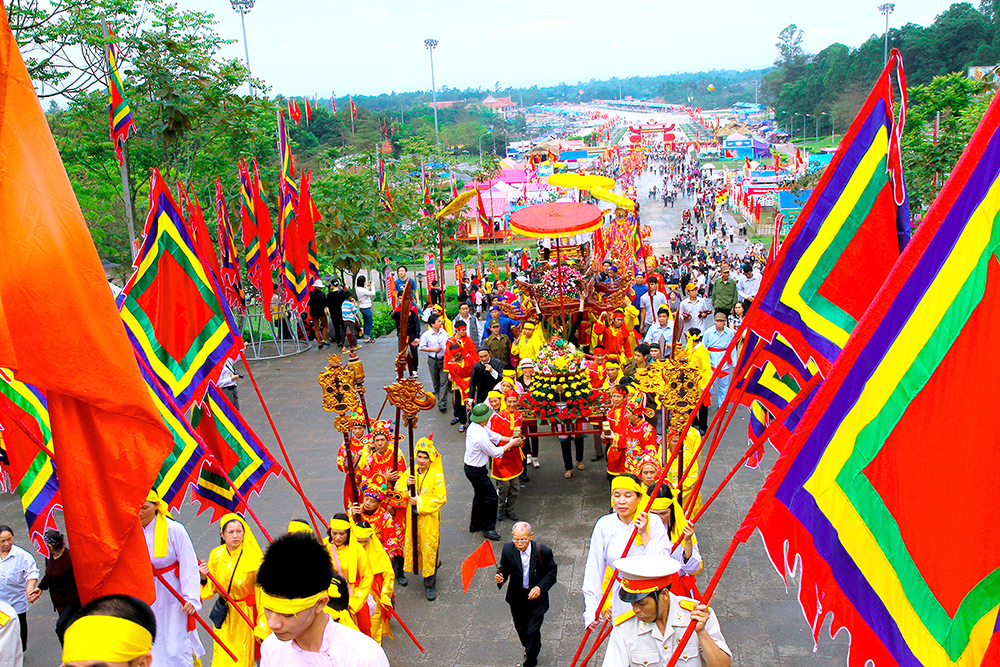
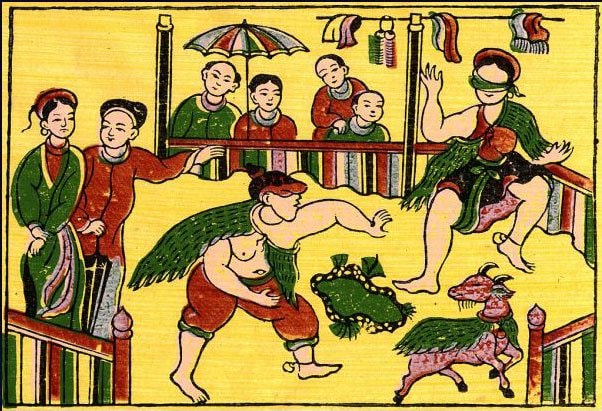
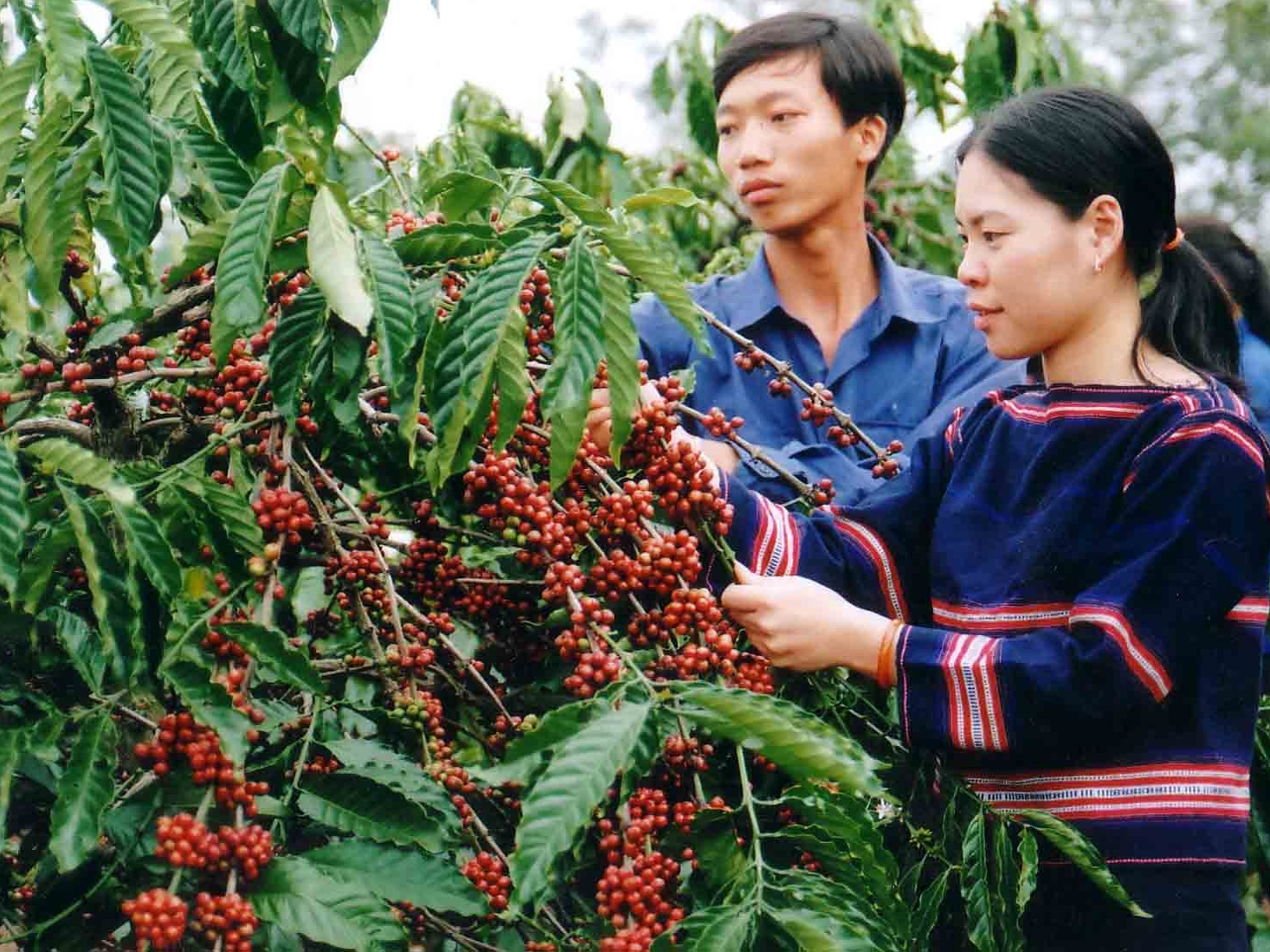
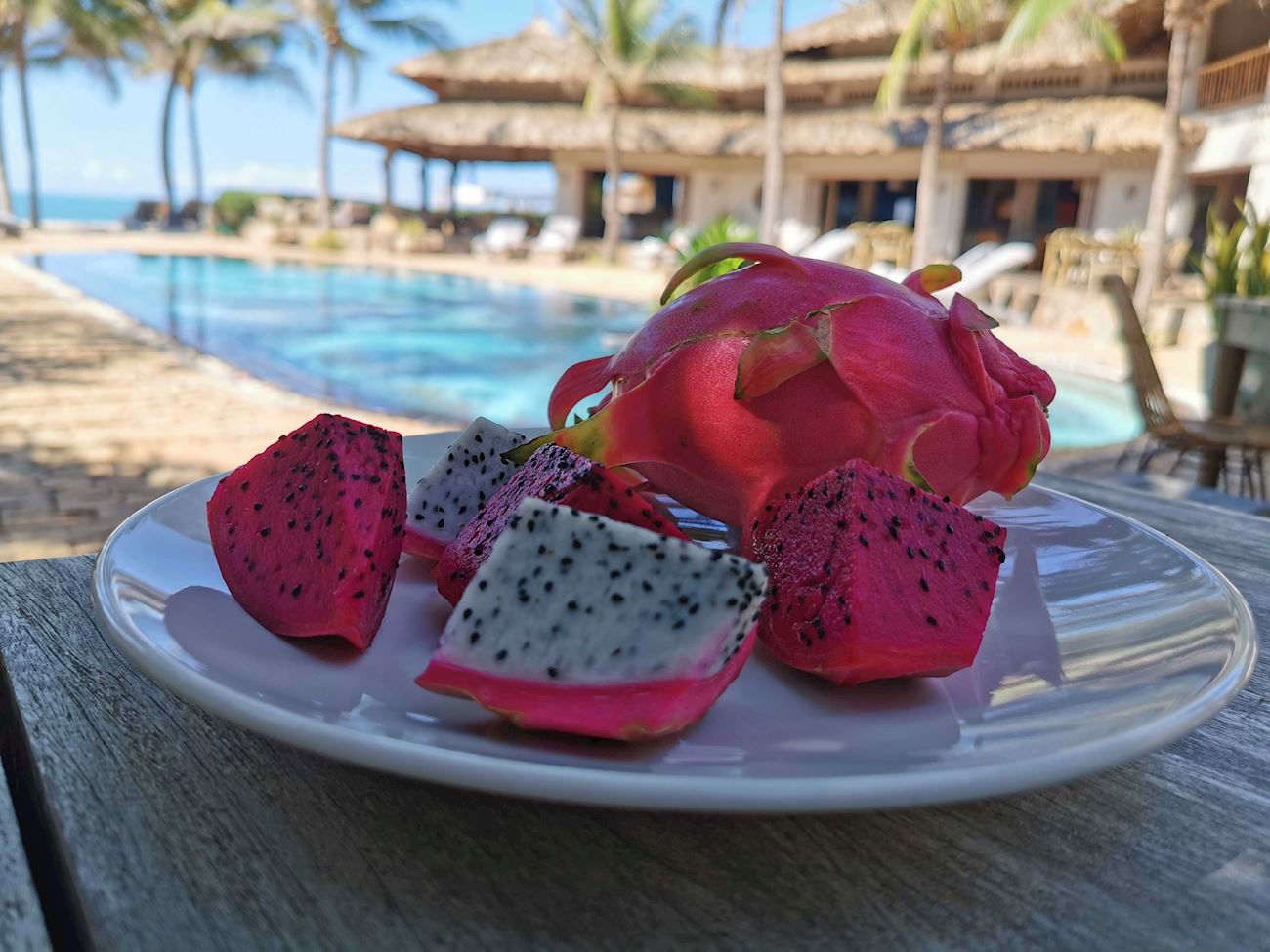
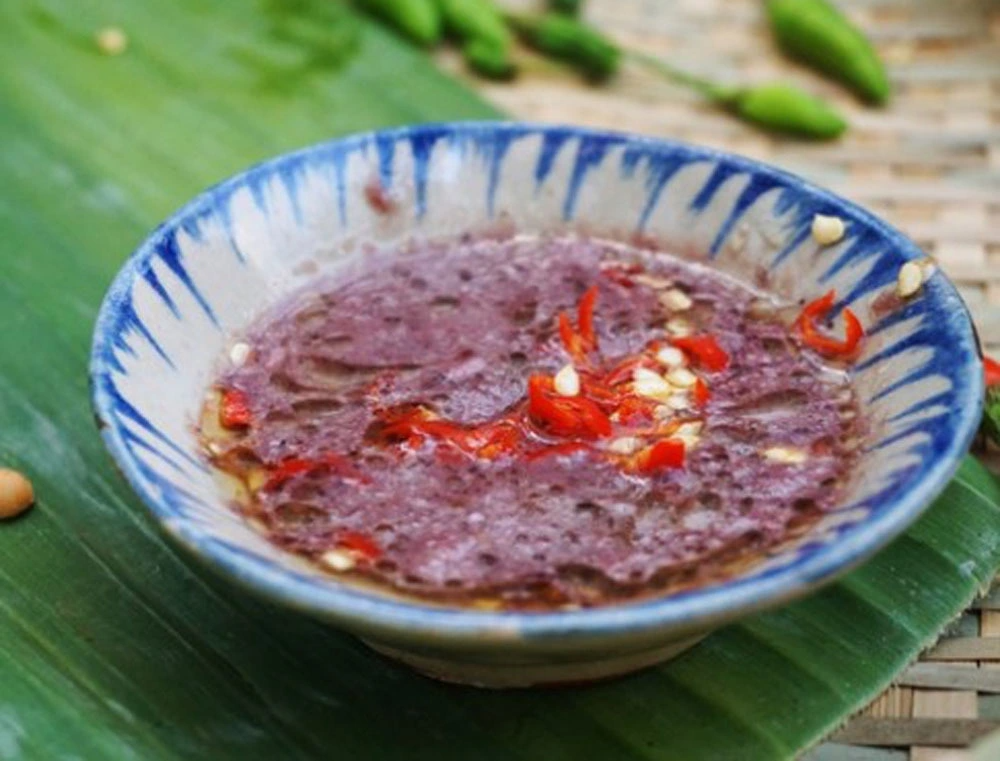
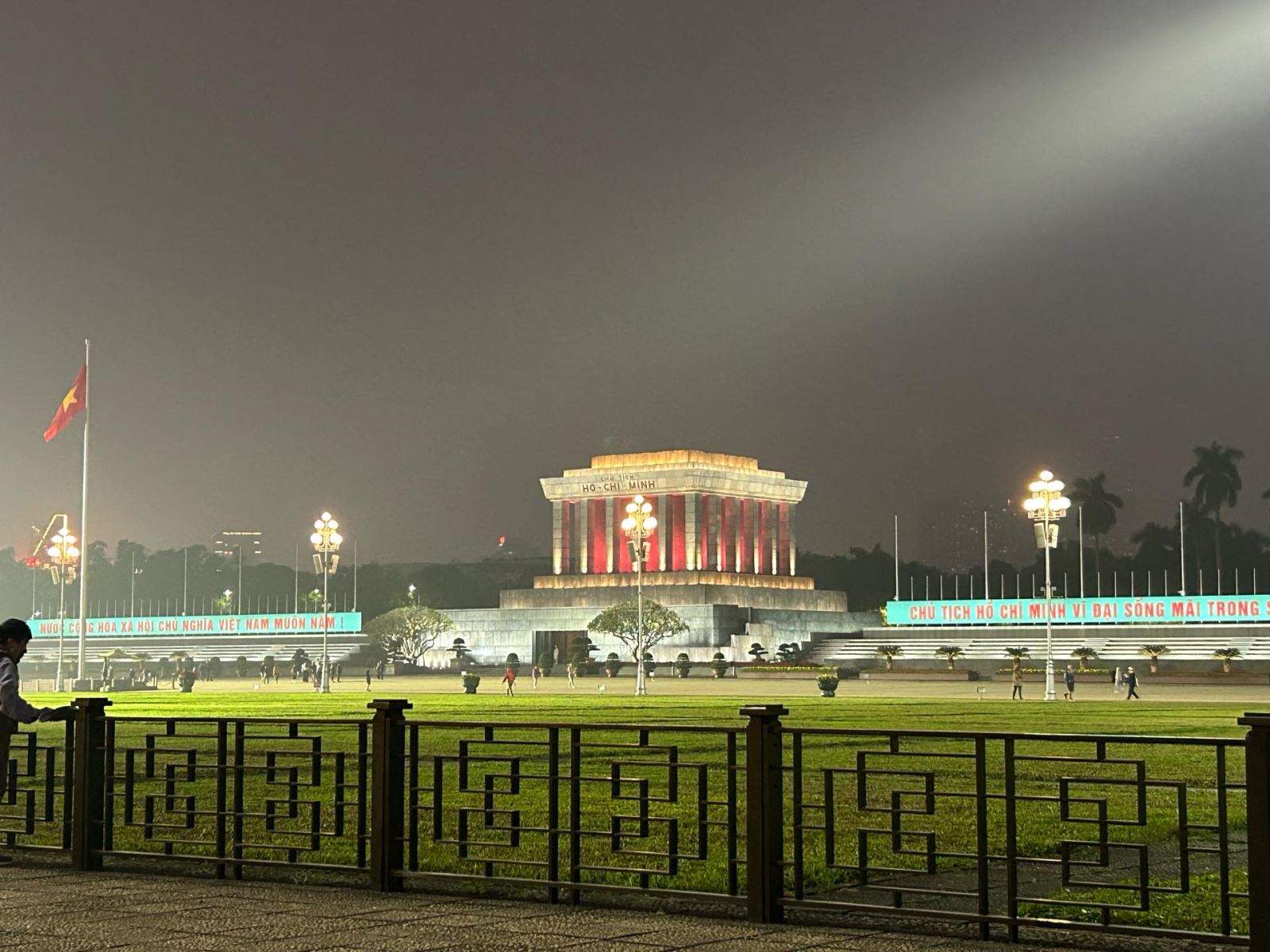
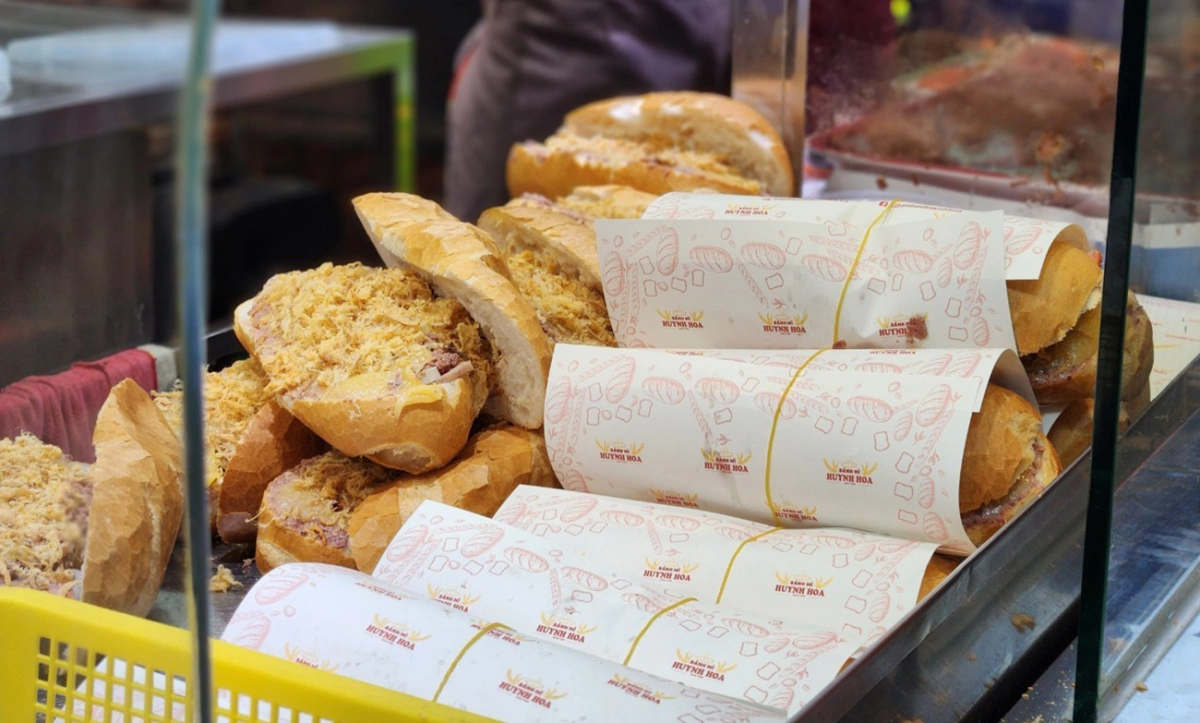
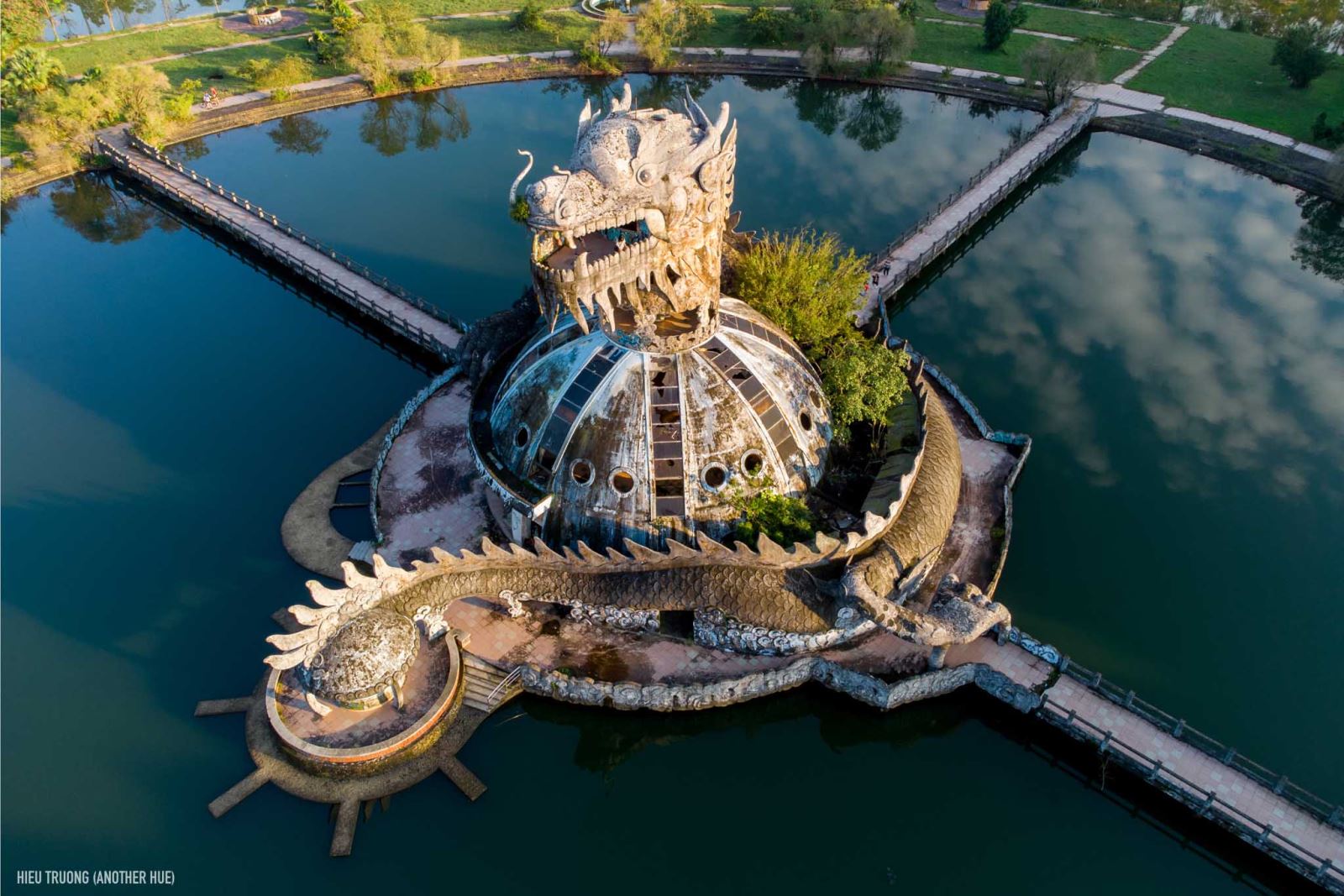
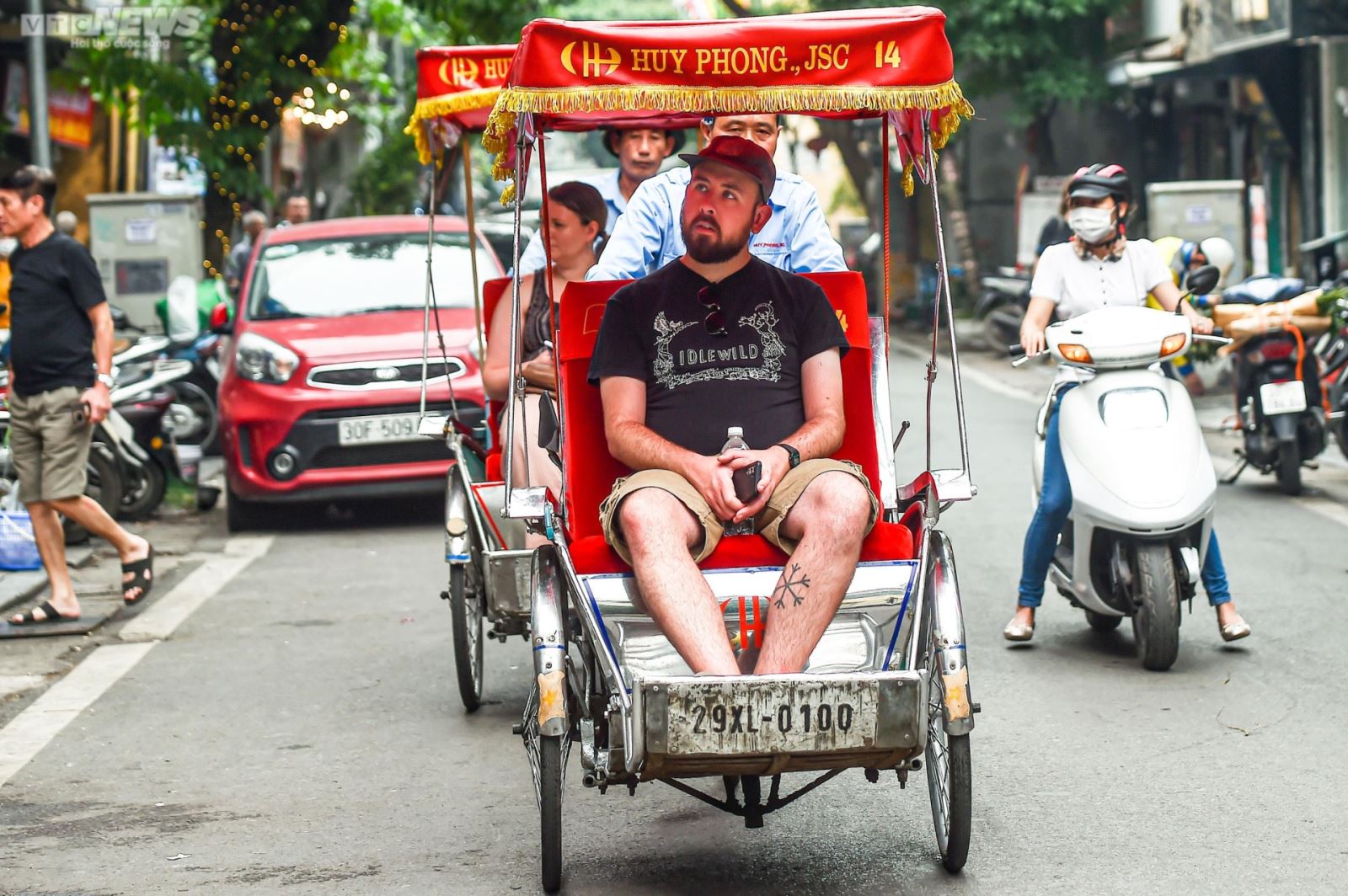
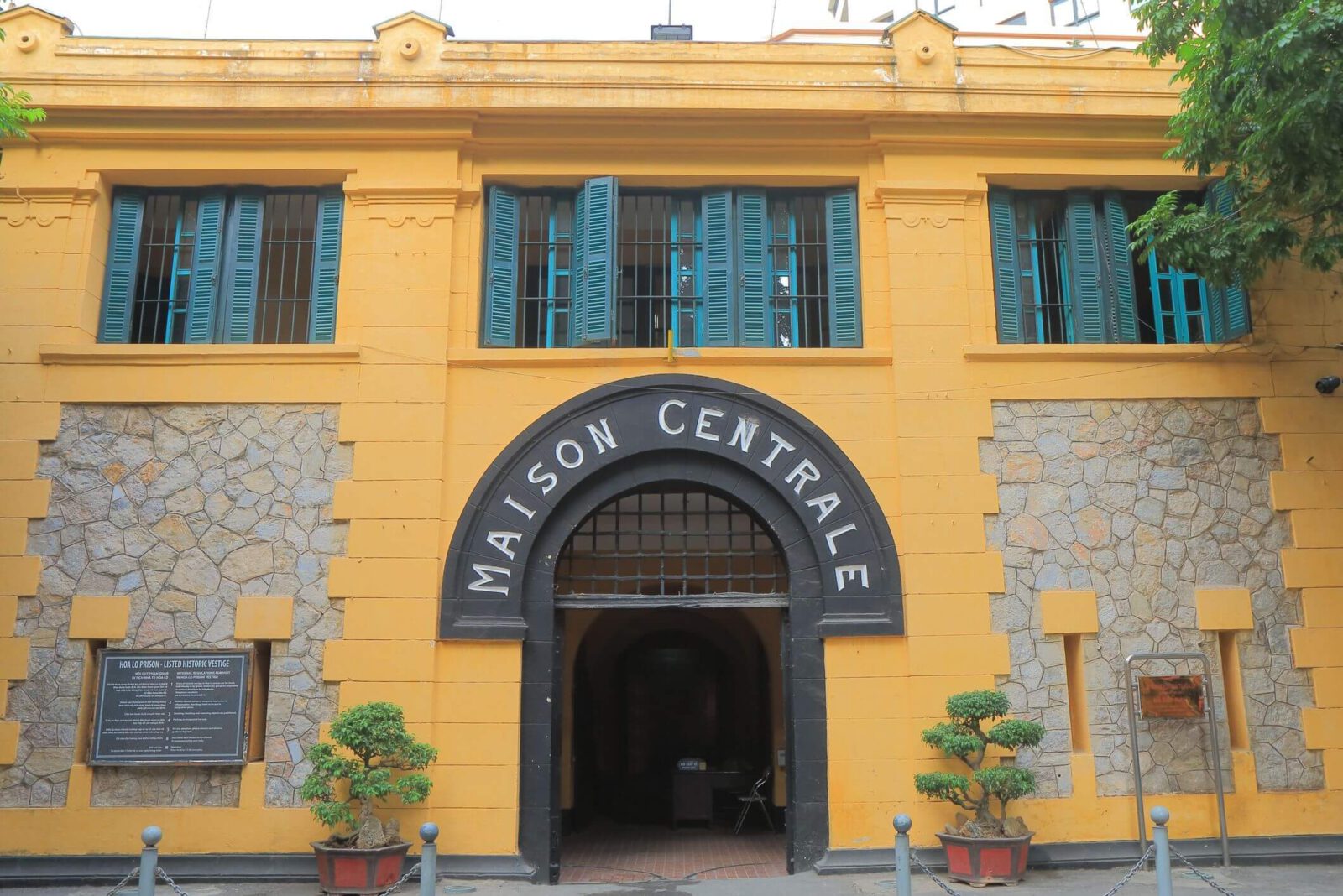
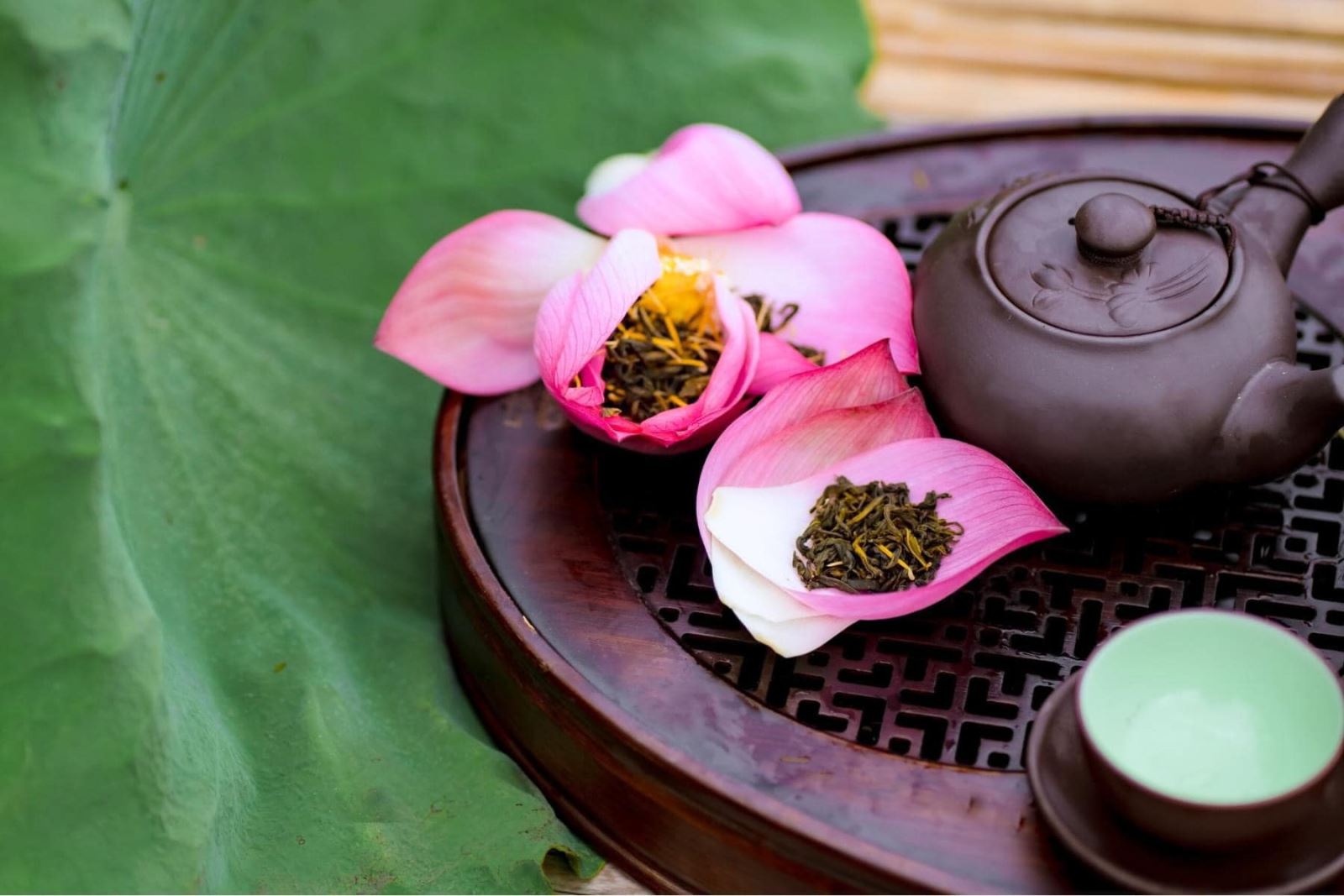
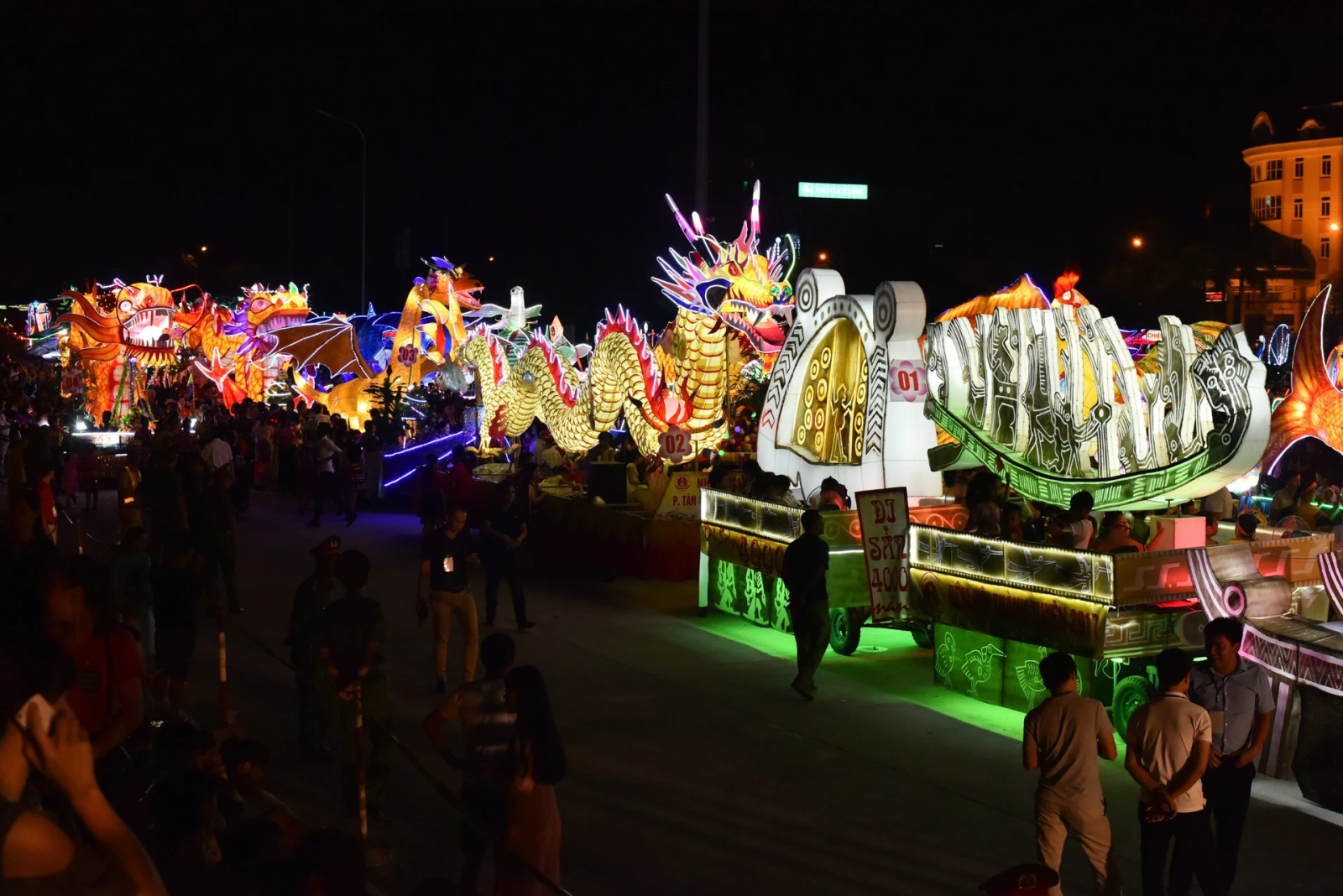
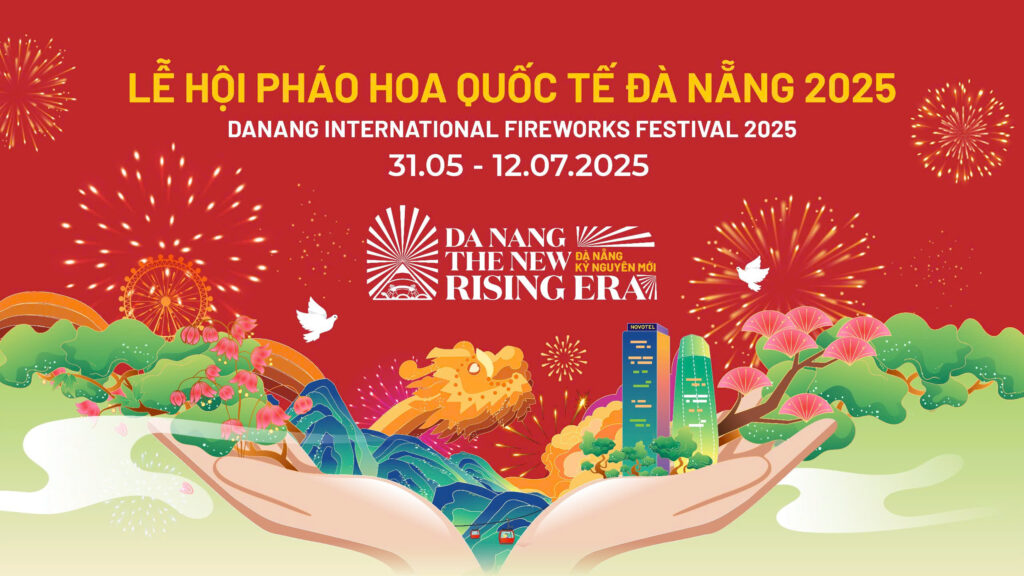
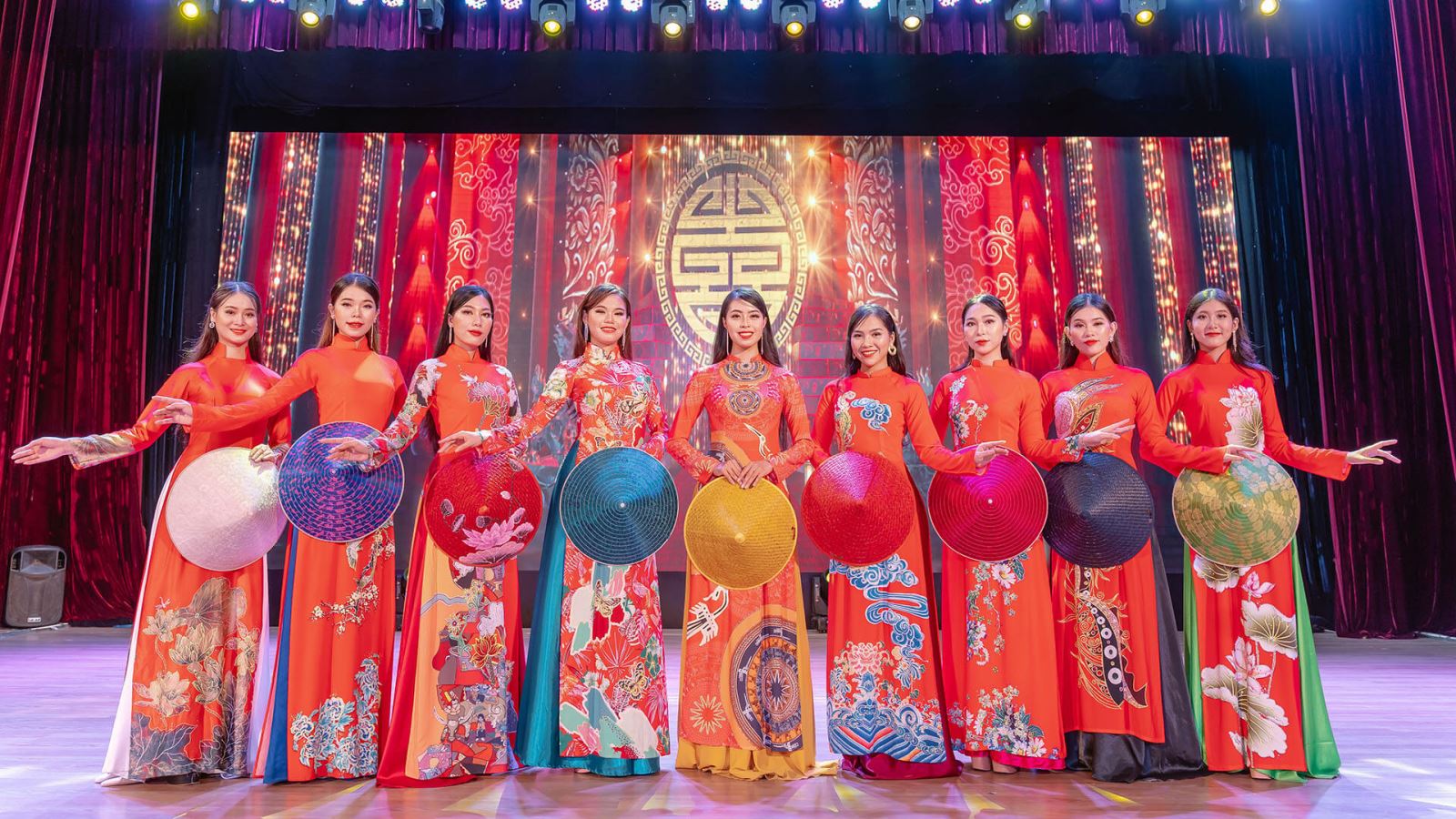


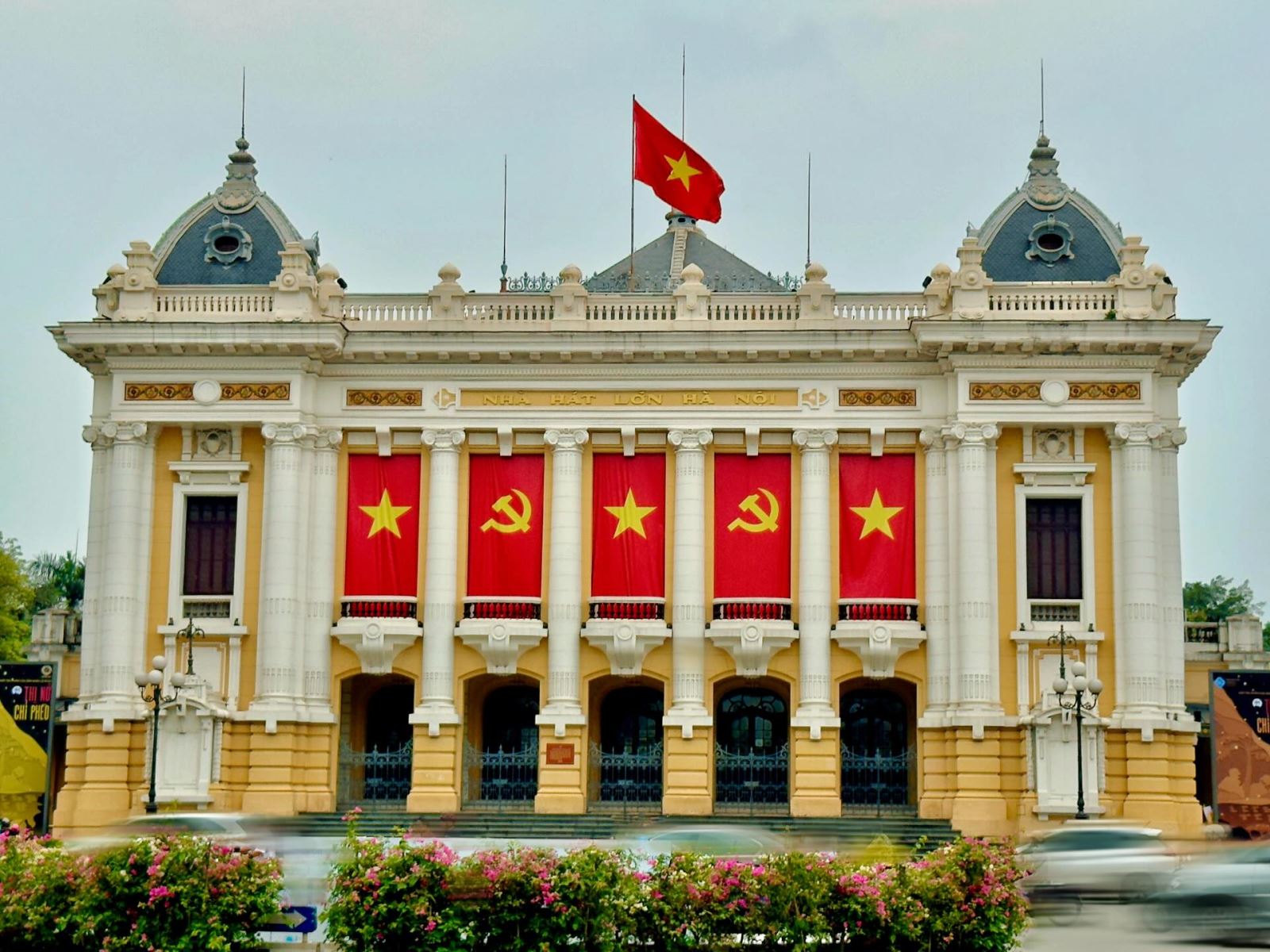
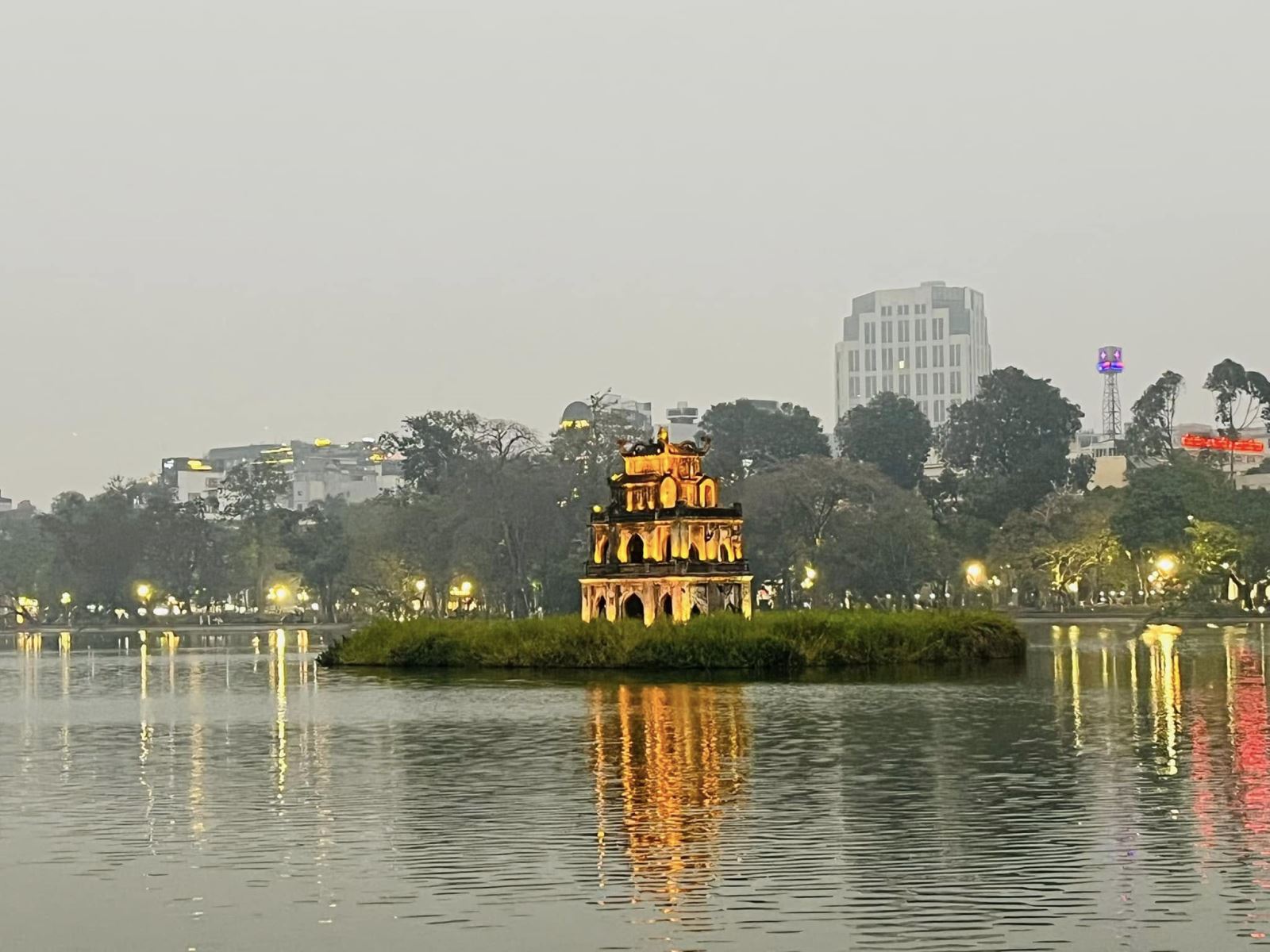
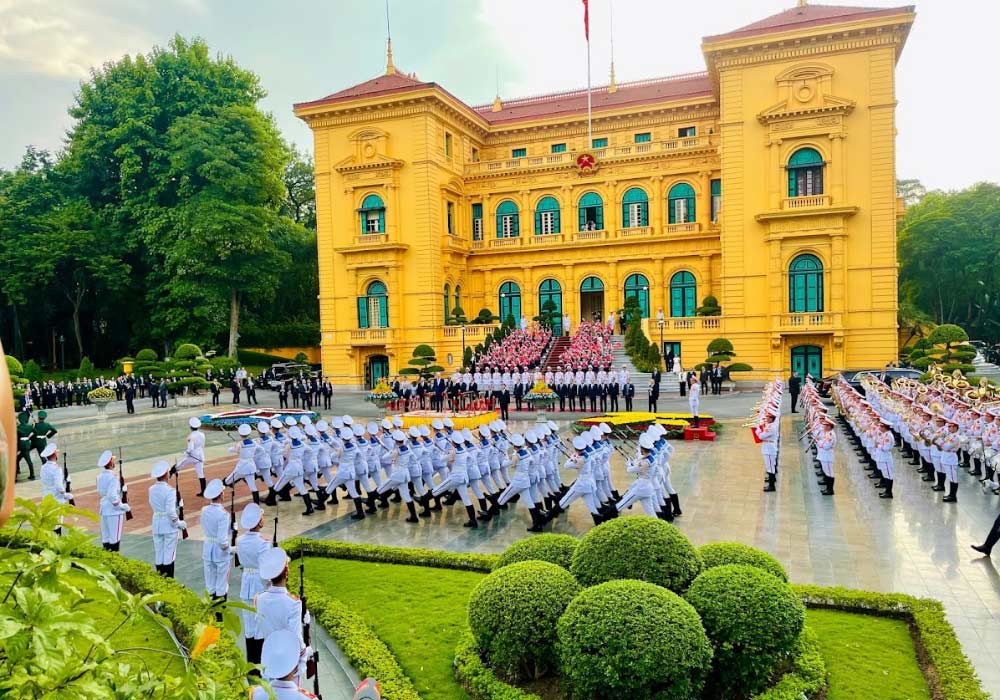
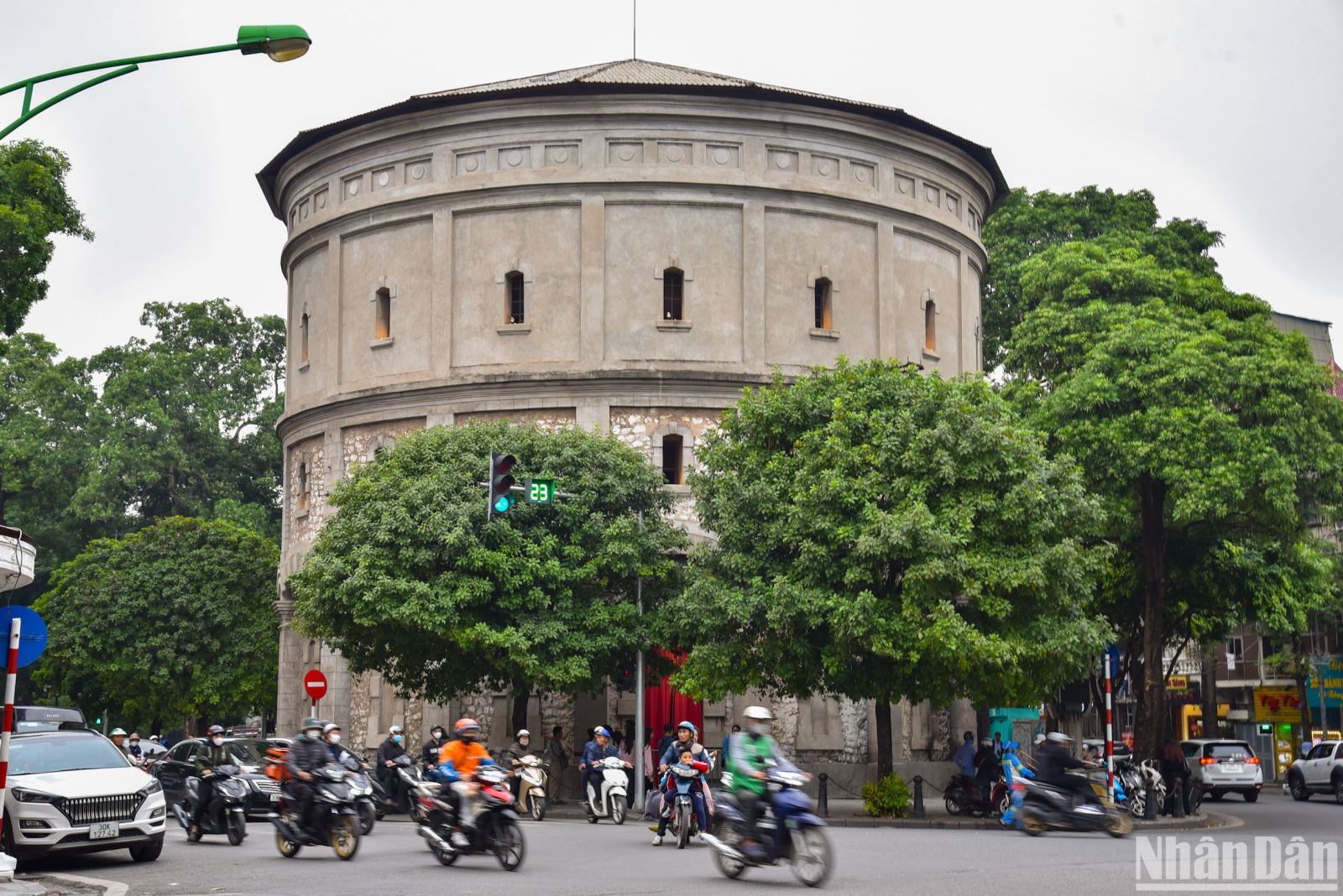
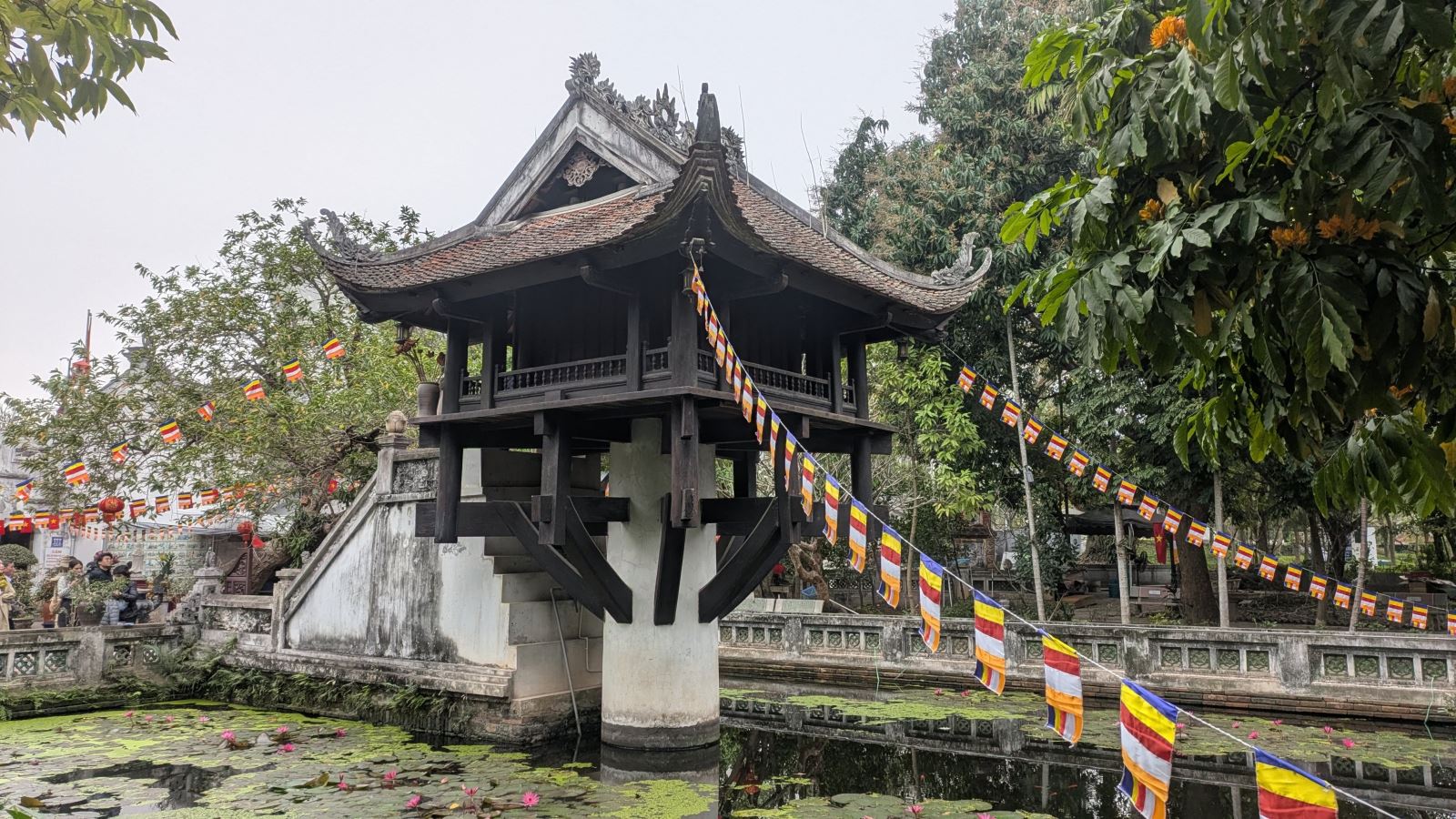
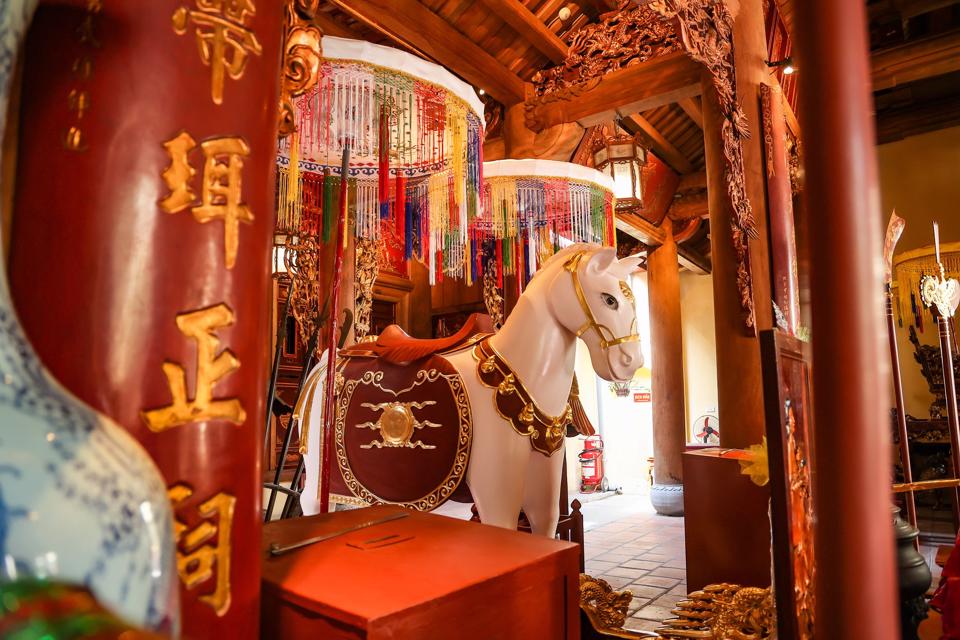
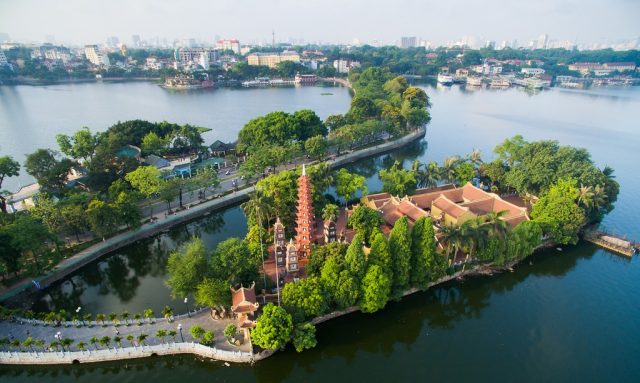
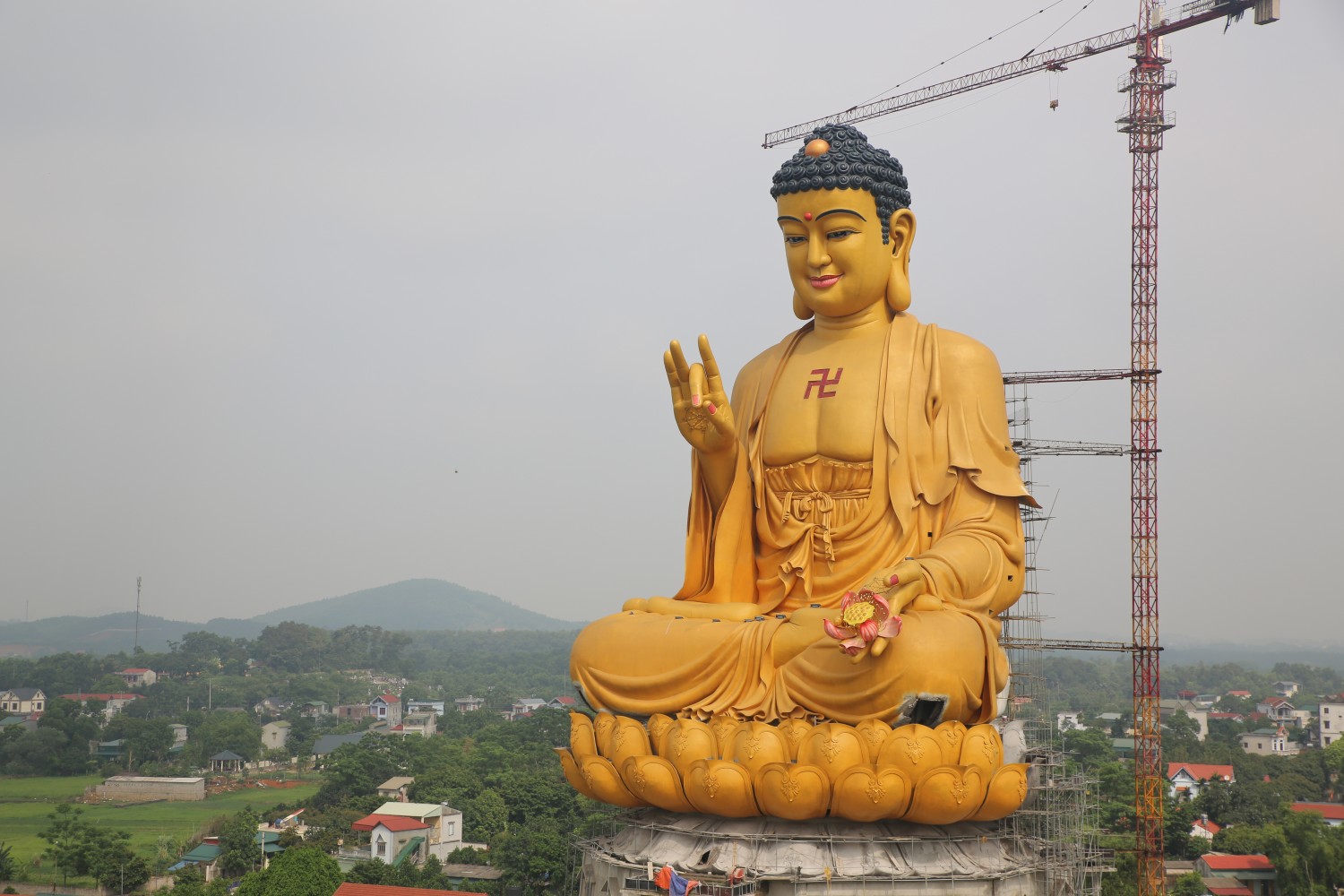
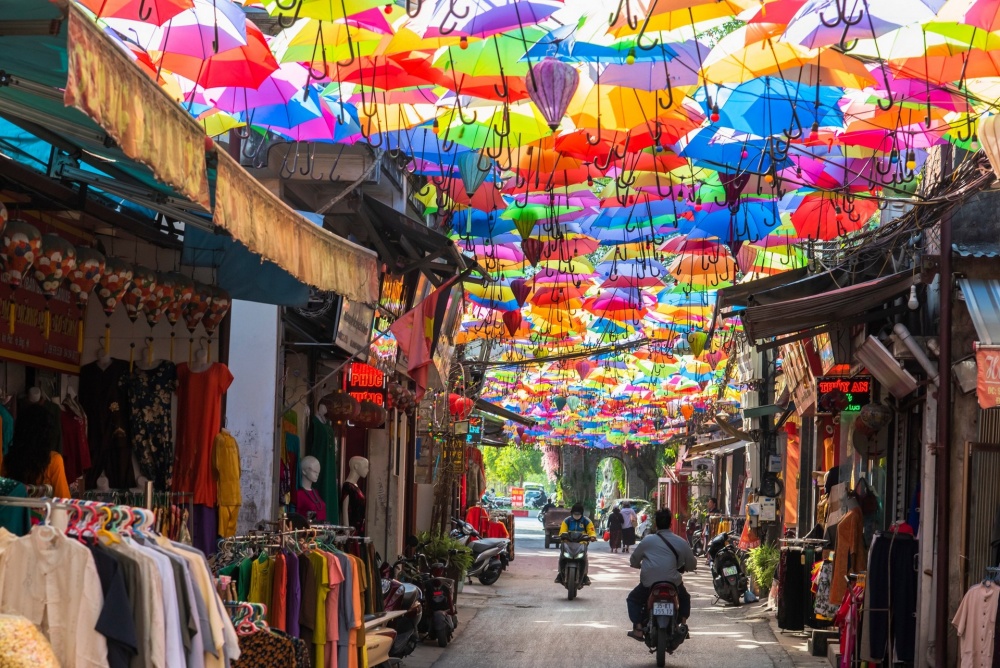
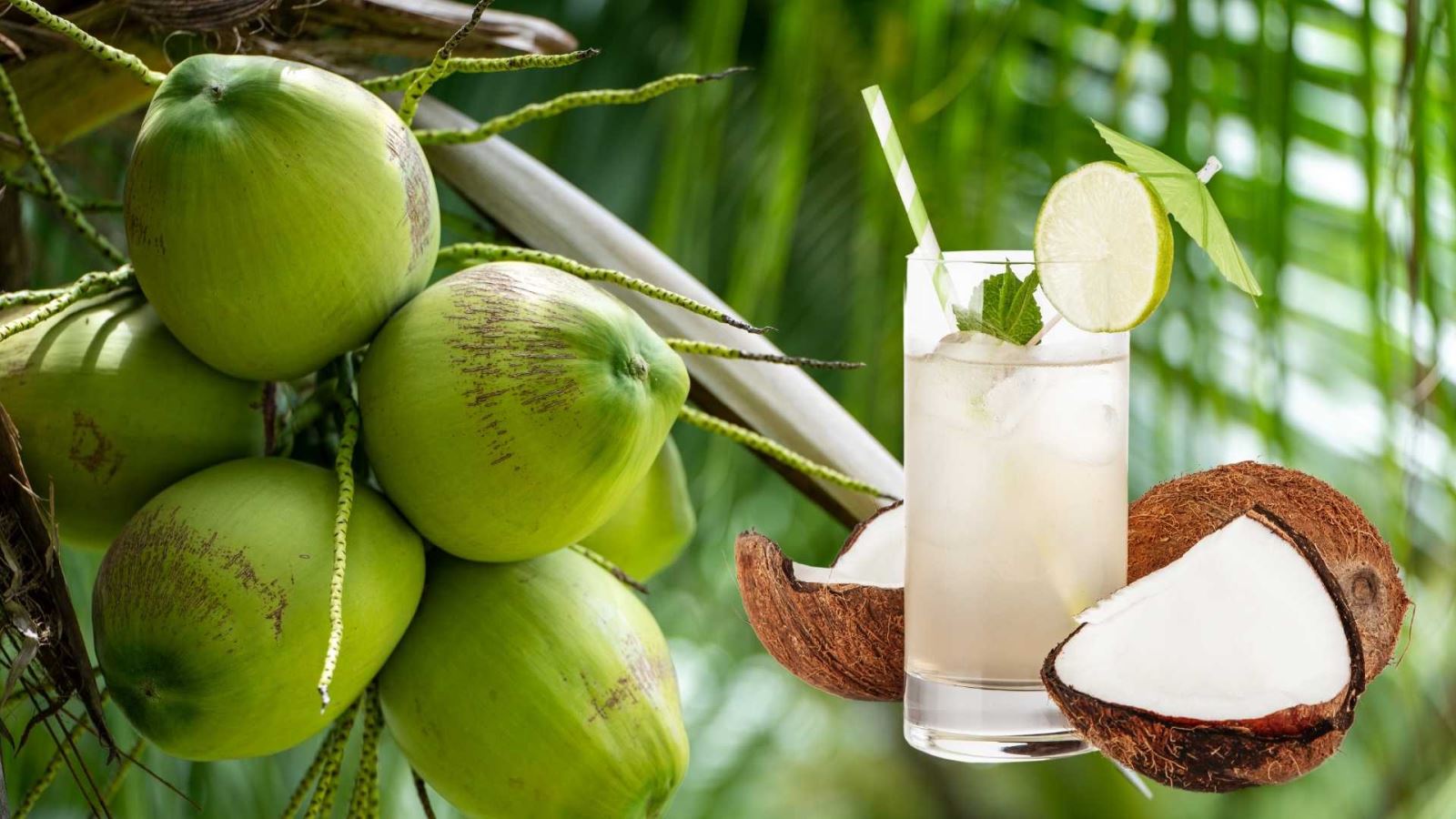
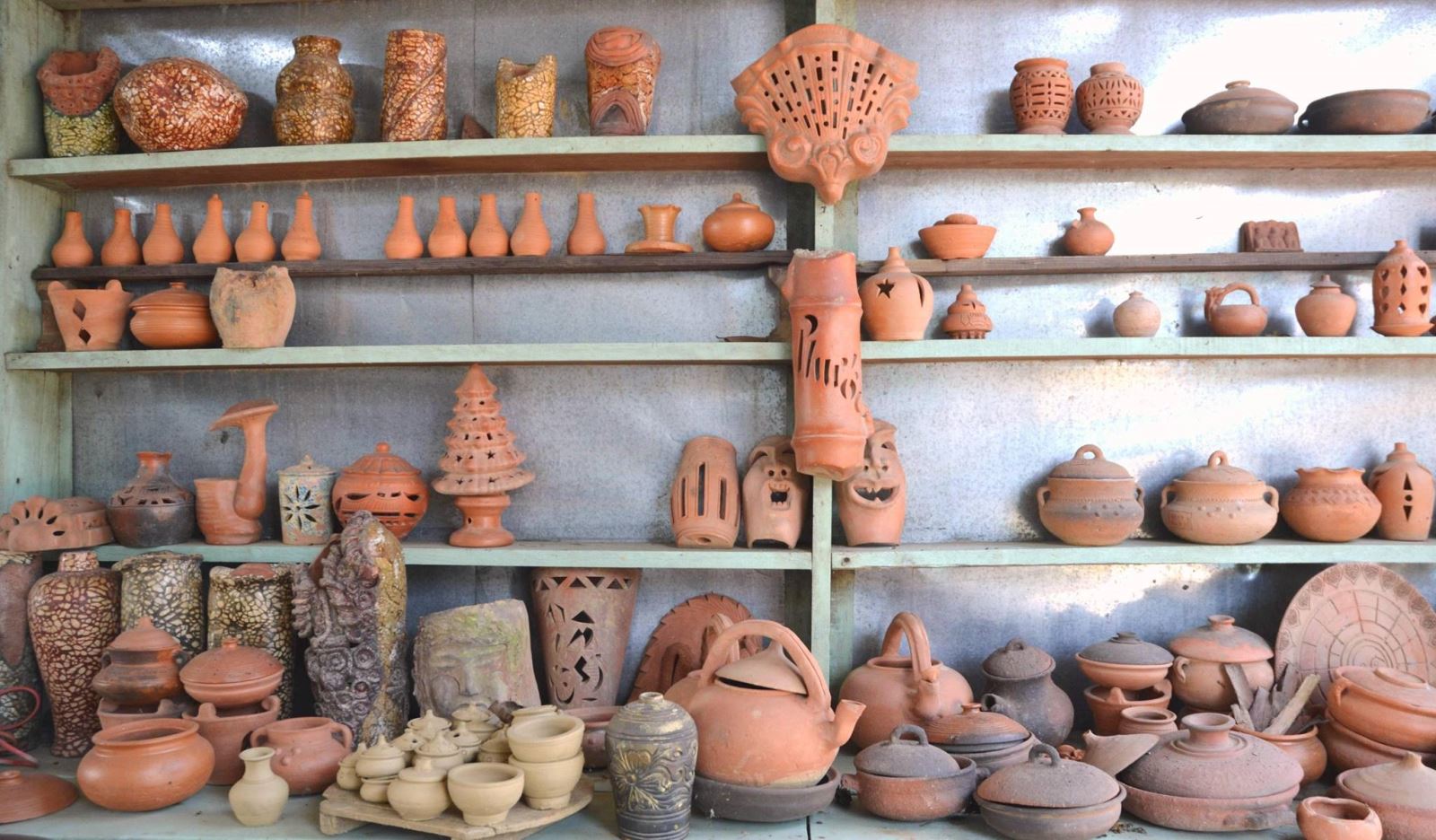
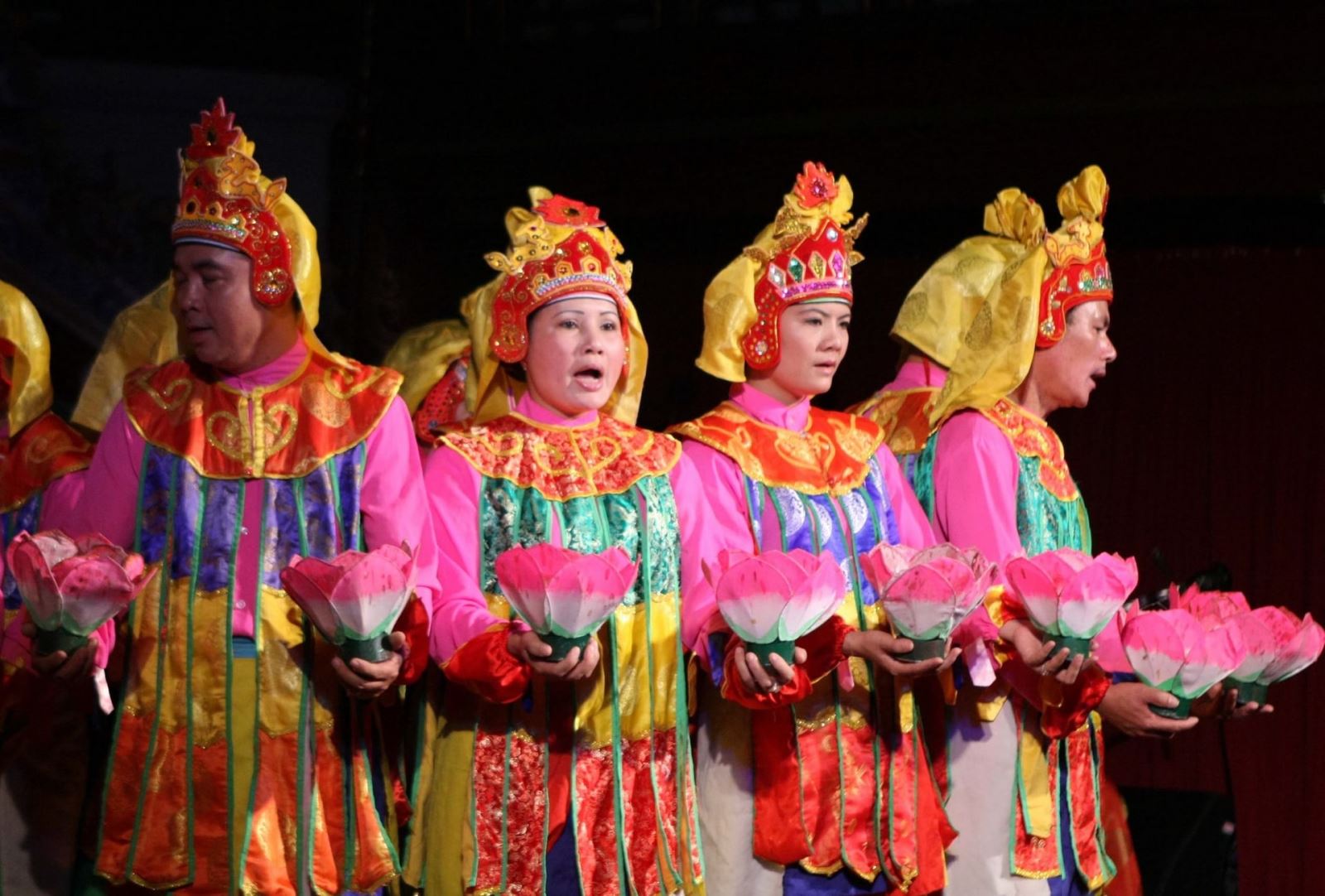
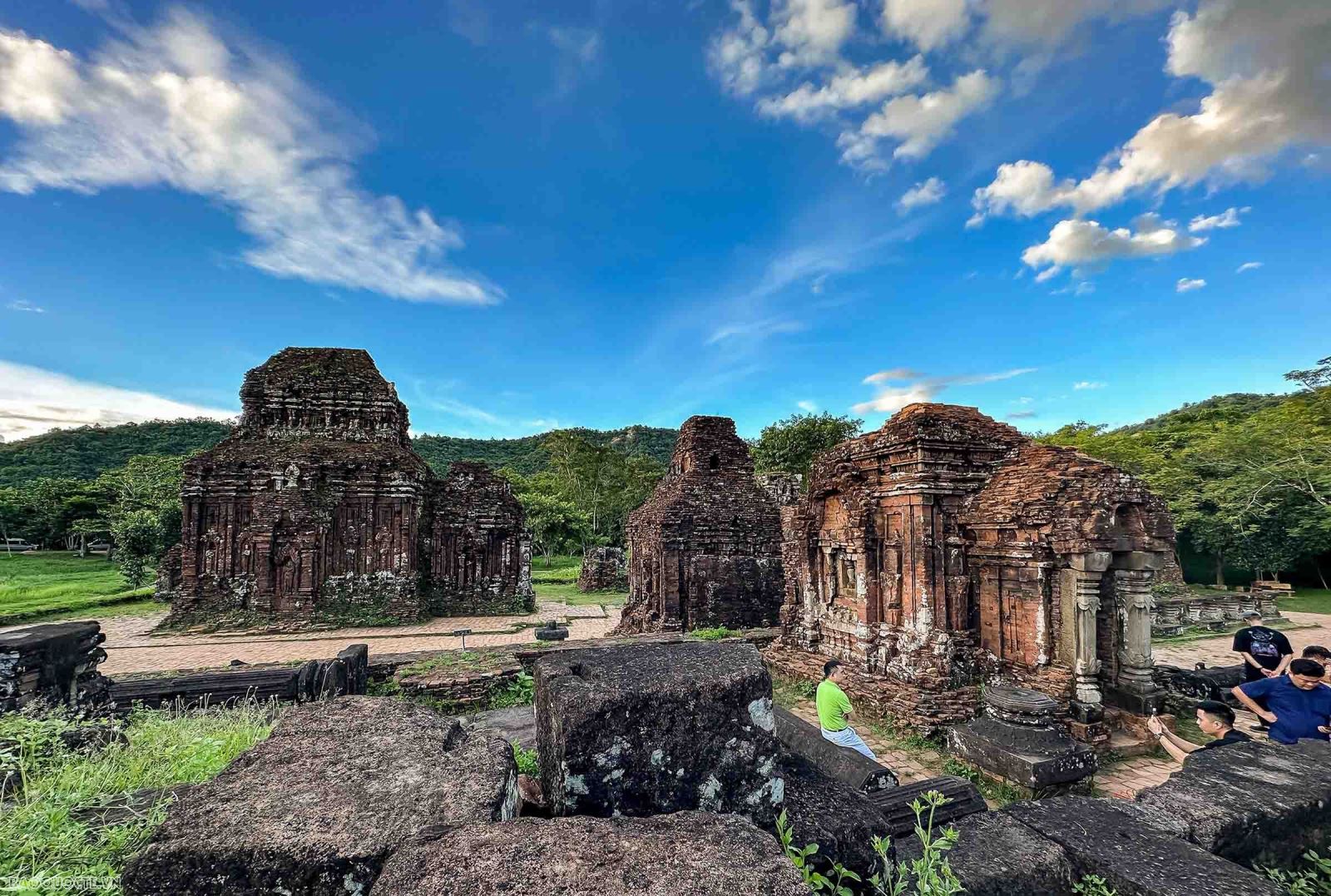
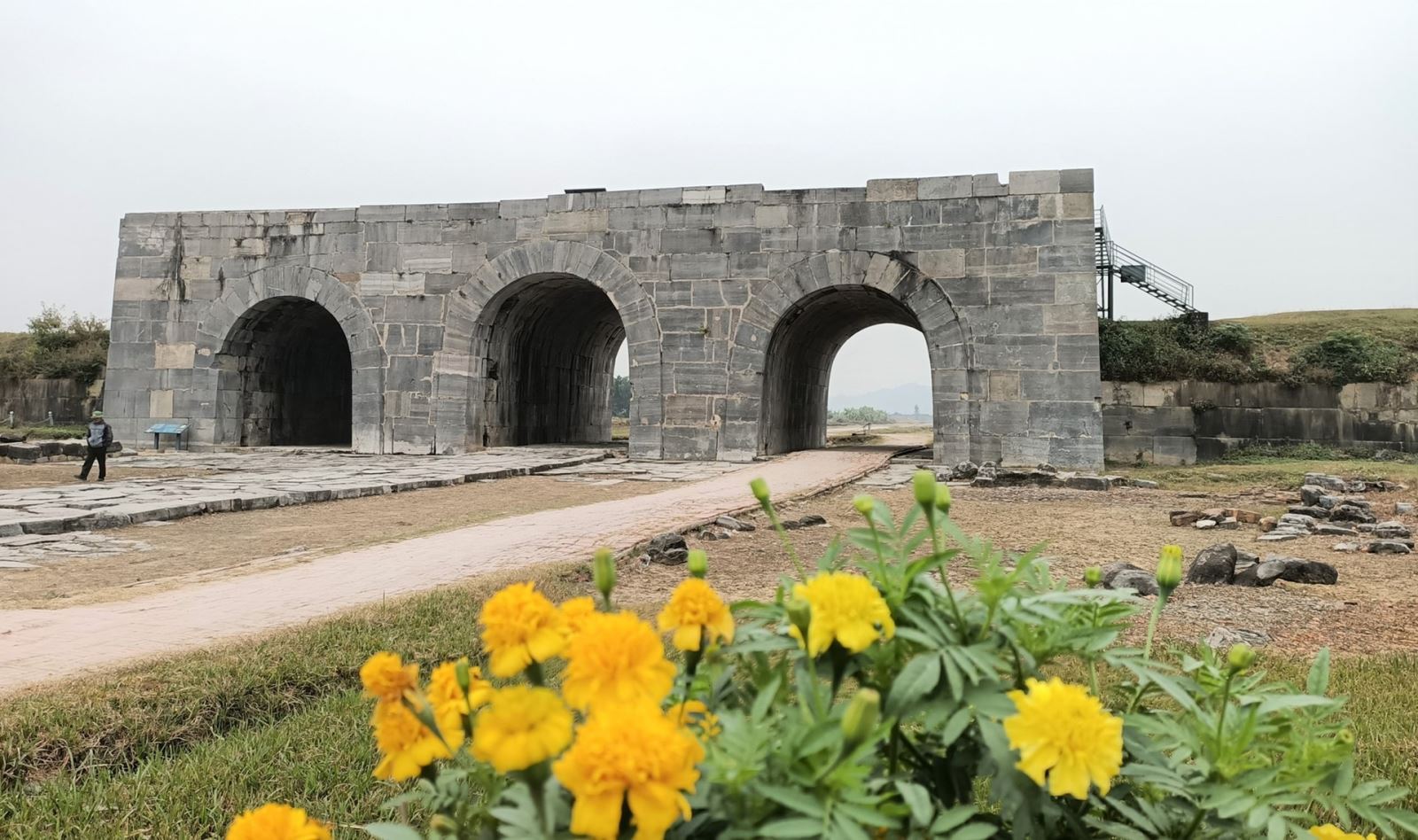
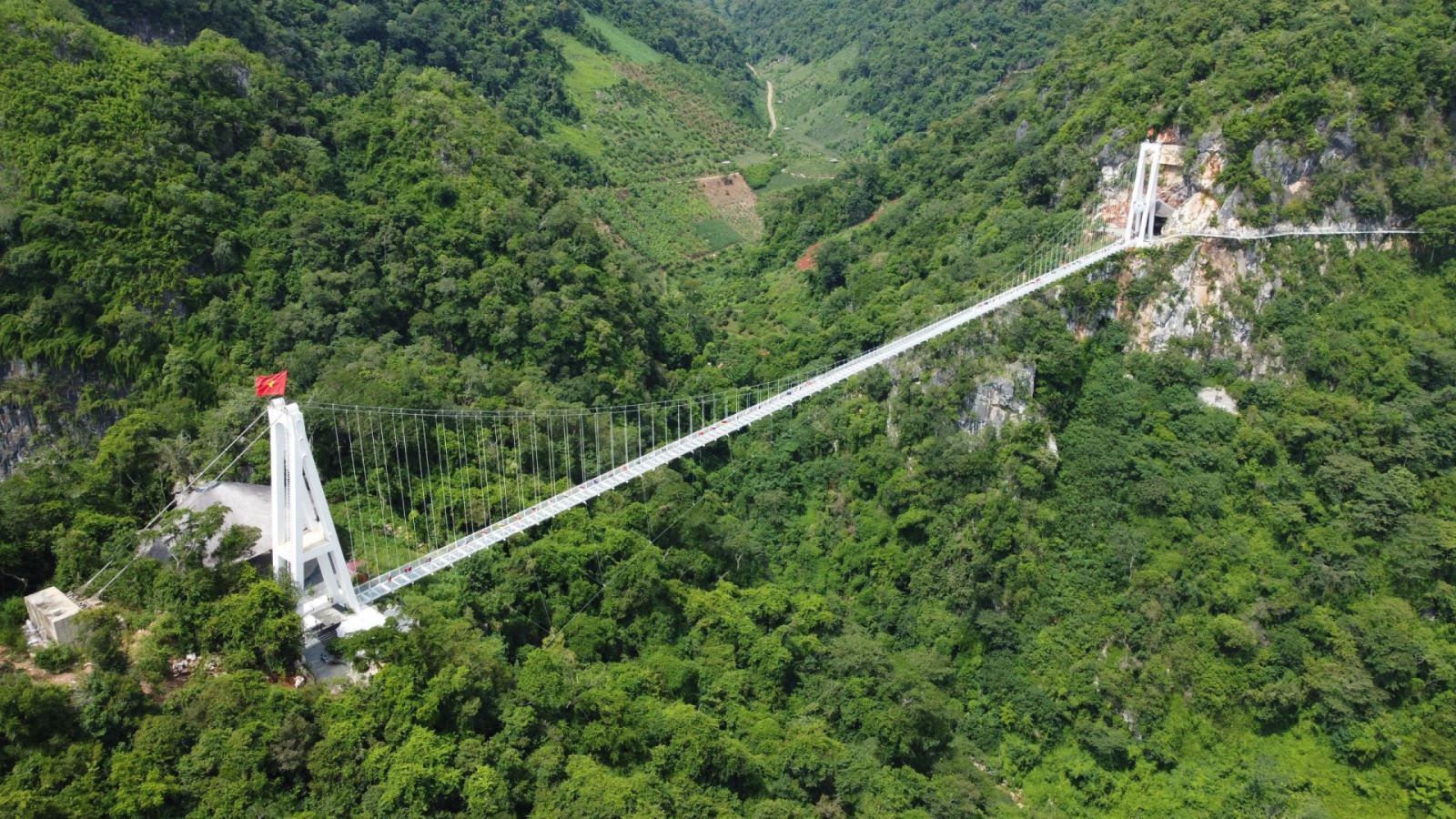
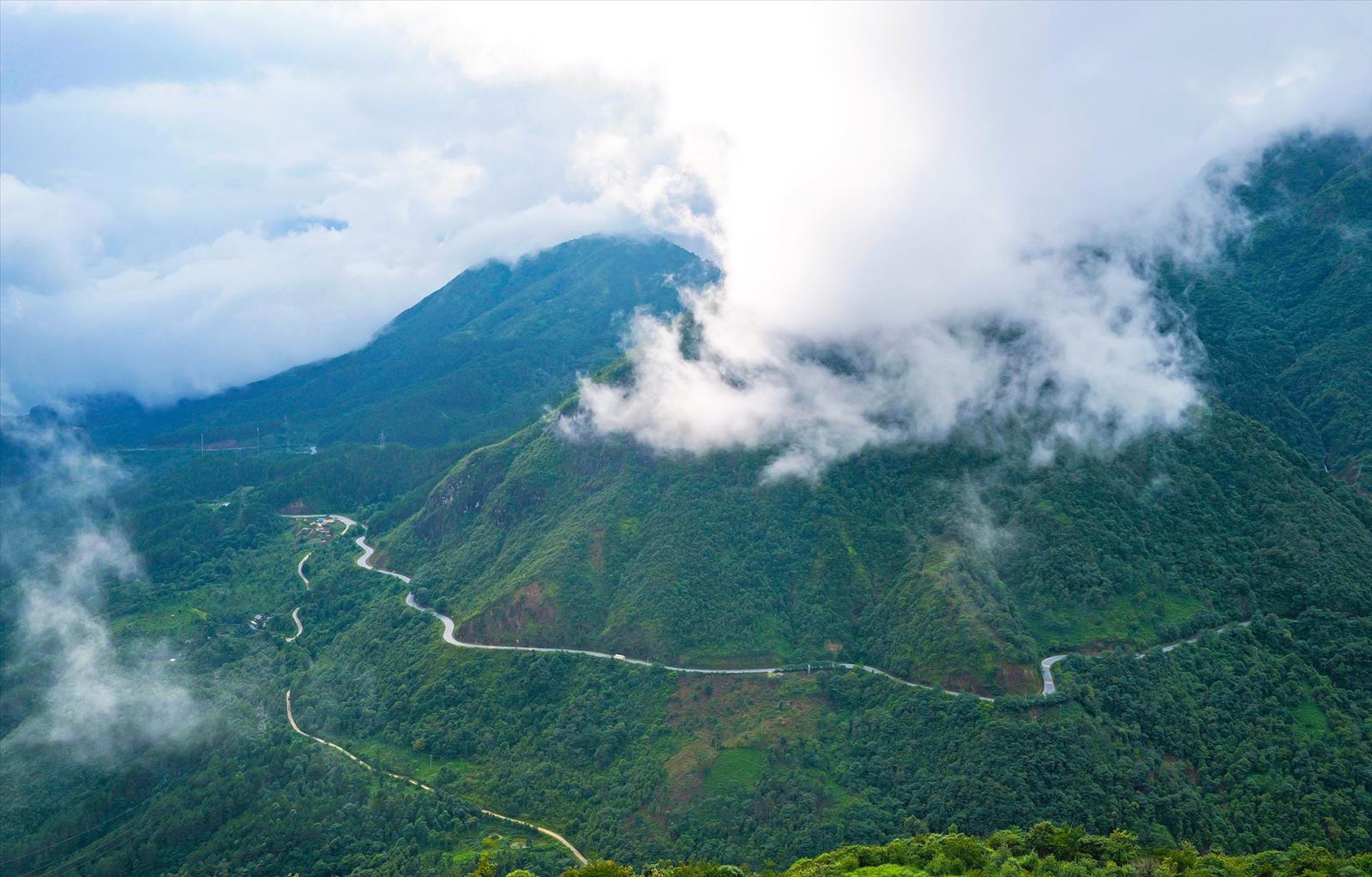
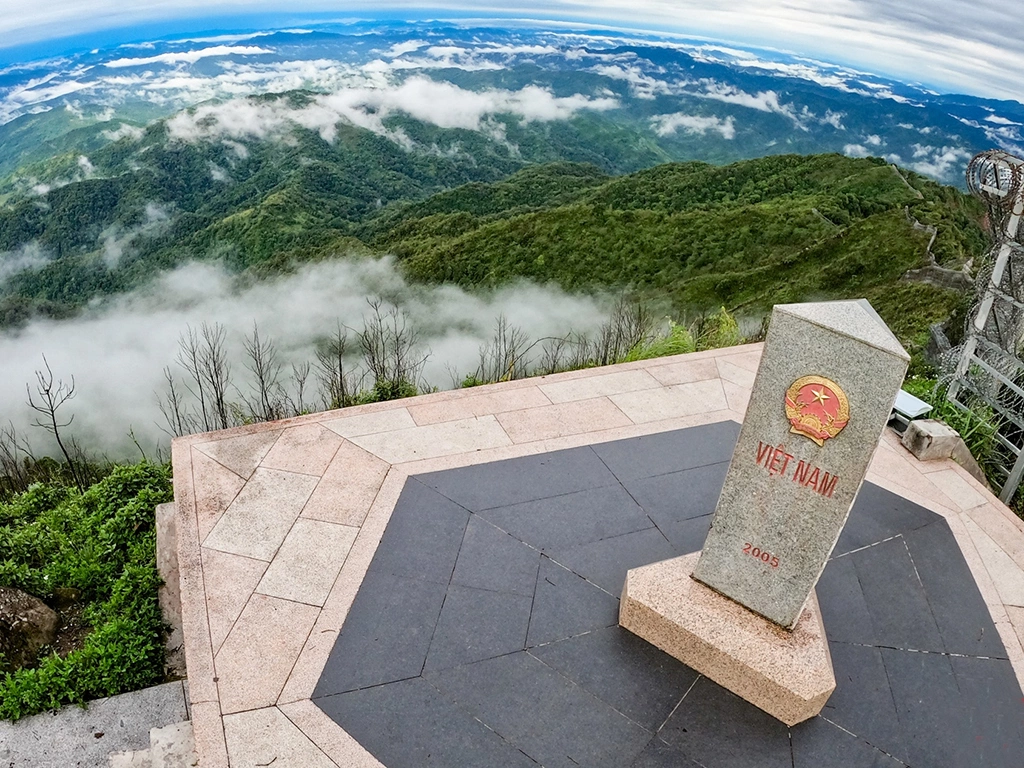

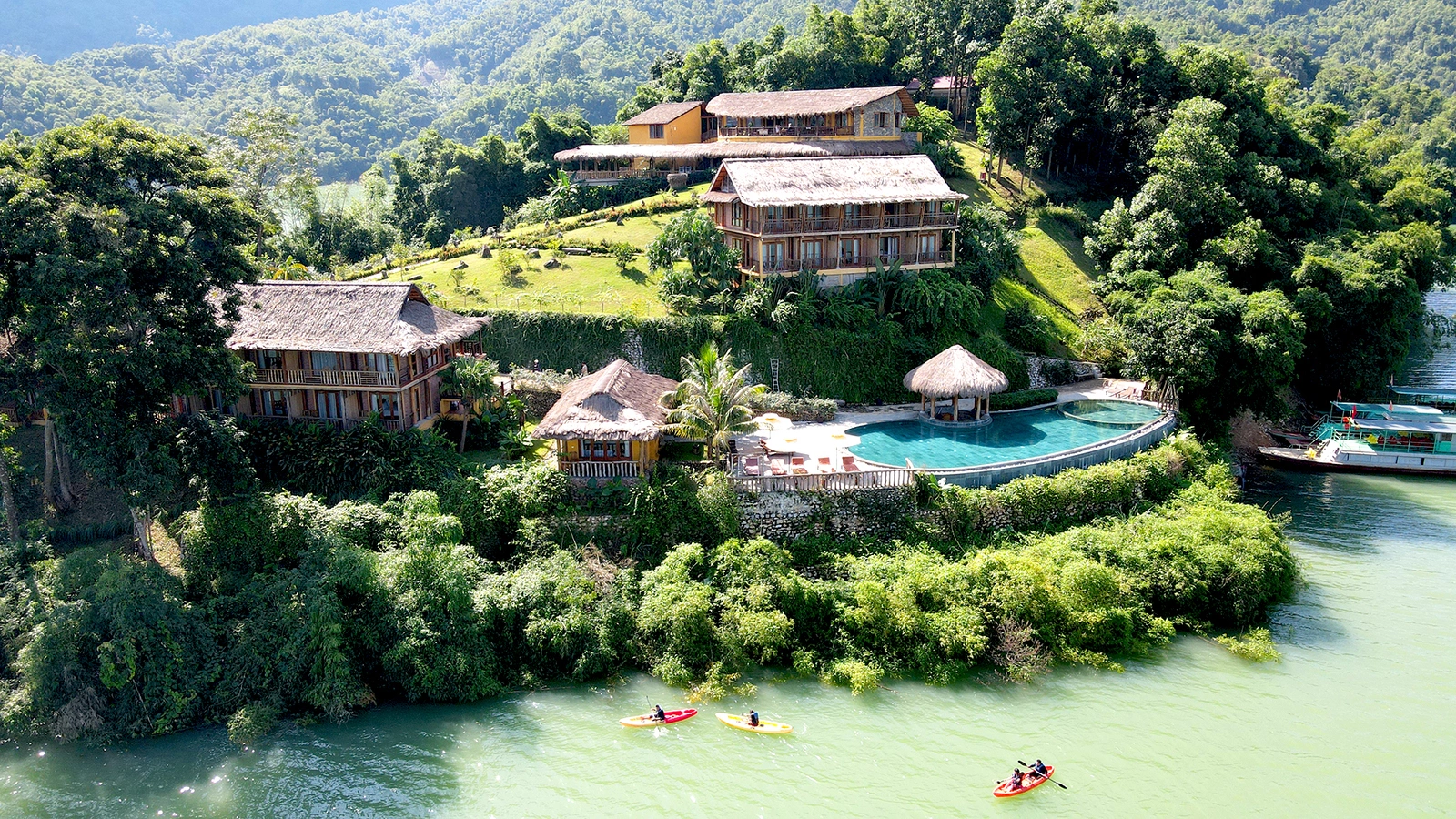
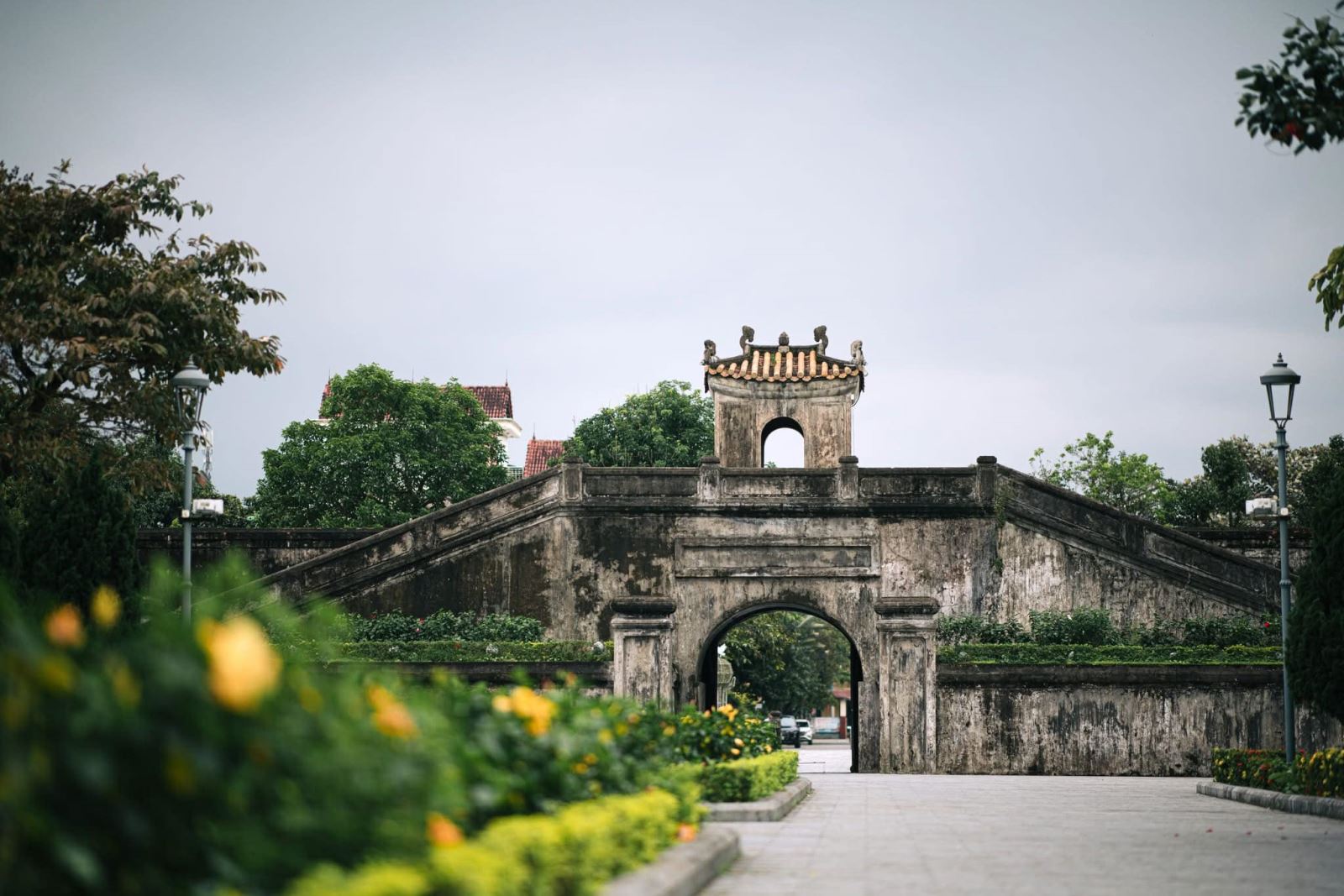
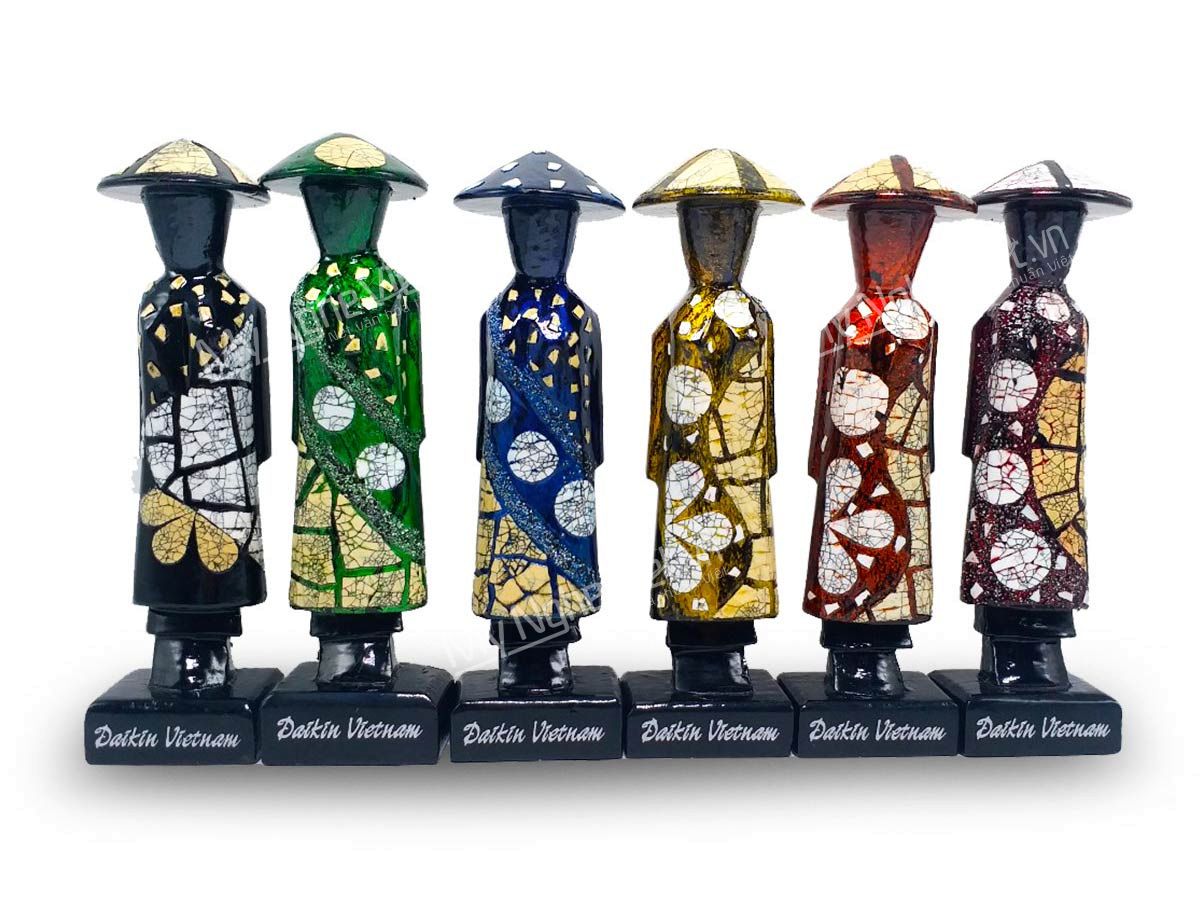
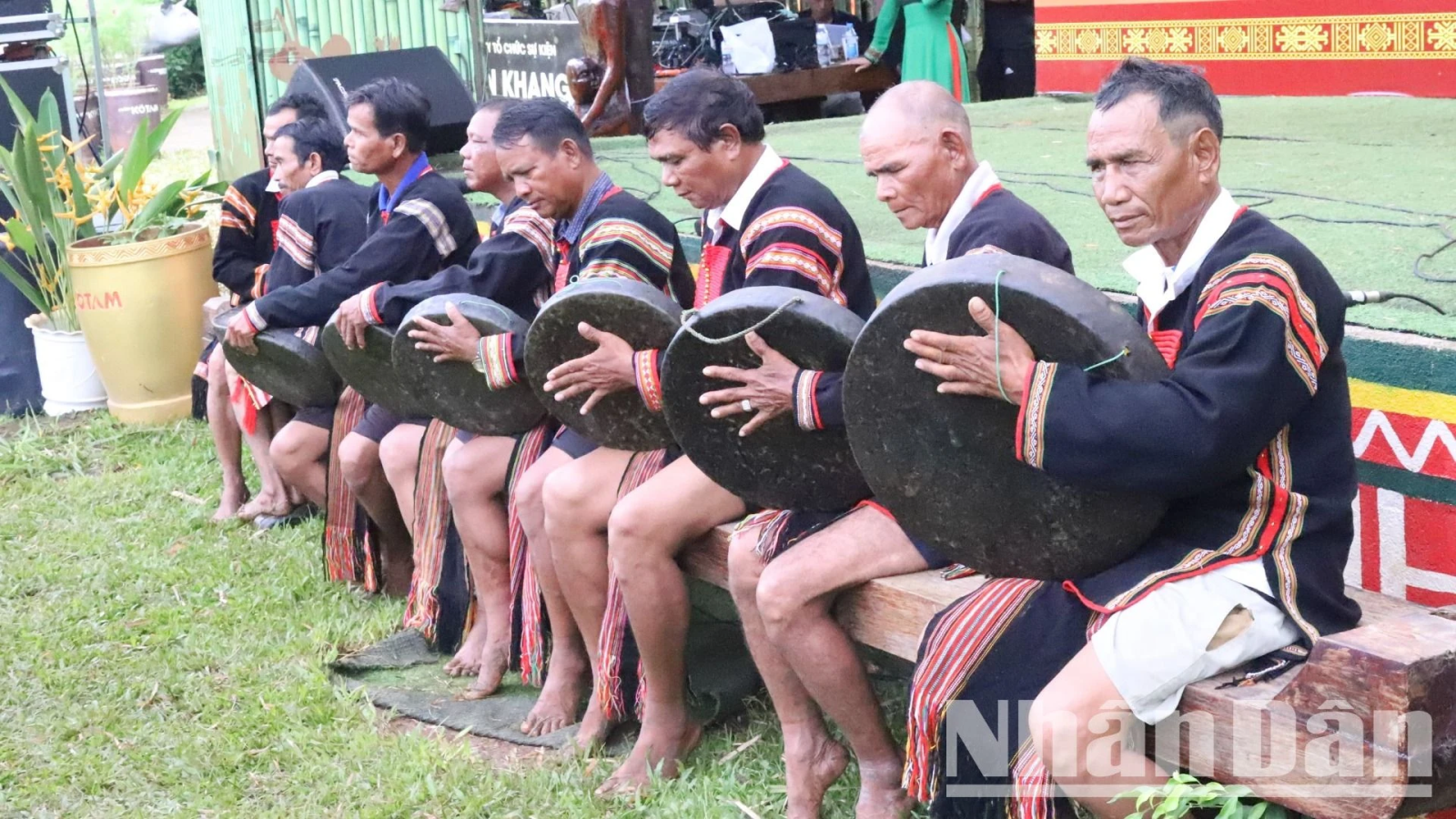

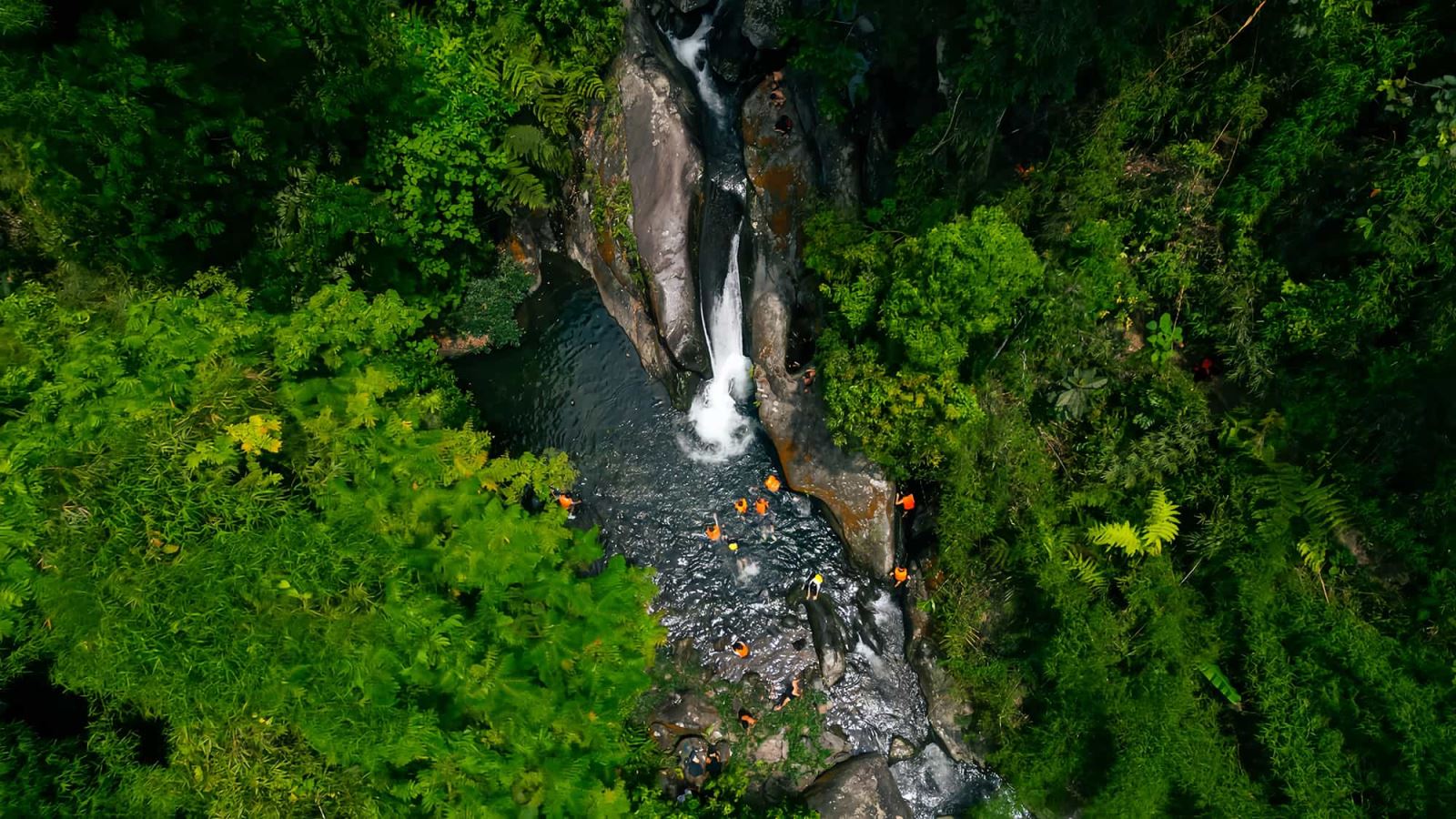
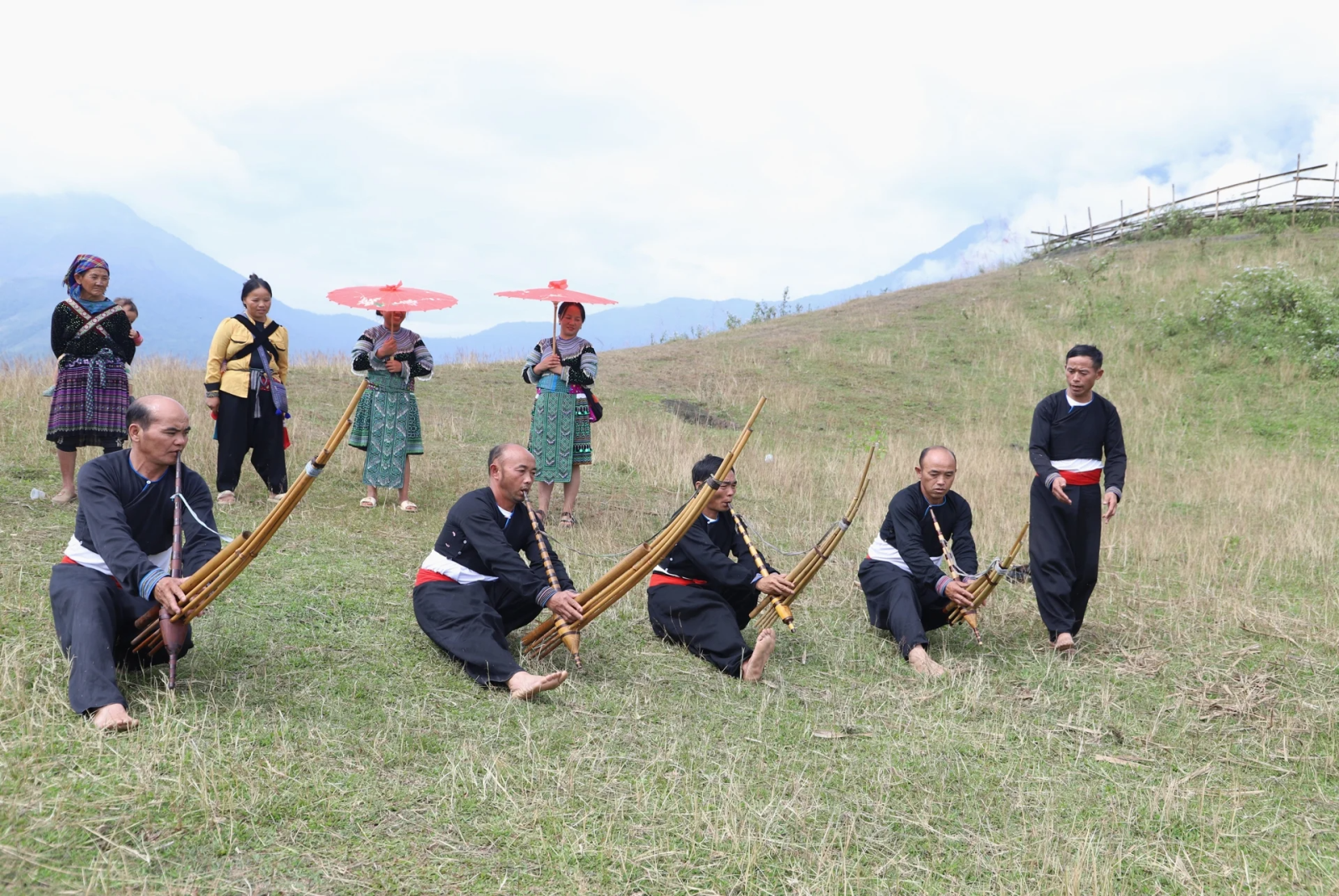
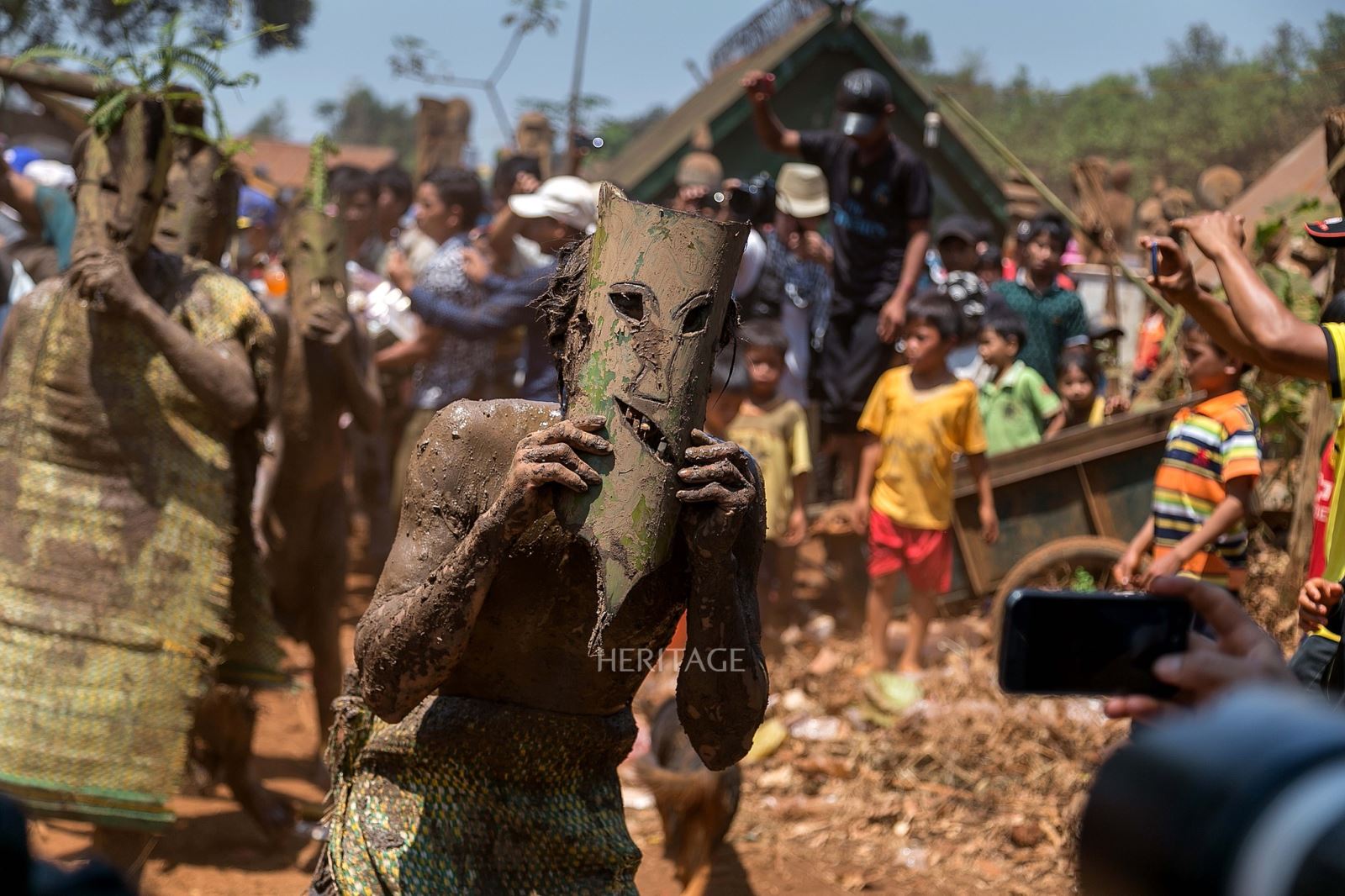
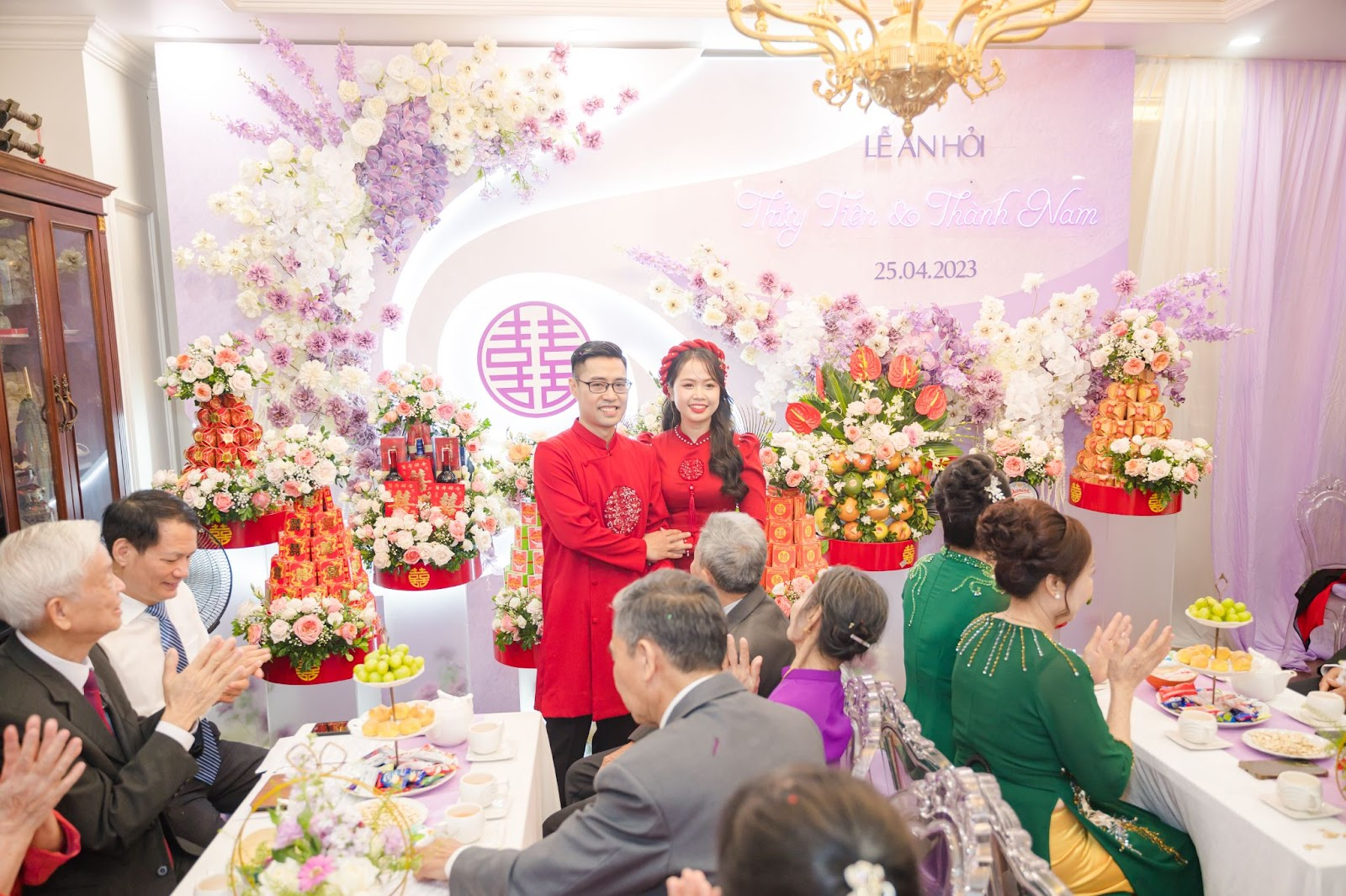
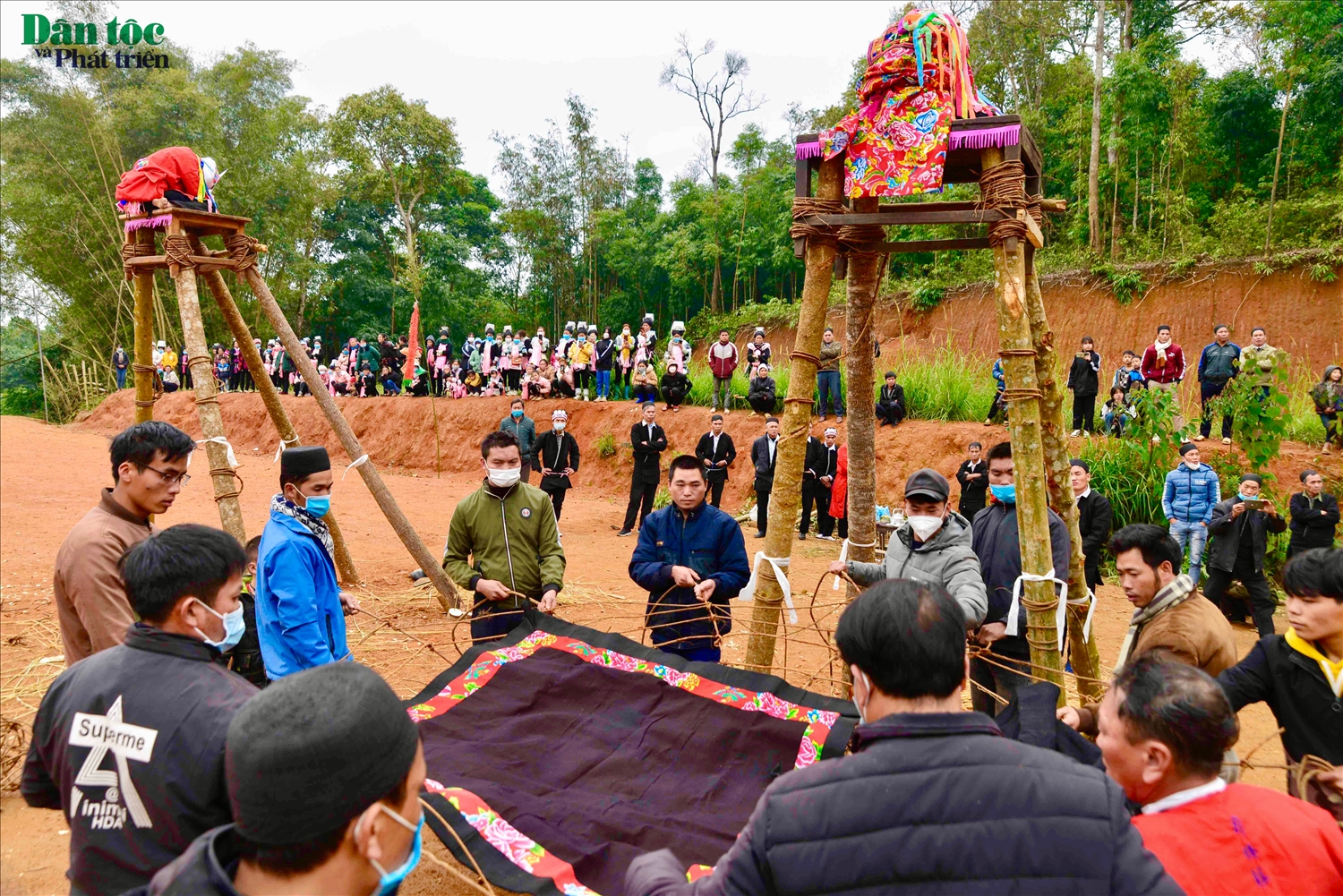
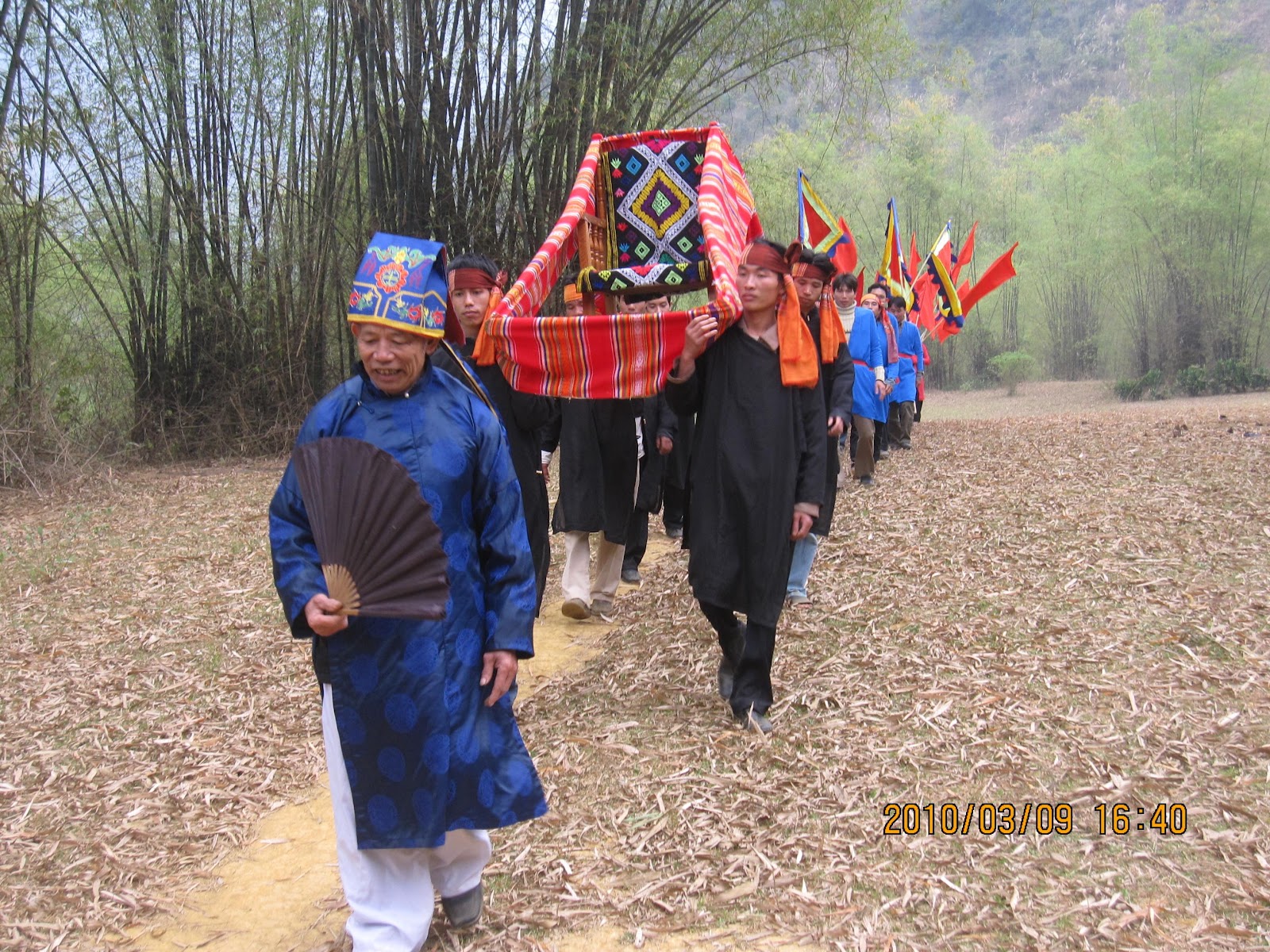
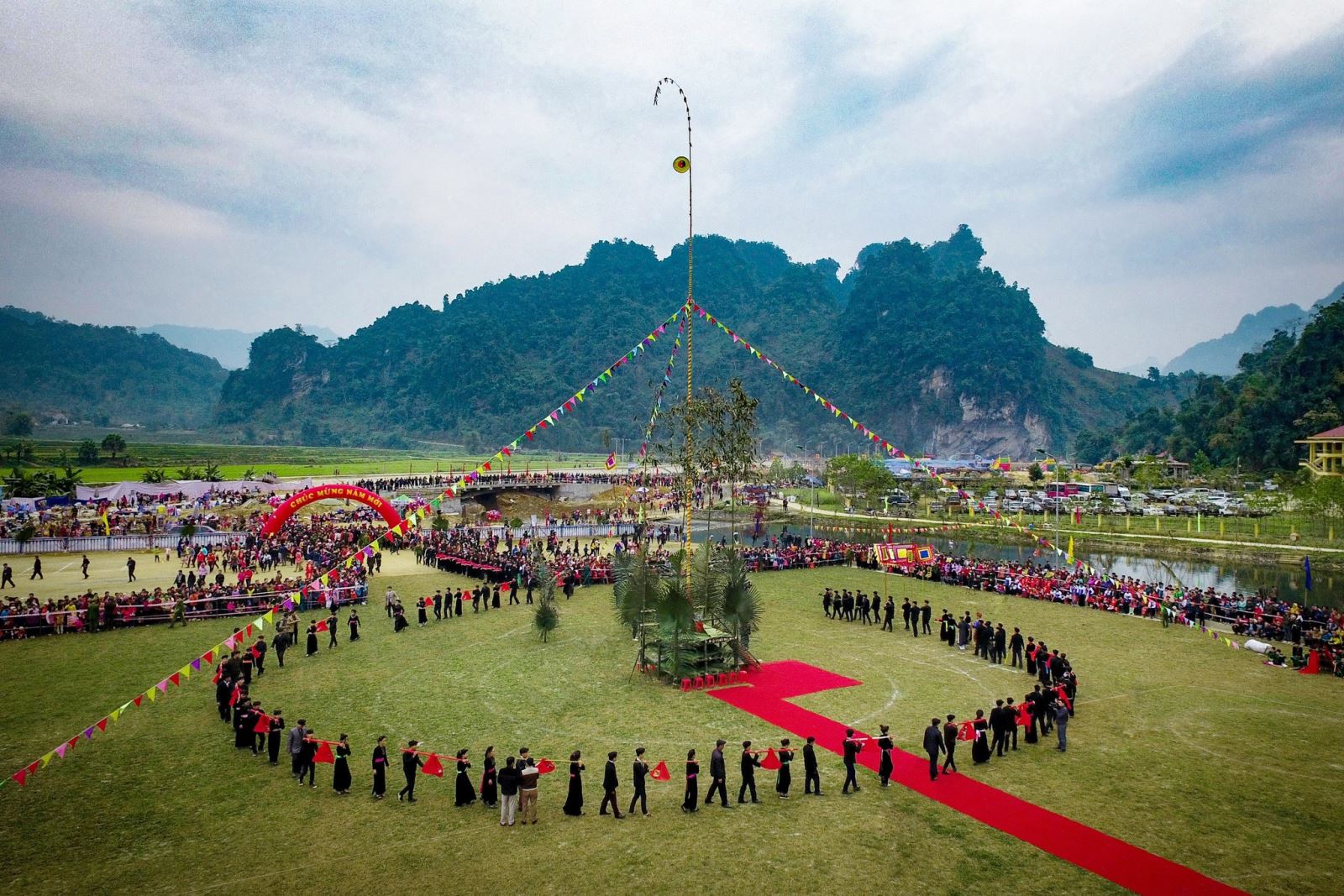
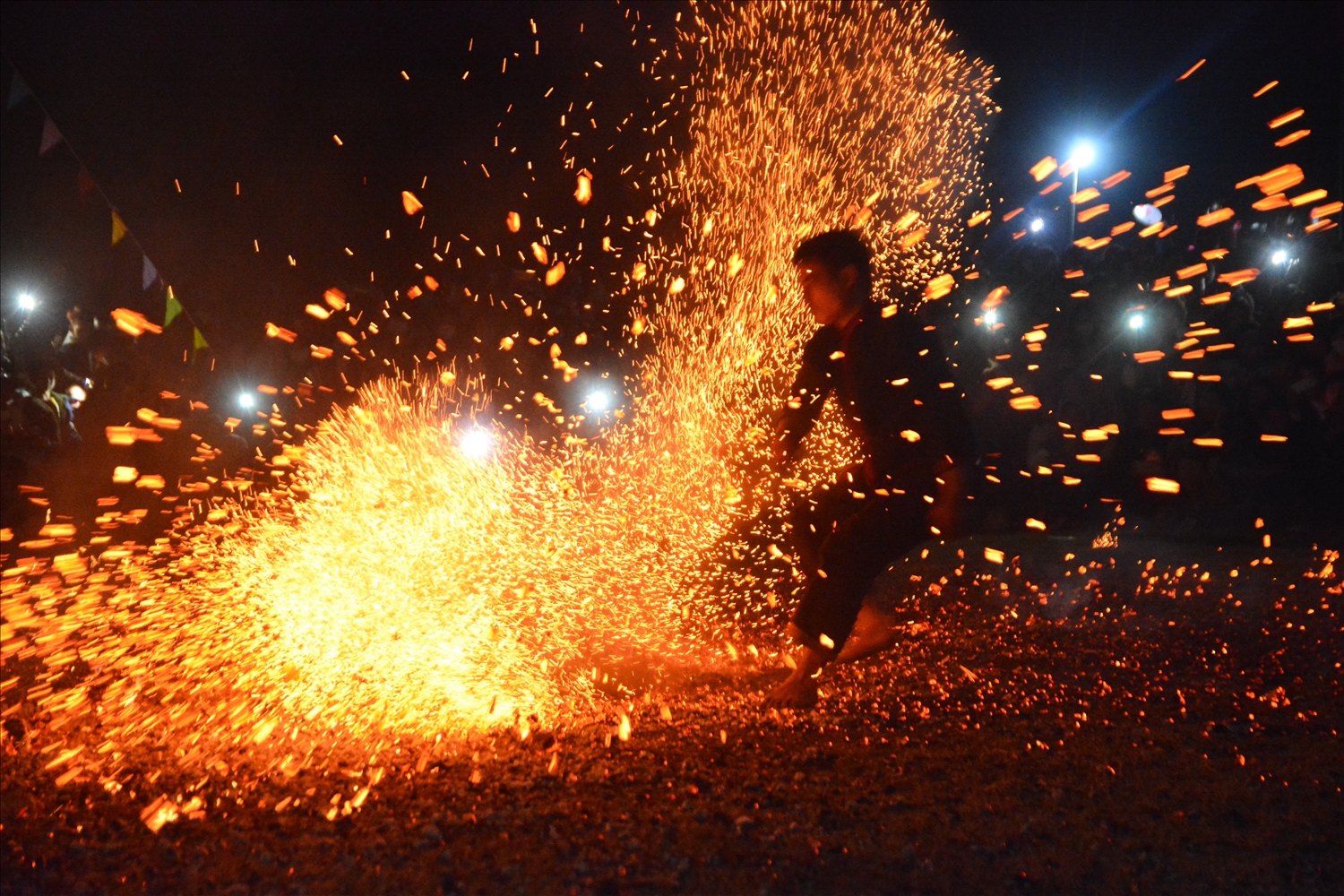
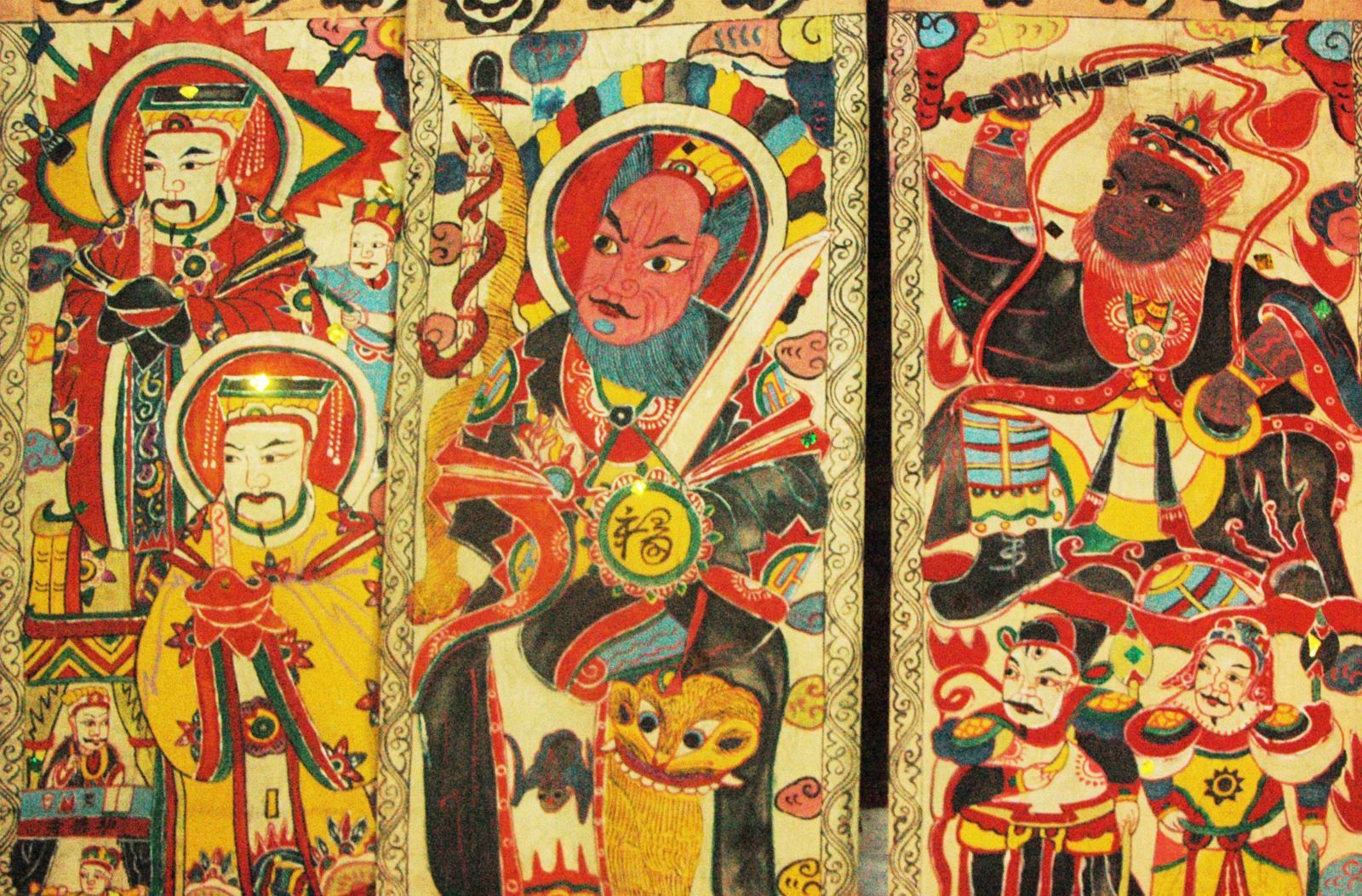
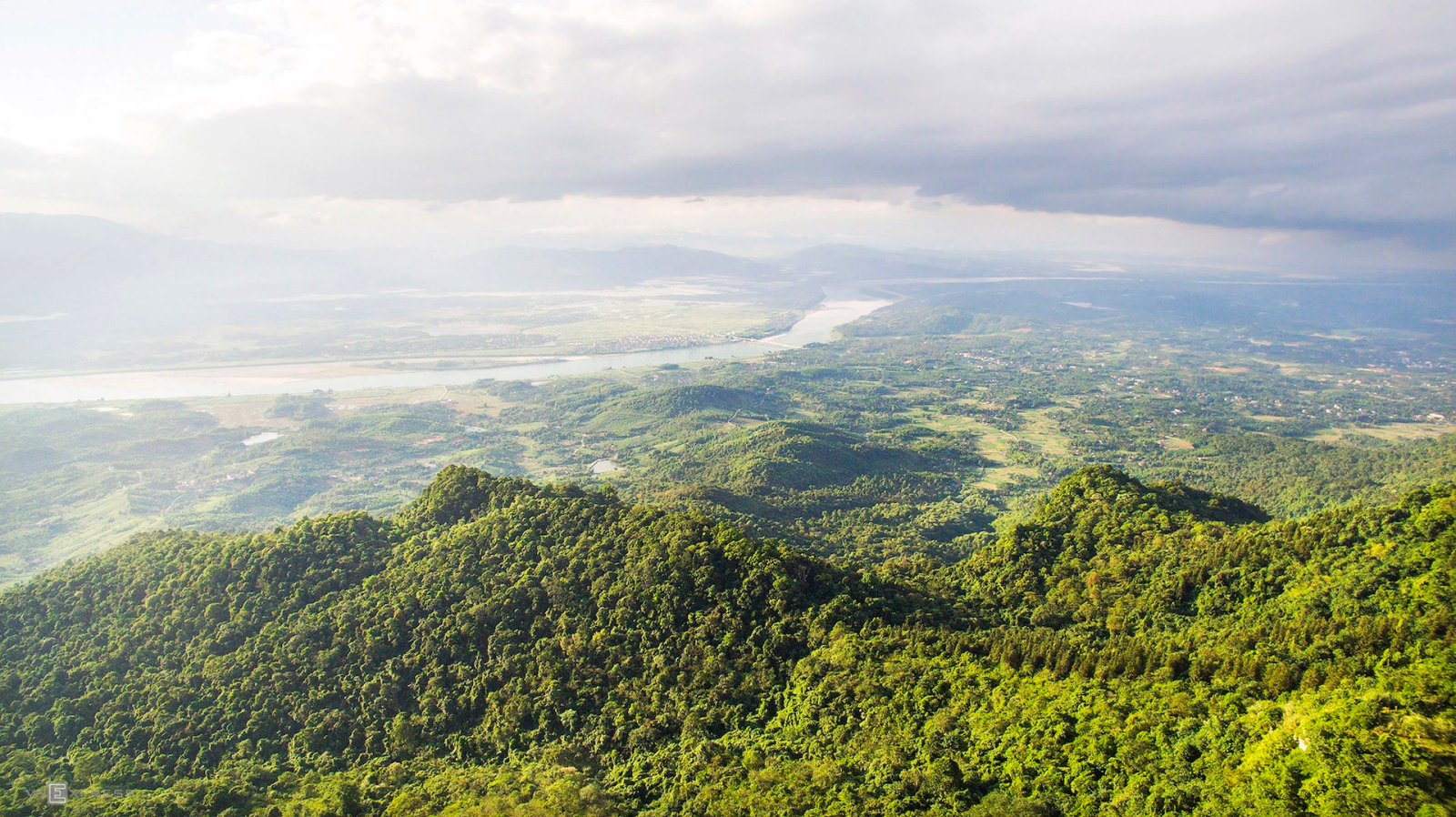
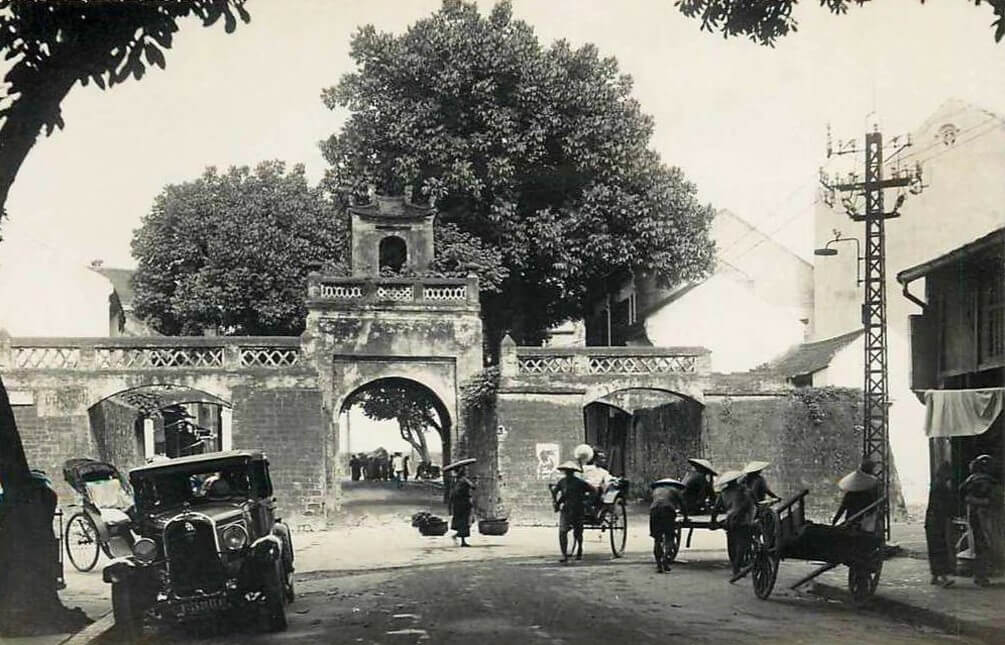
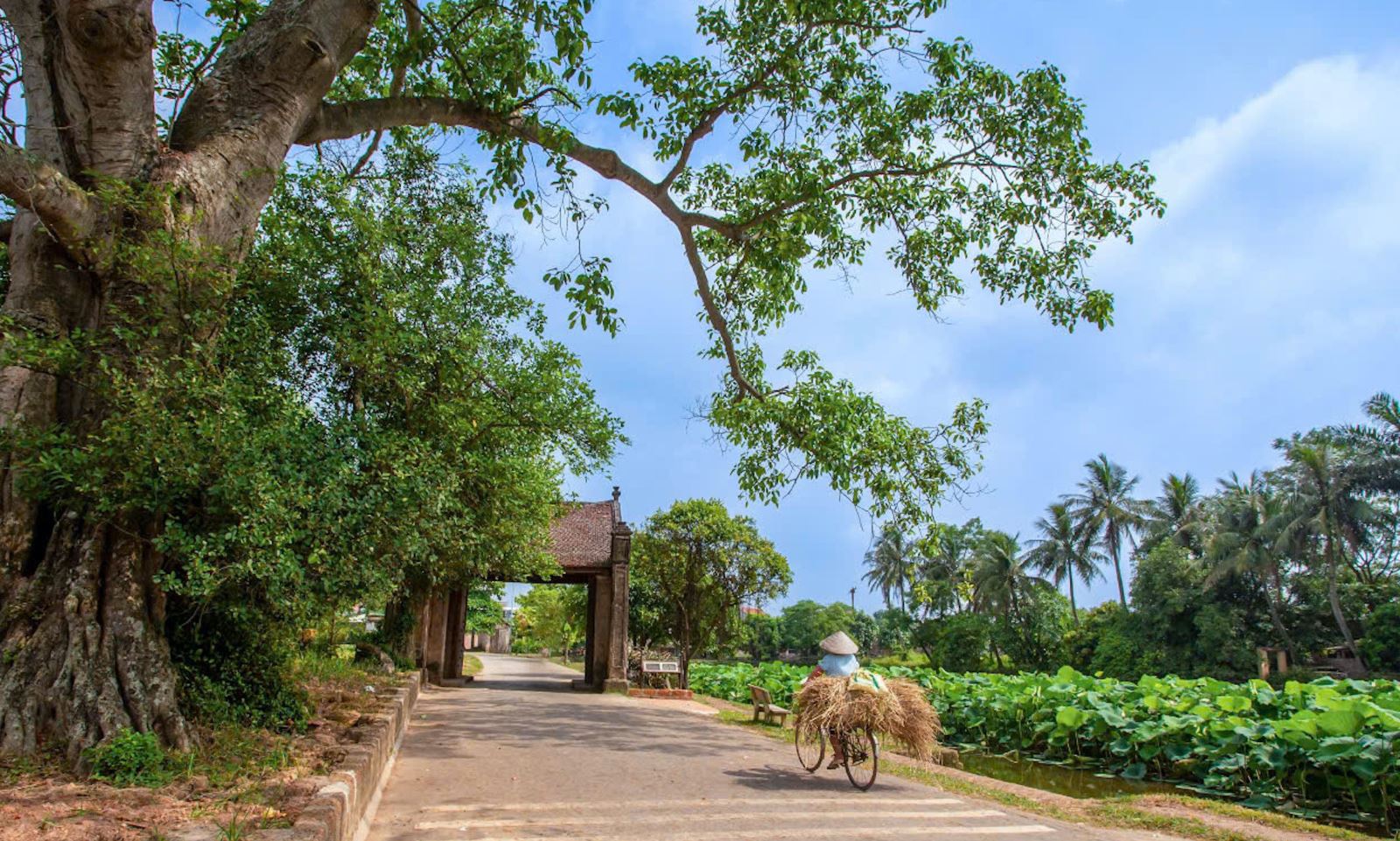
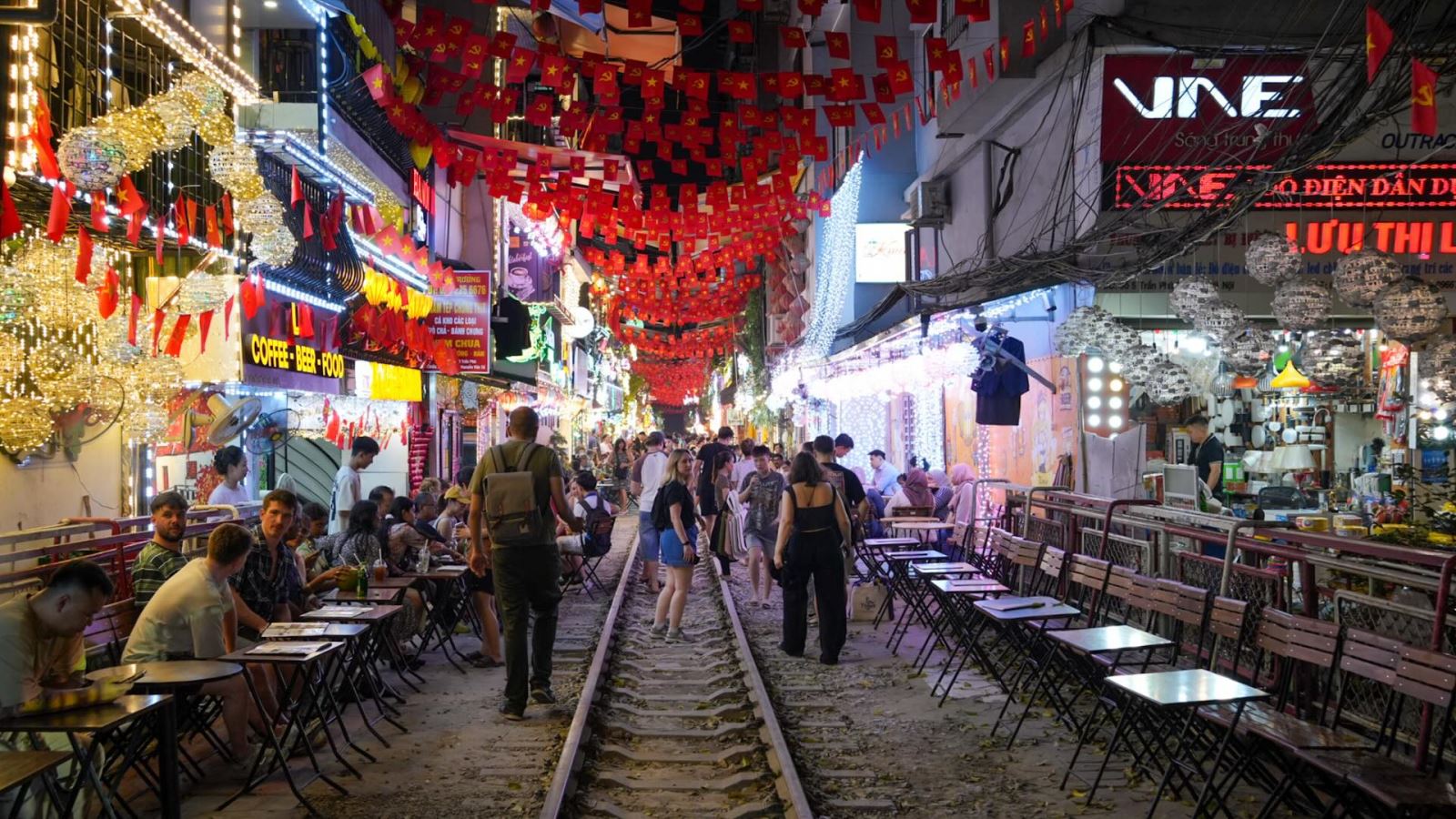
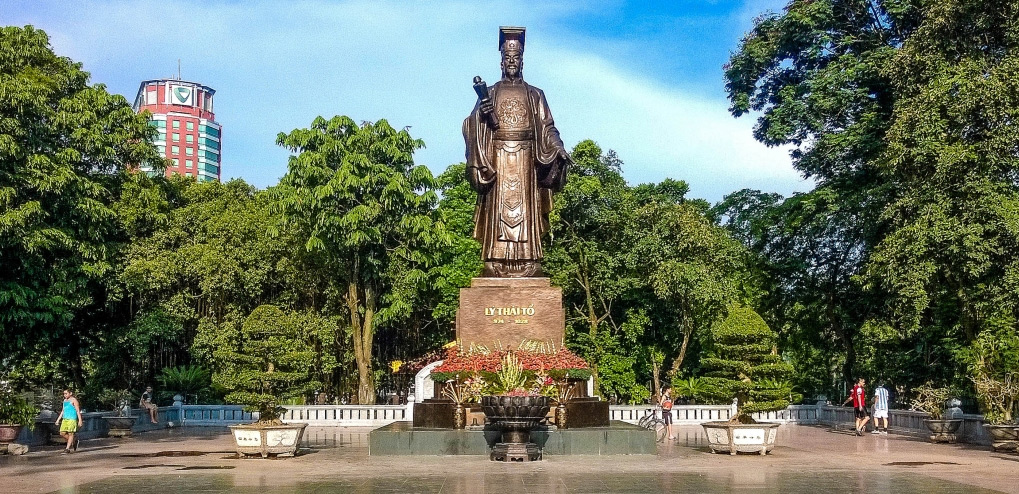

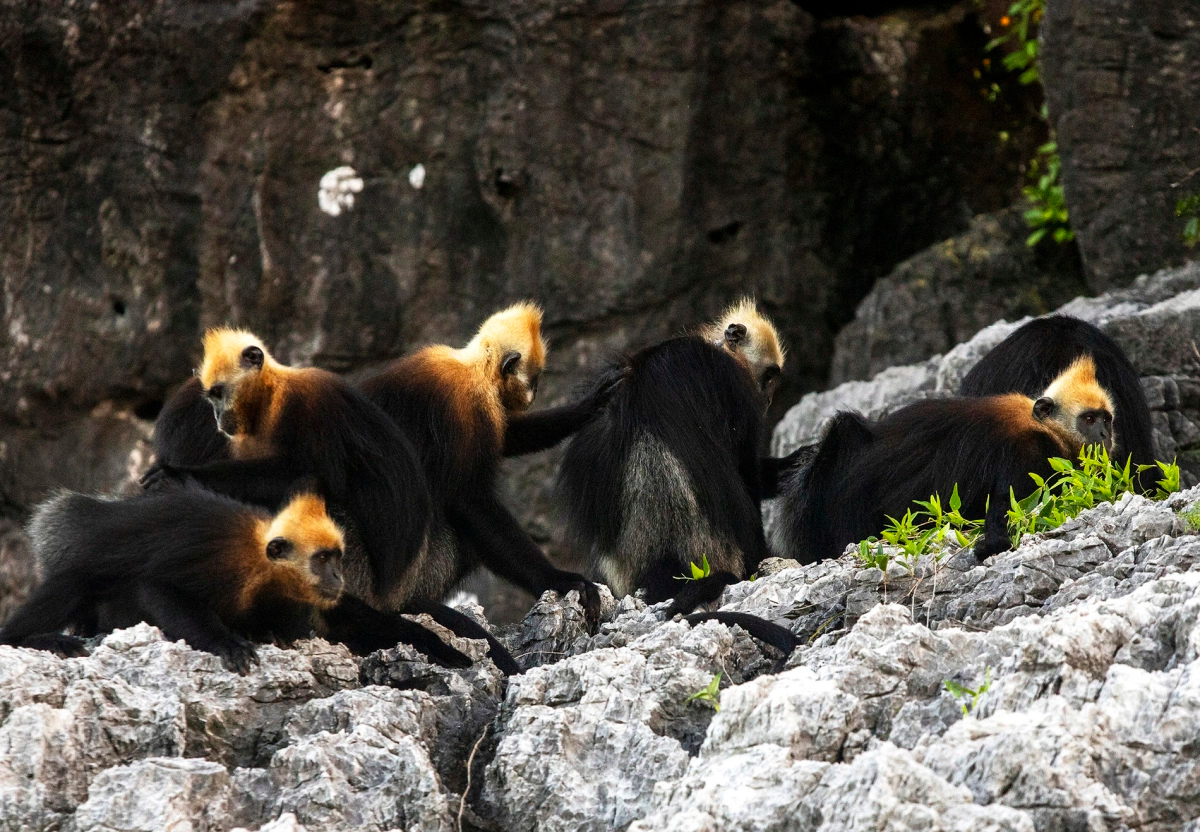
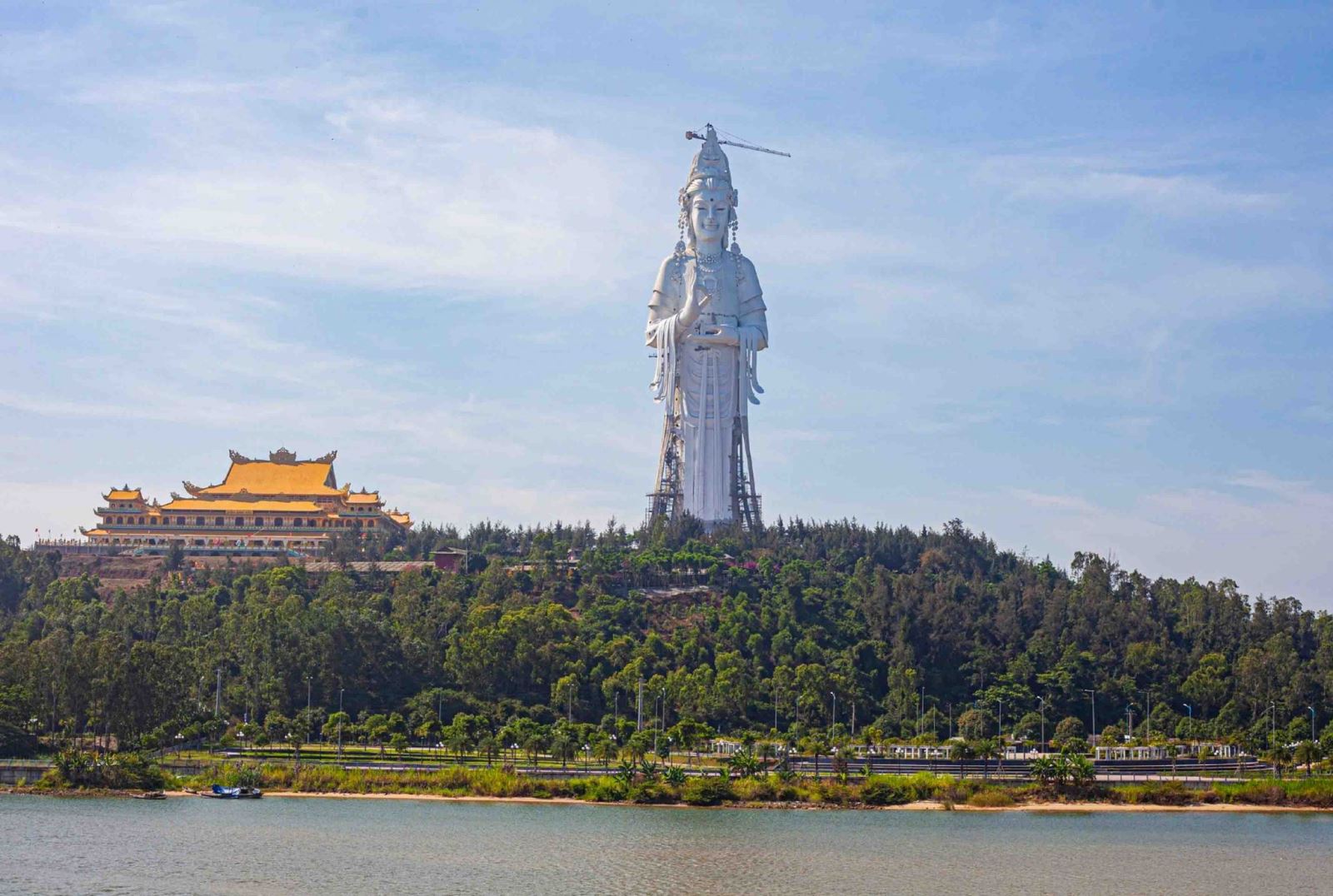
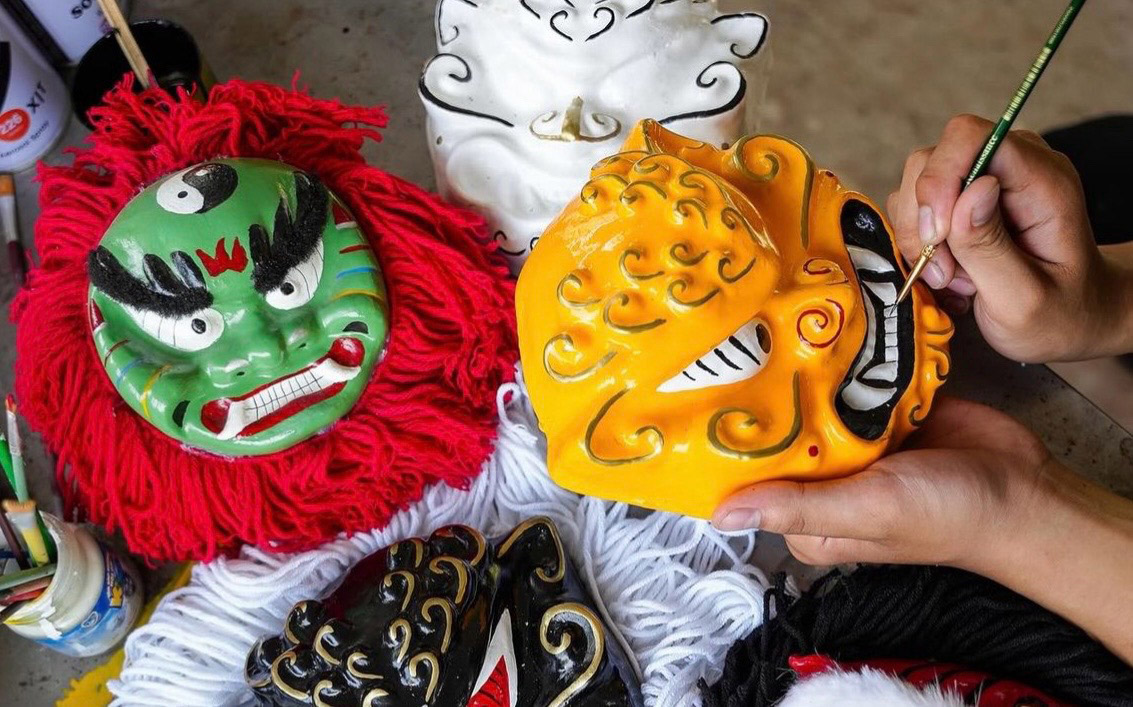
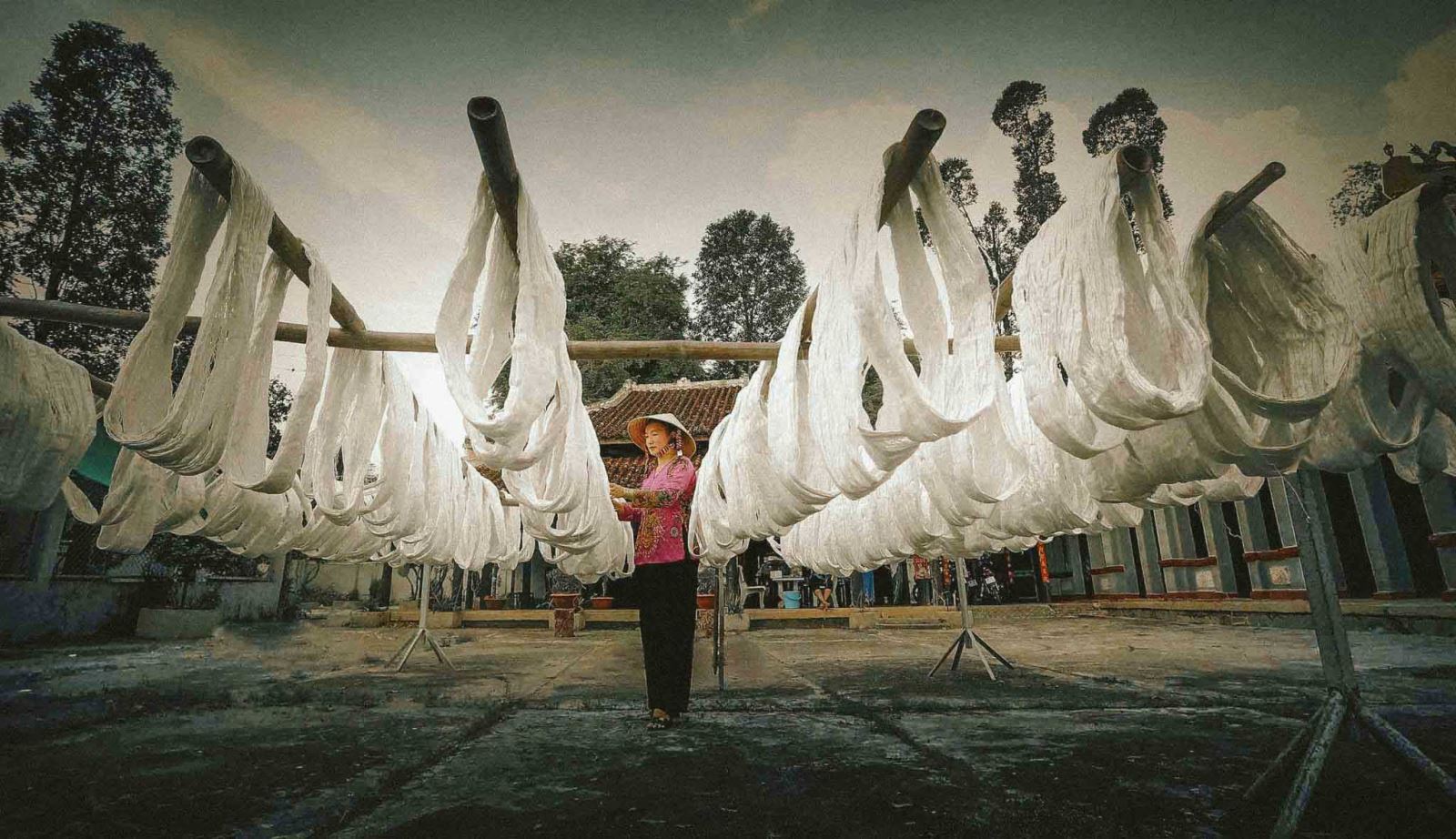

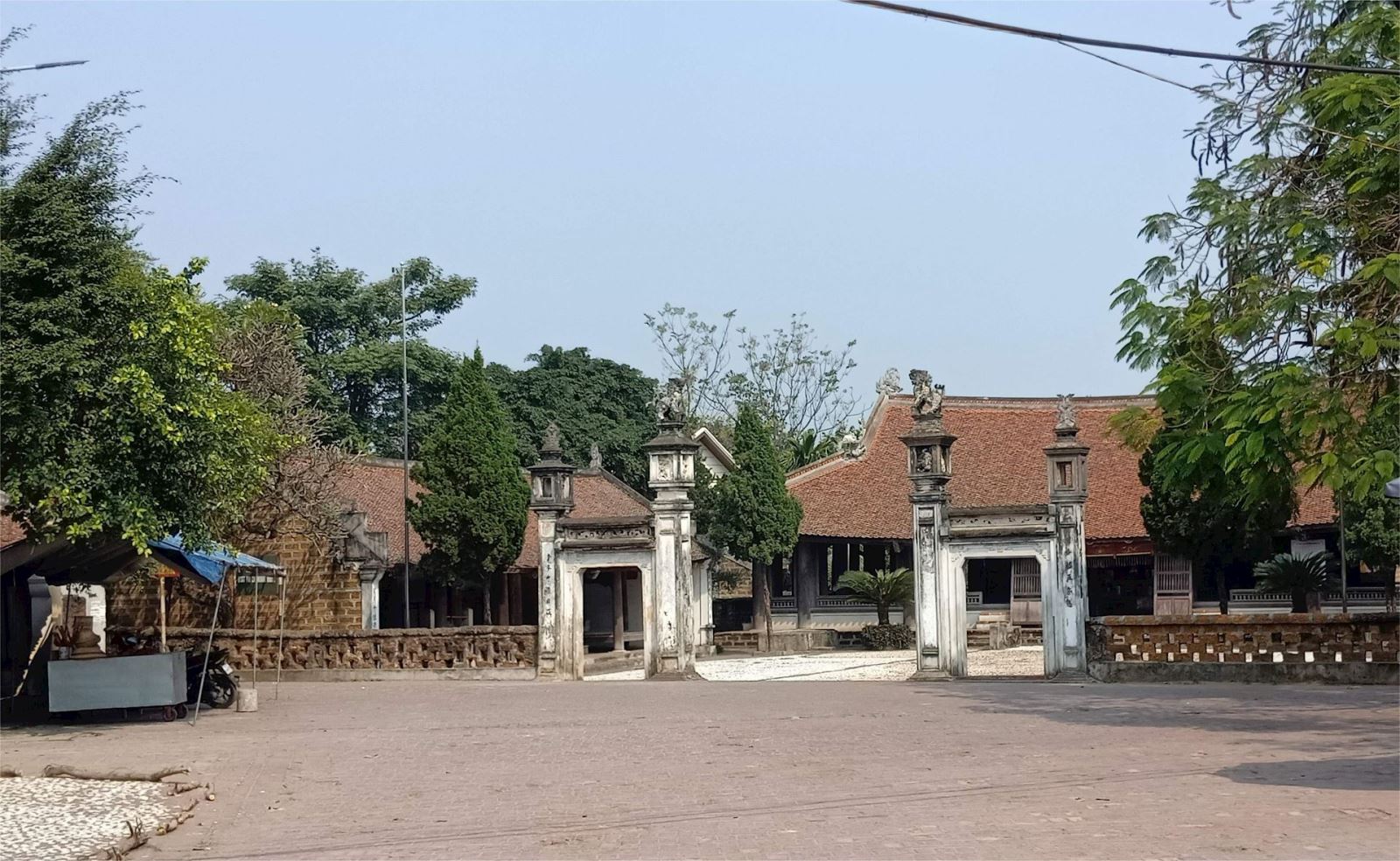
.png)